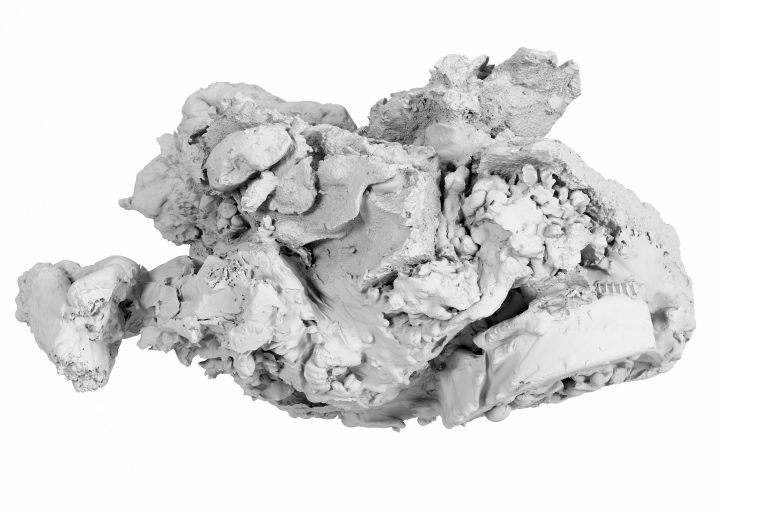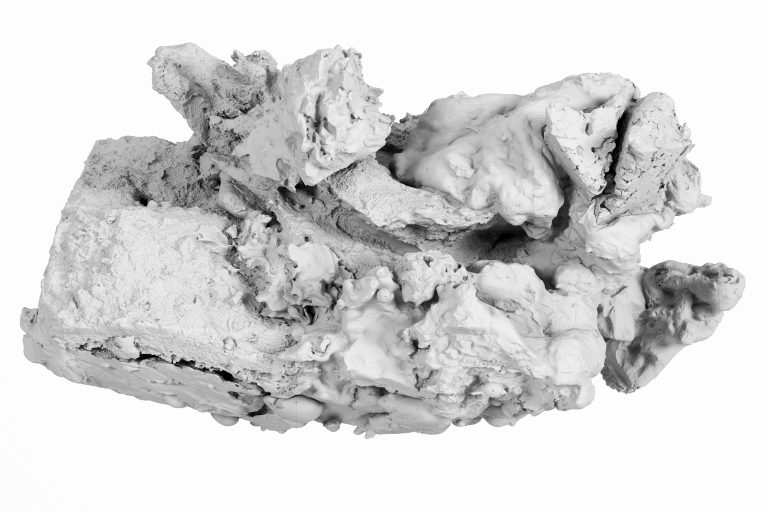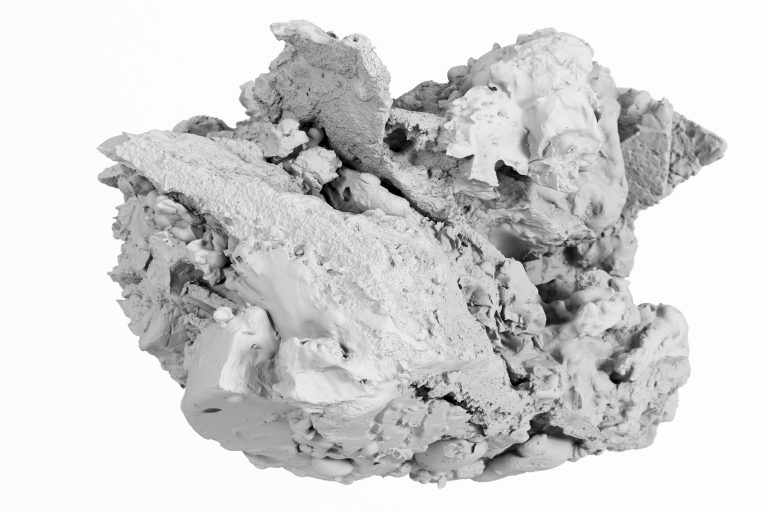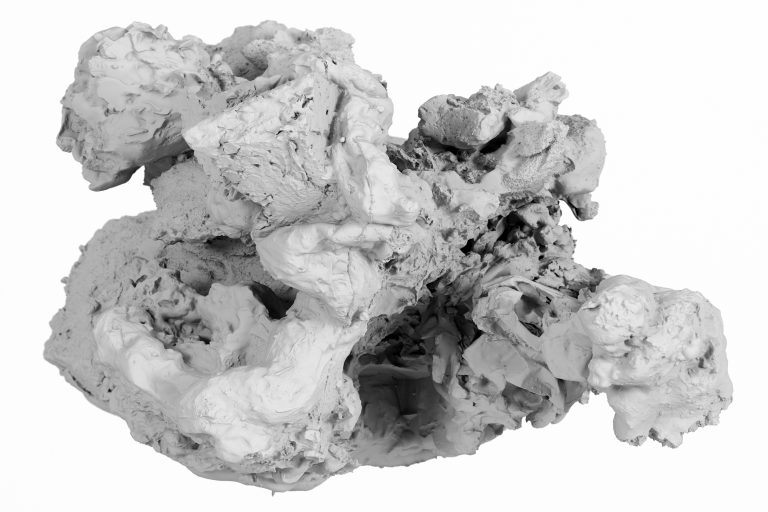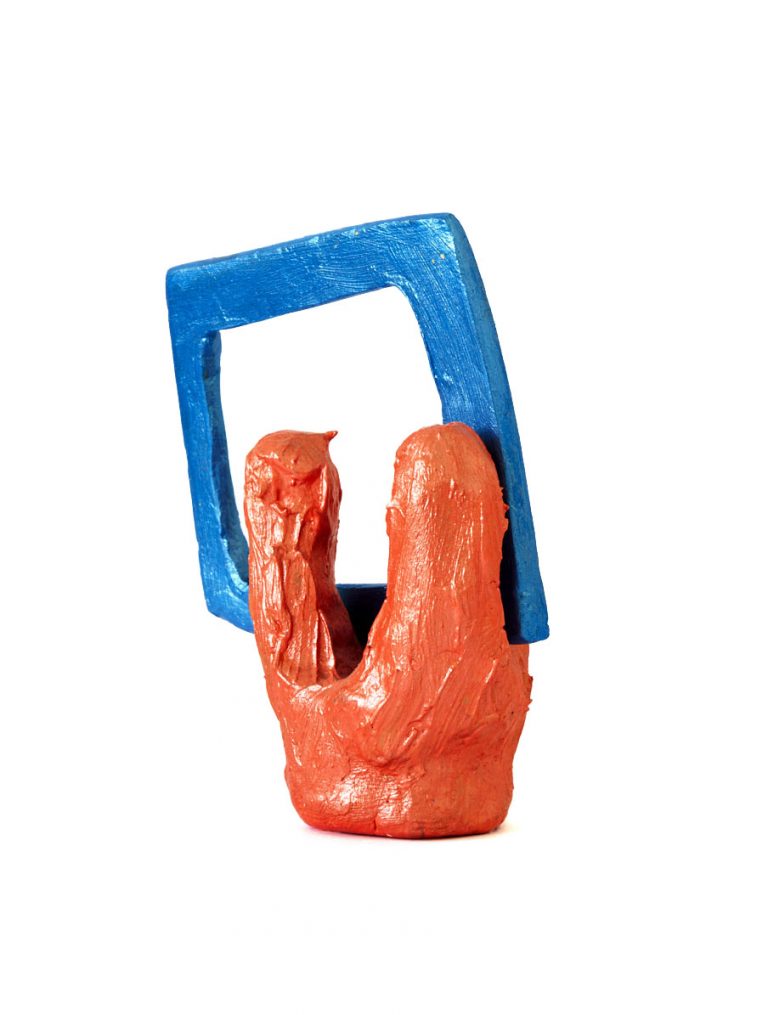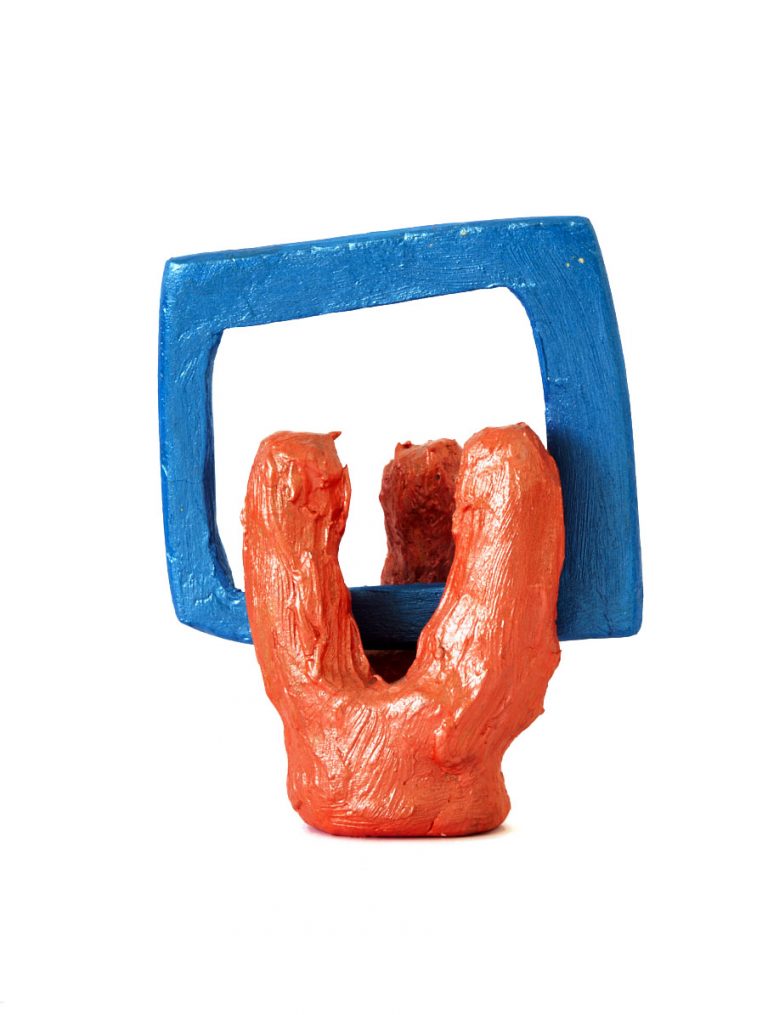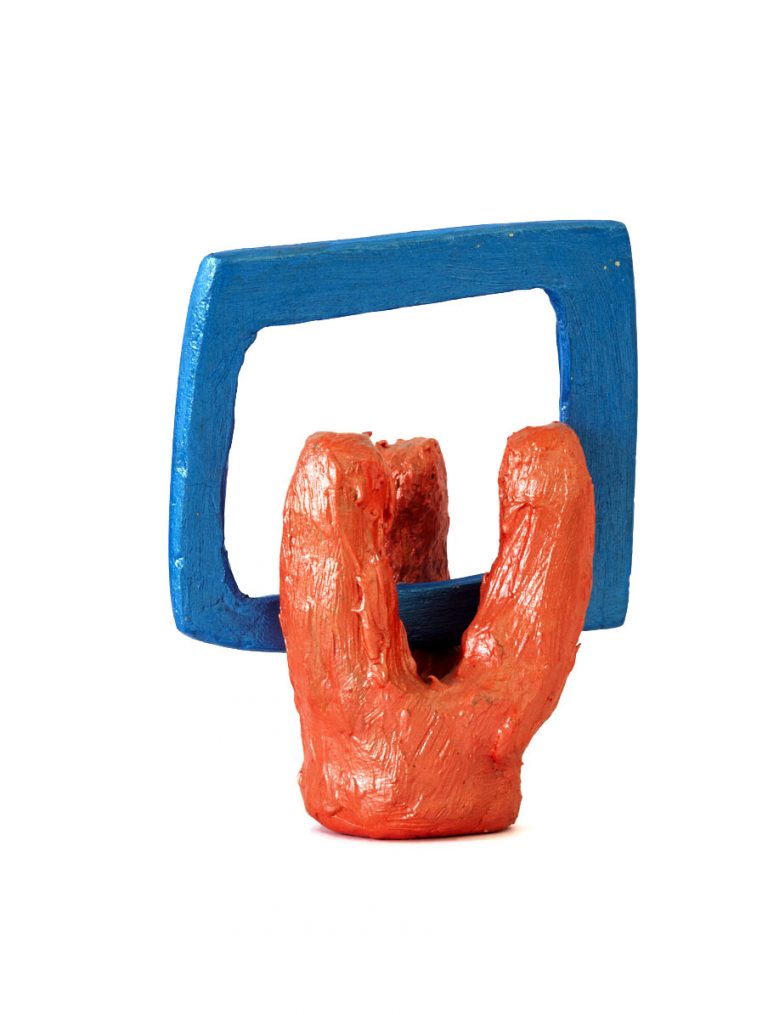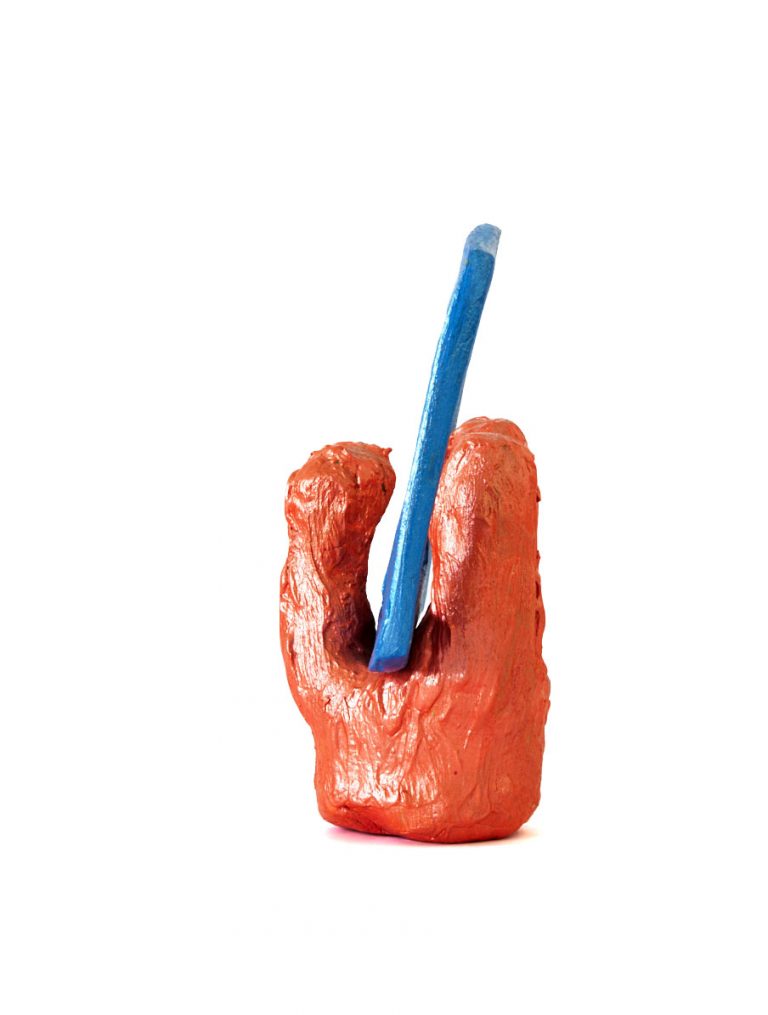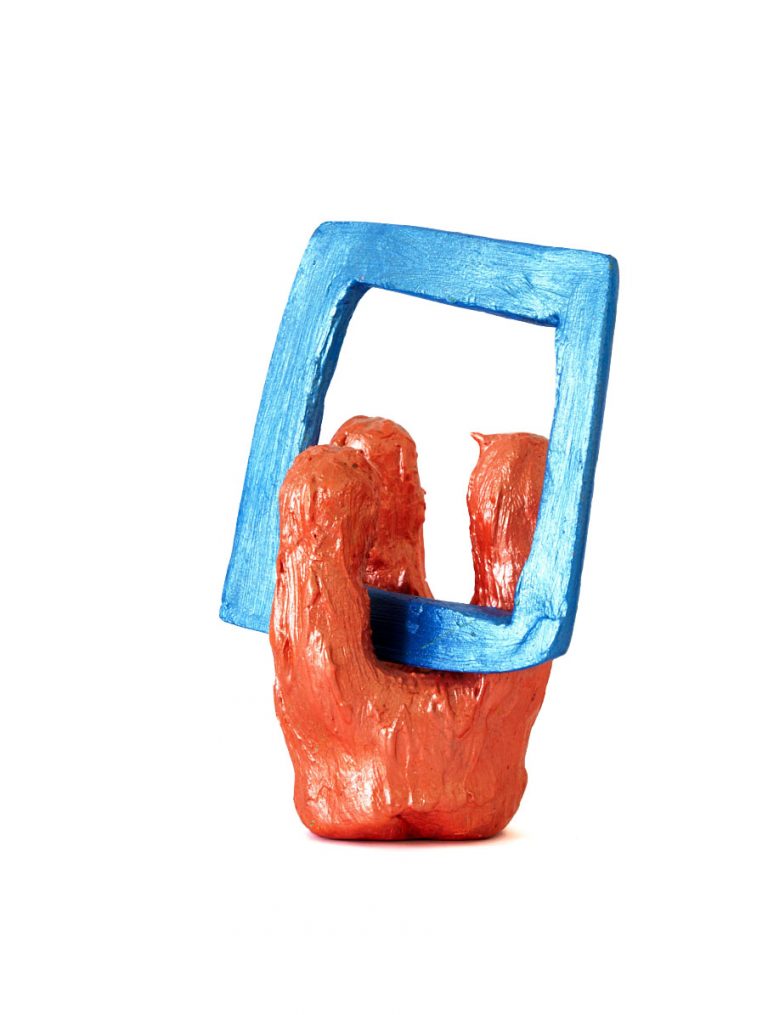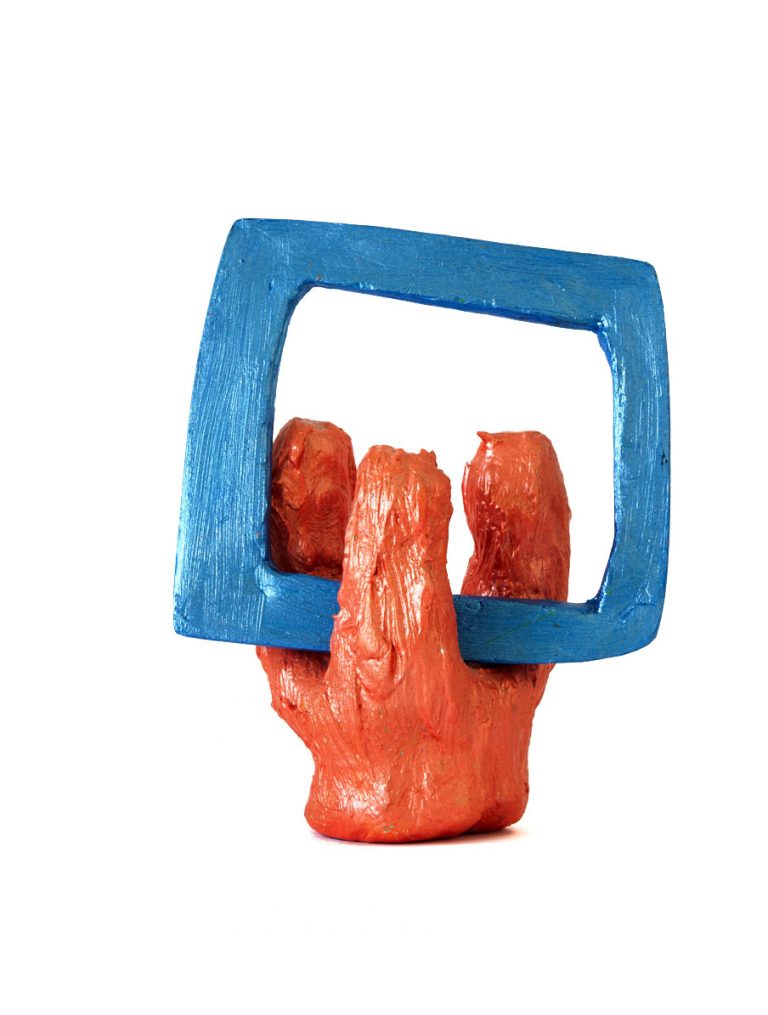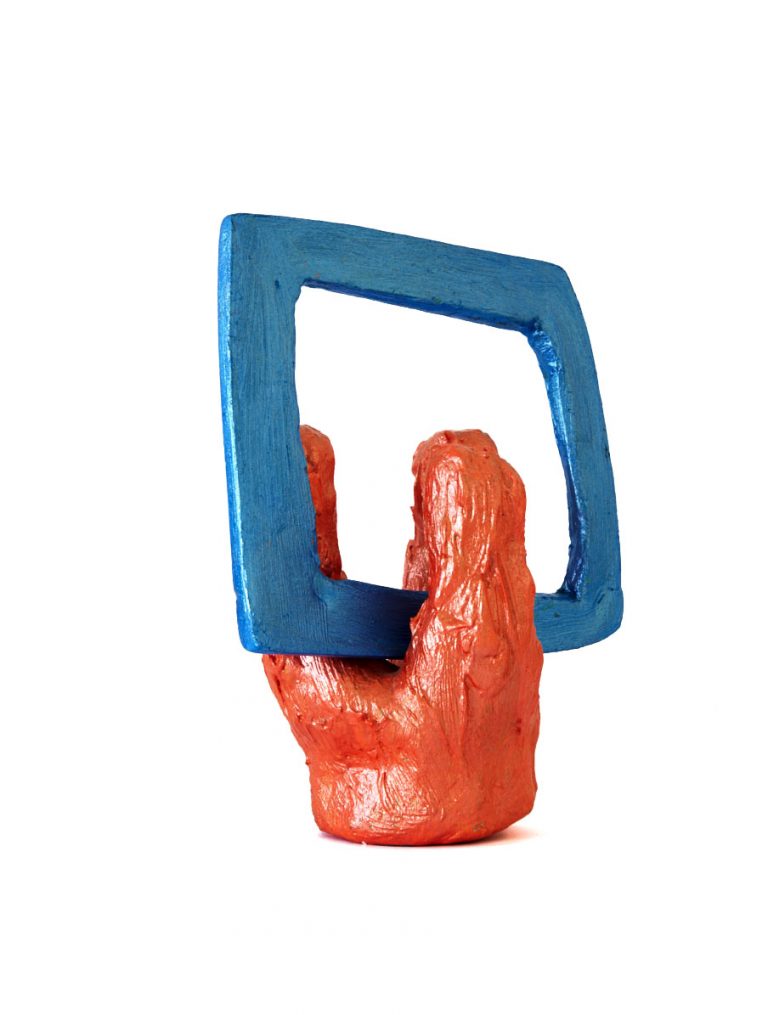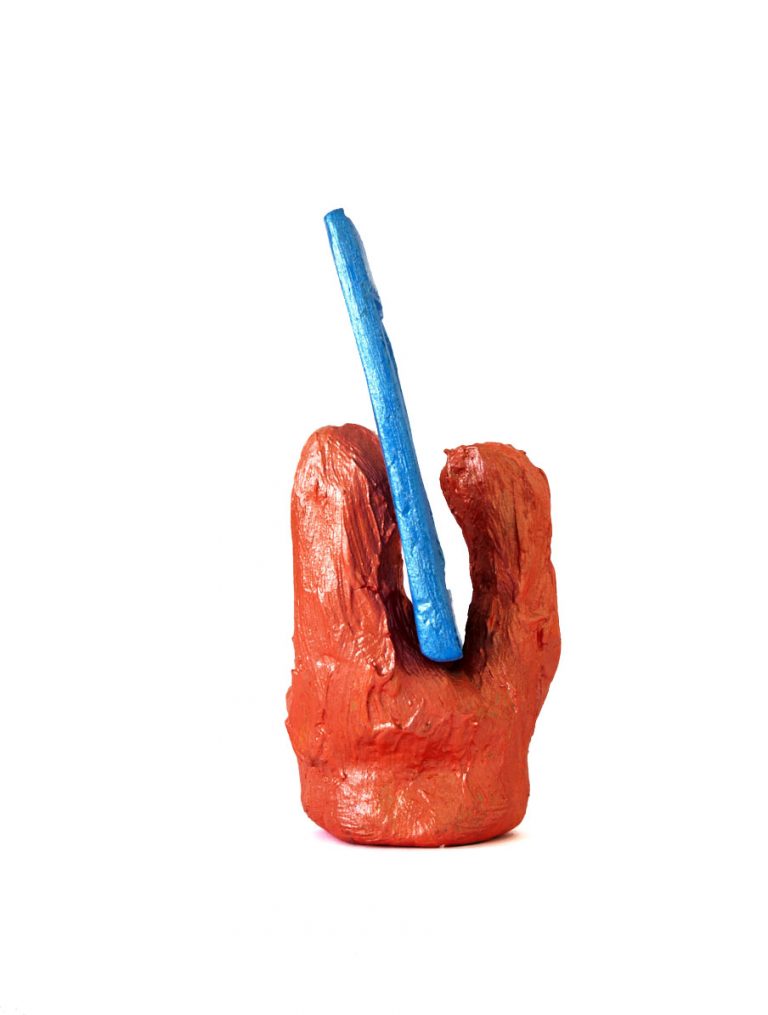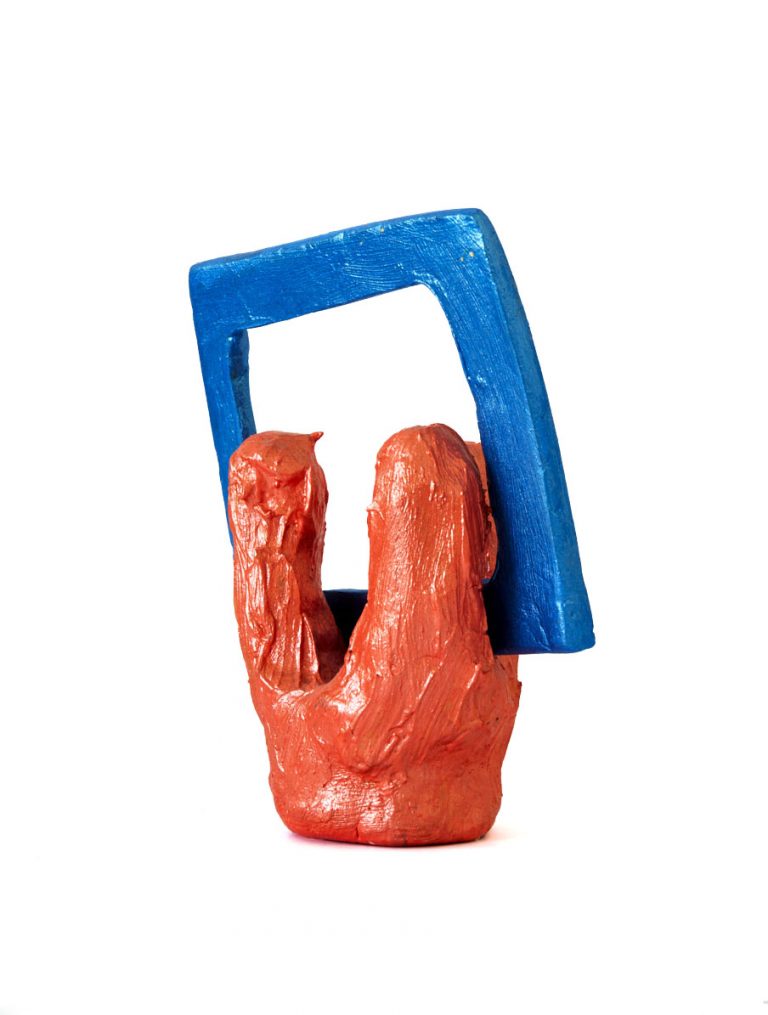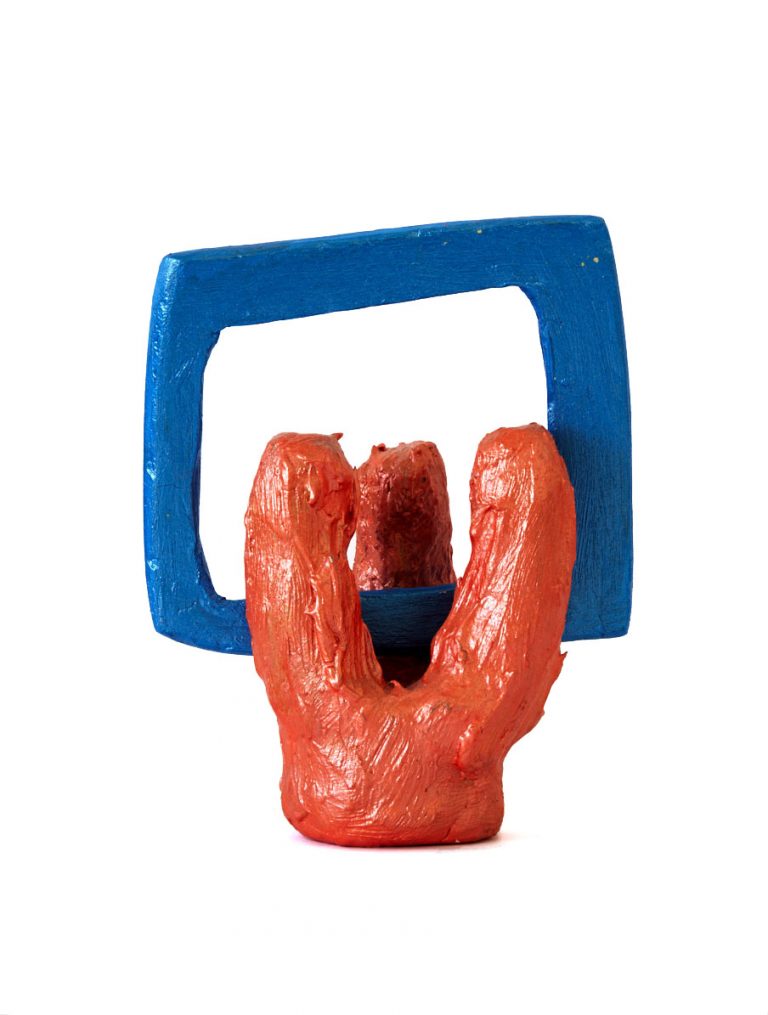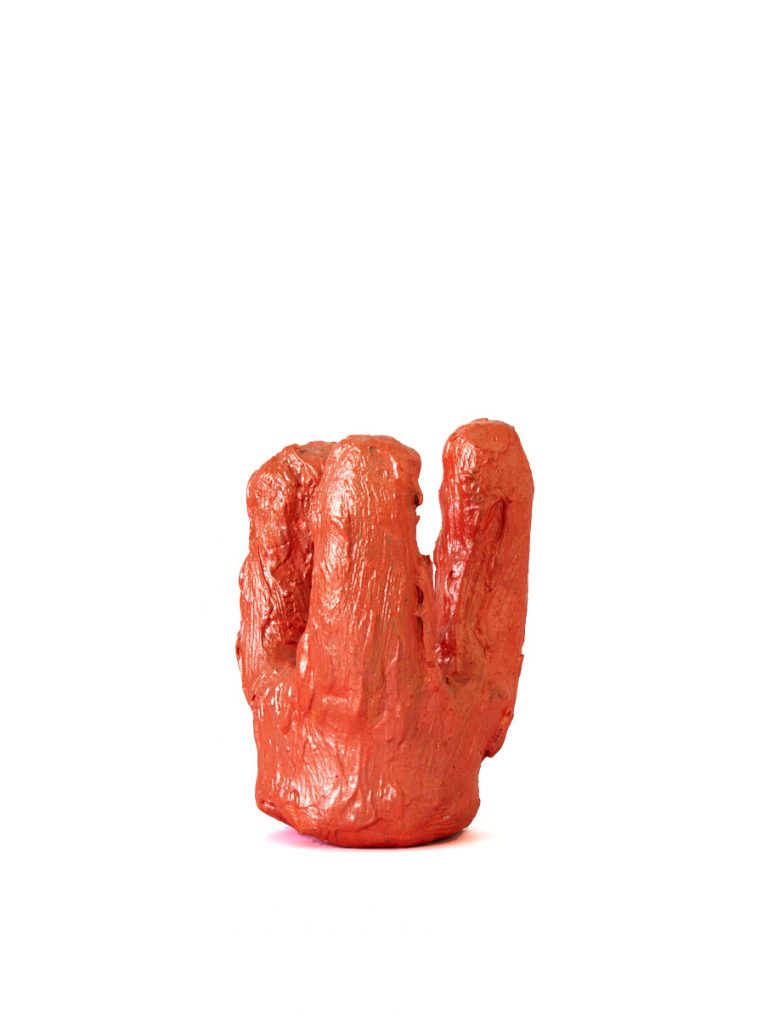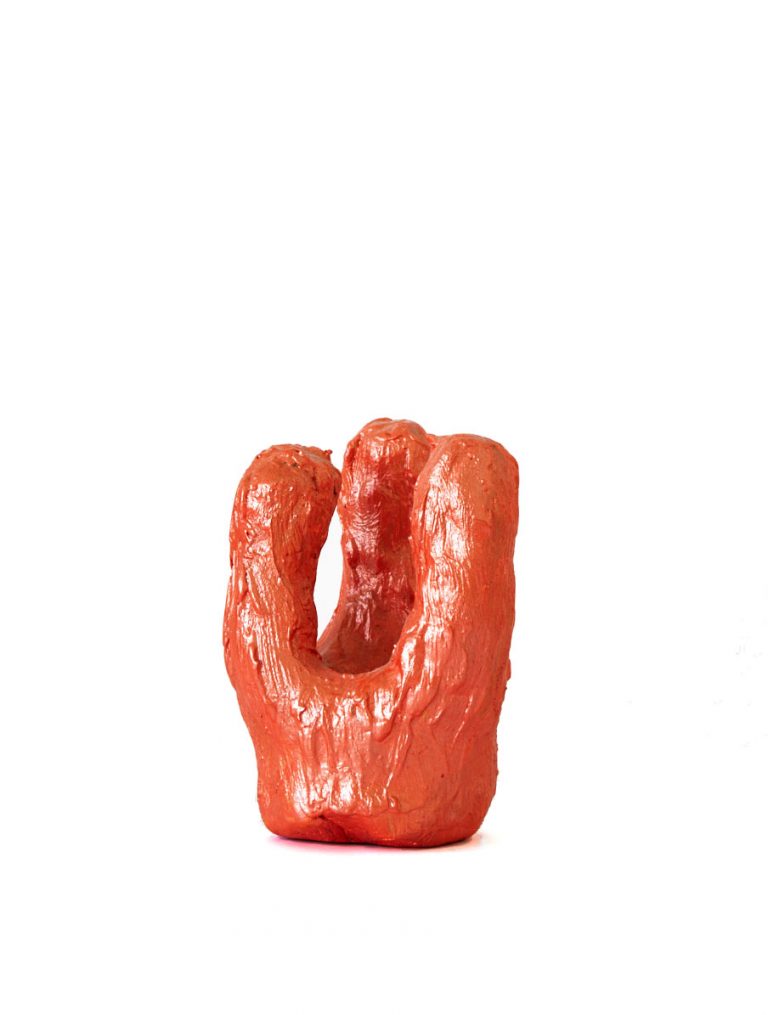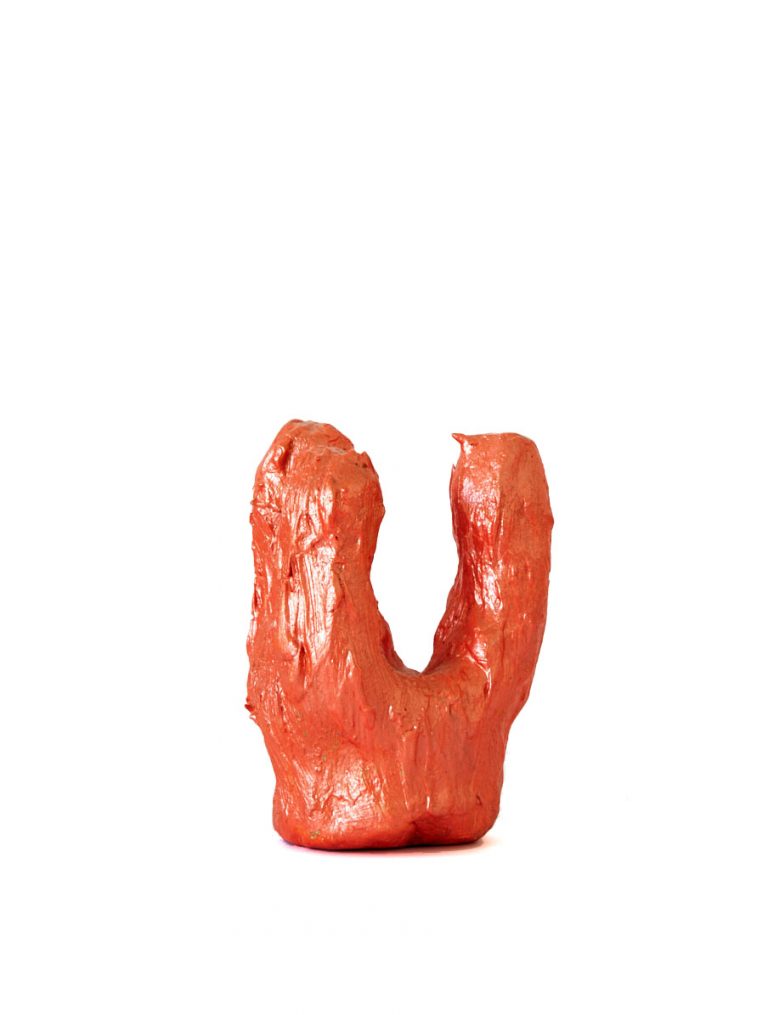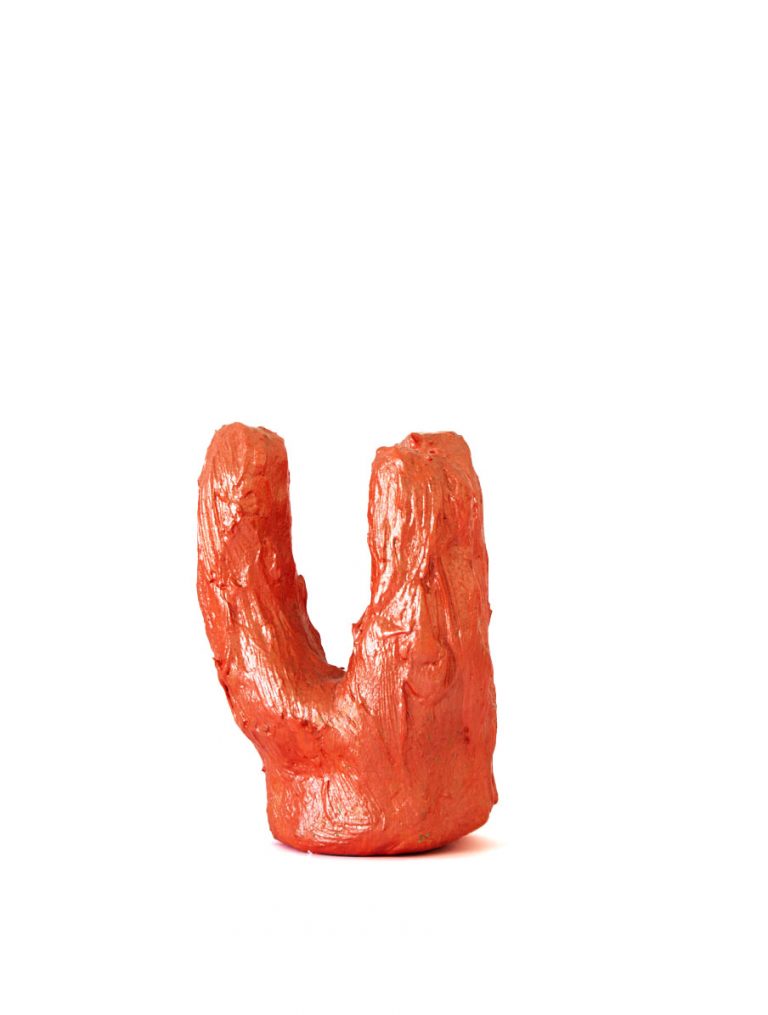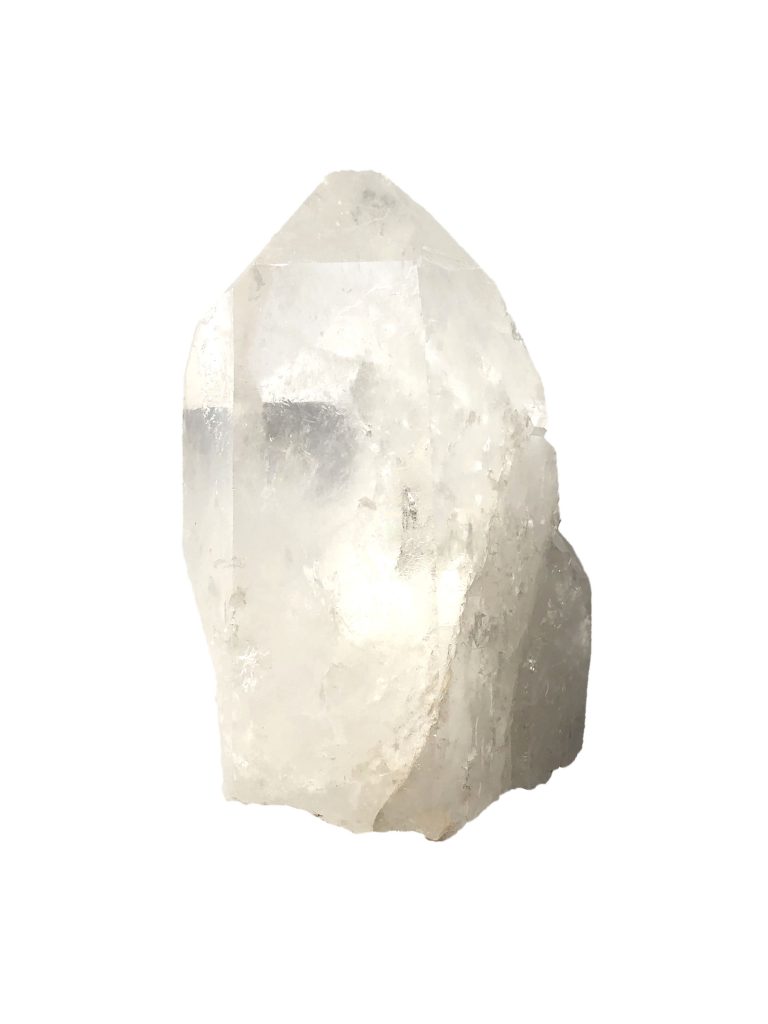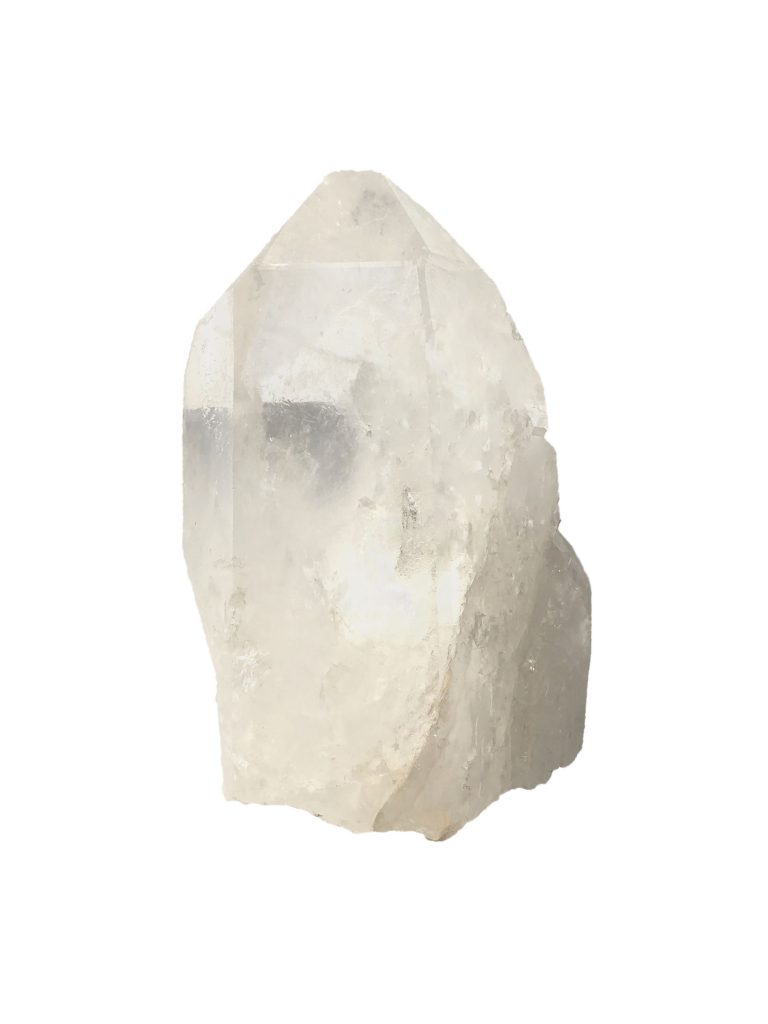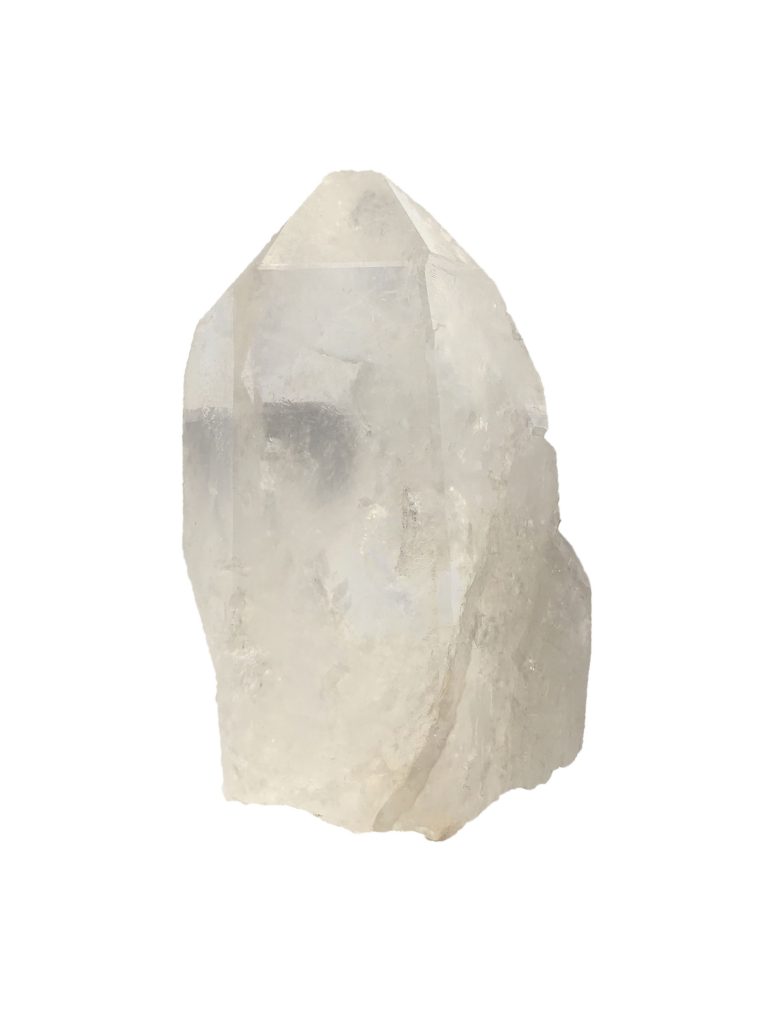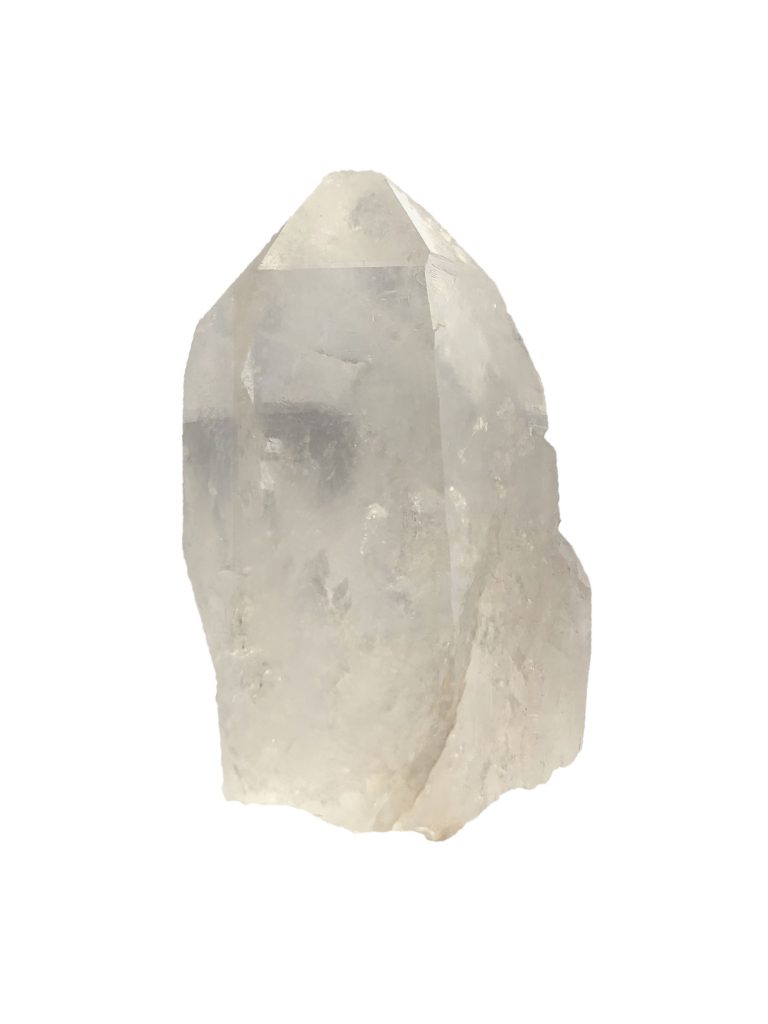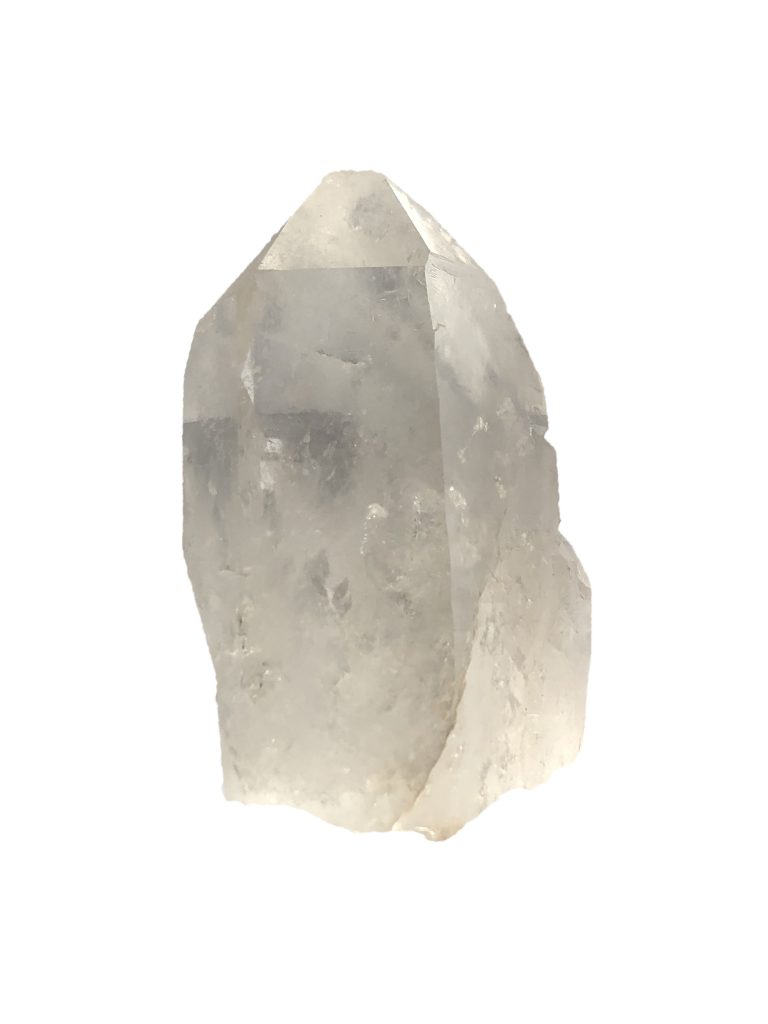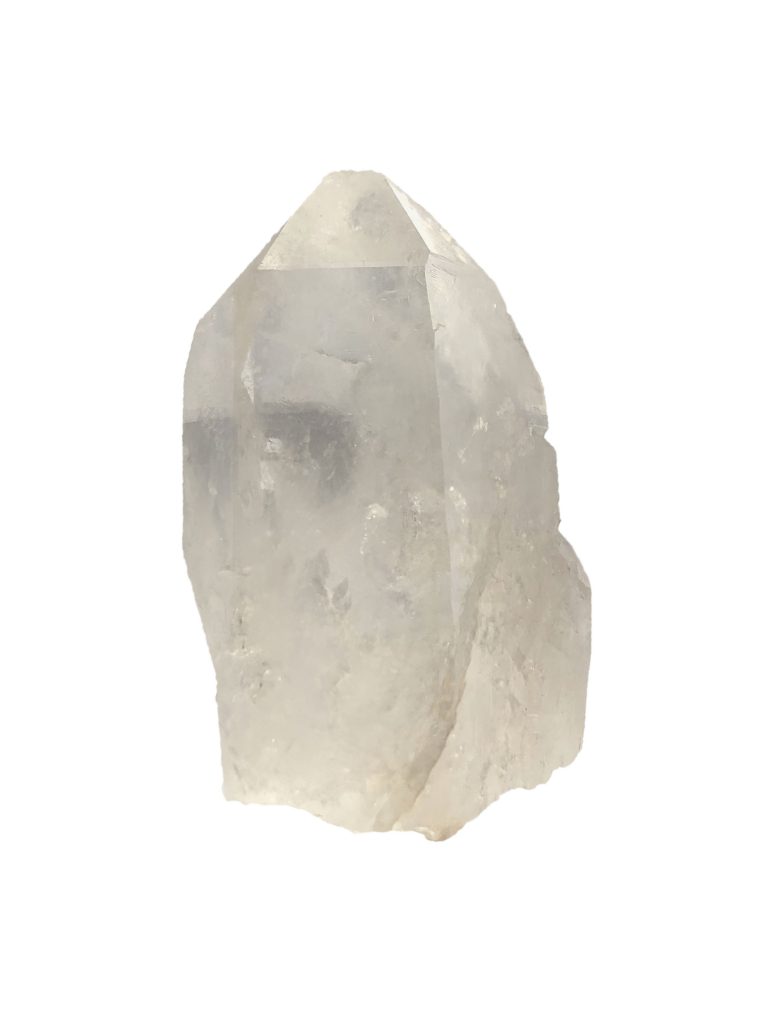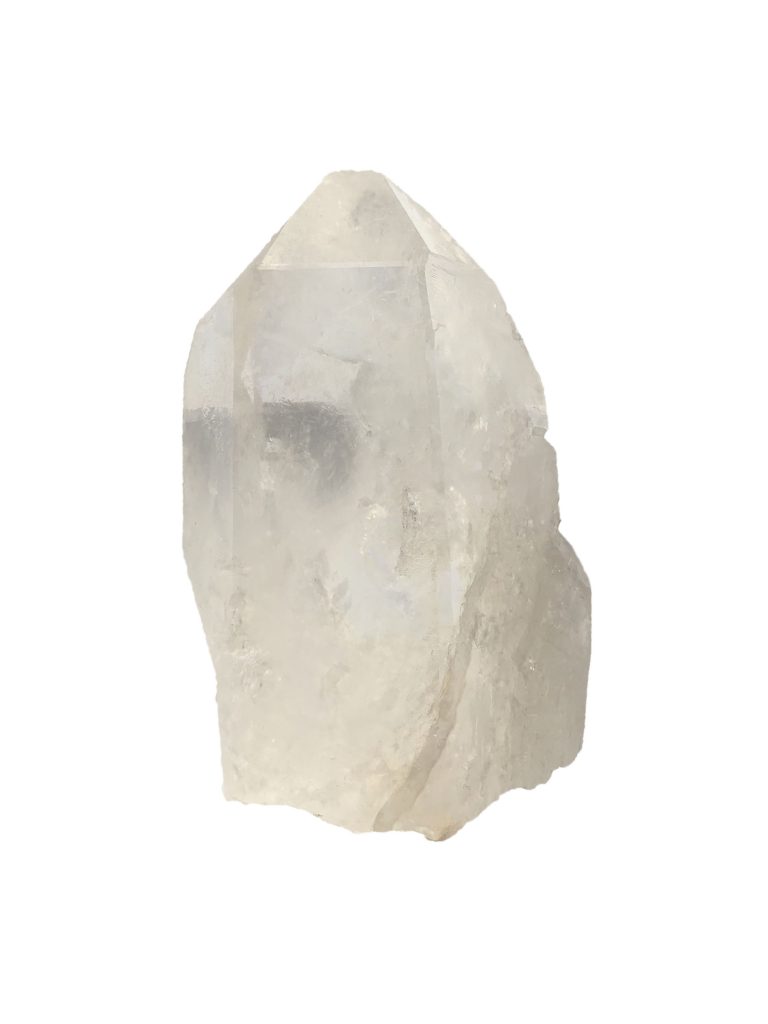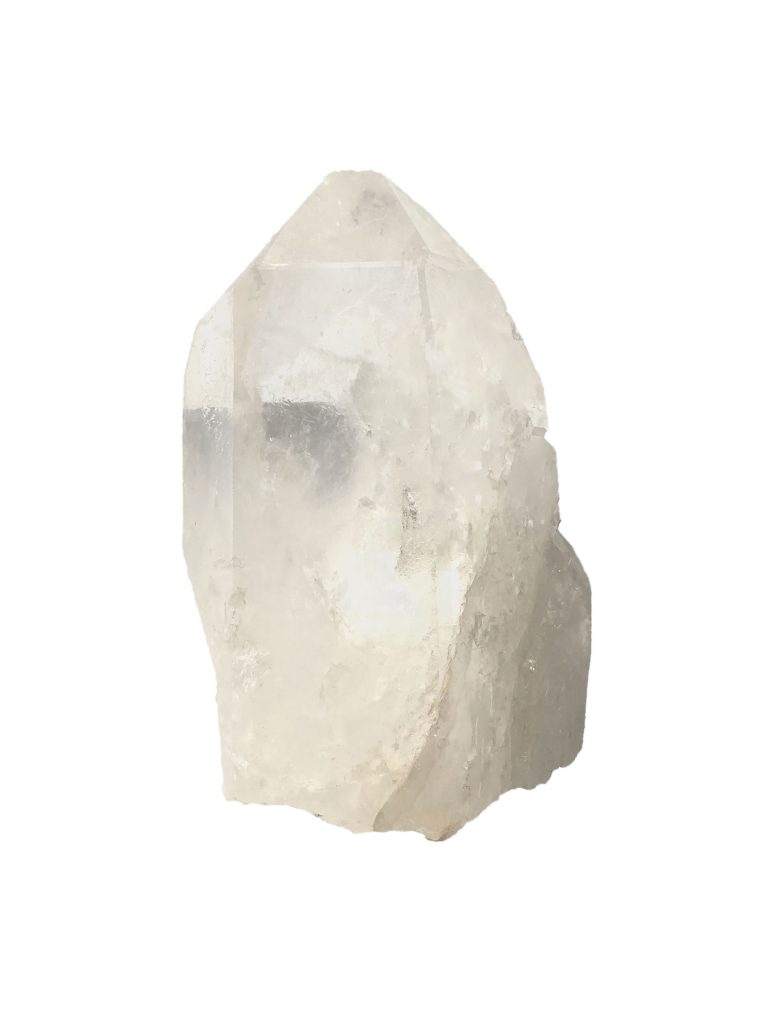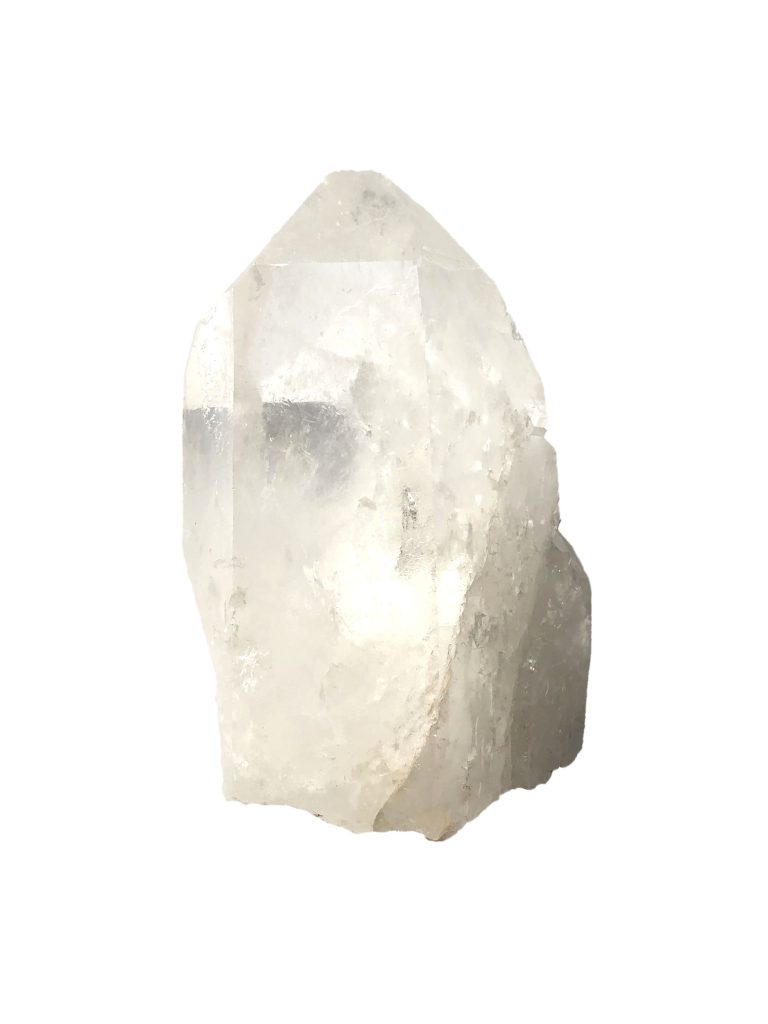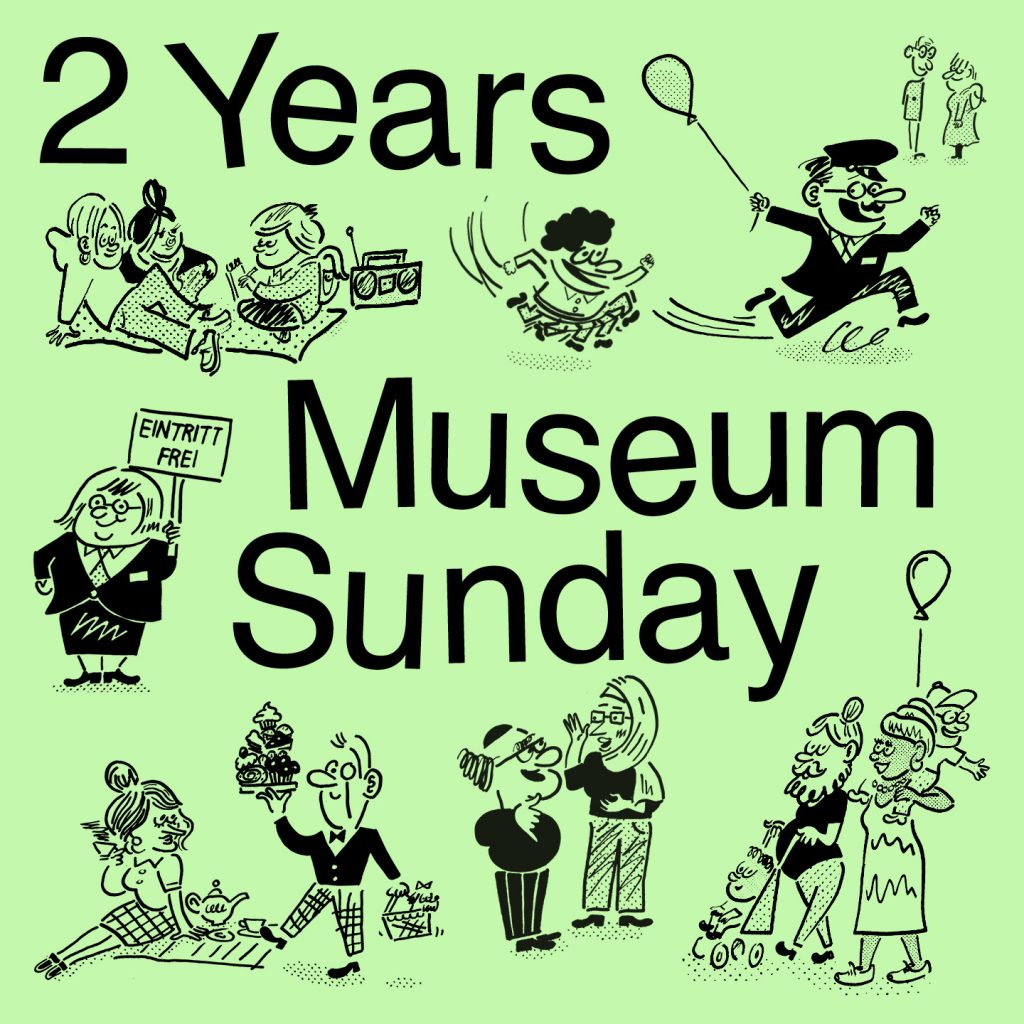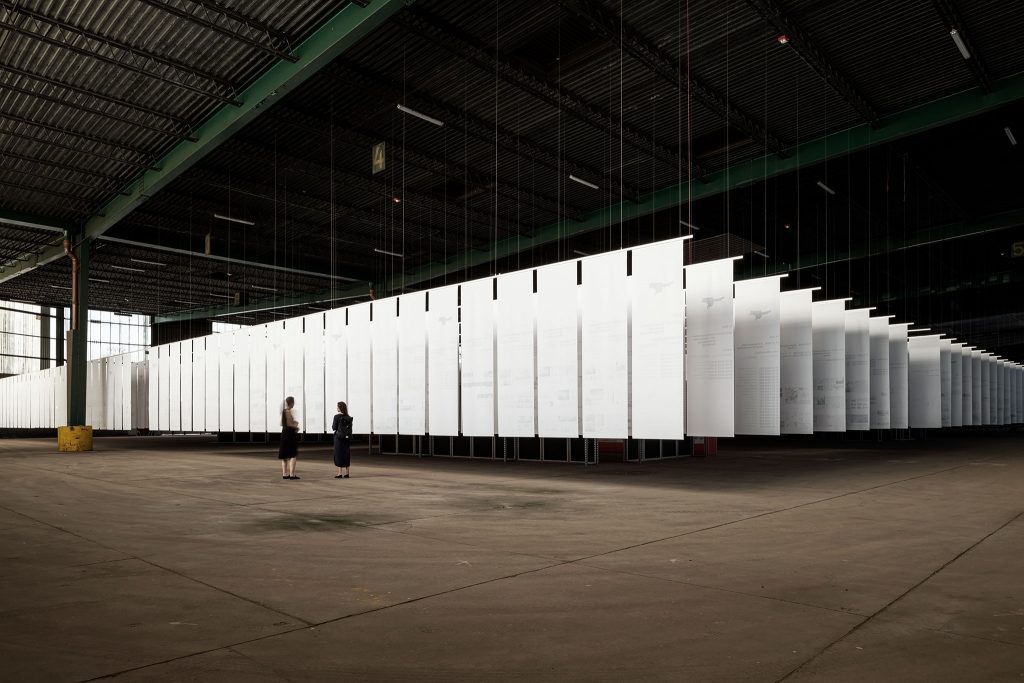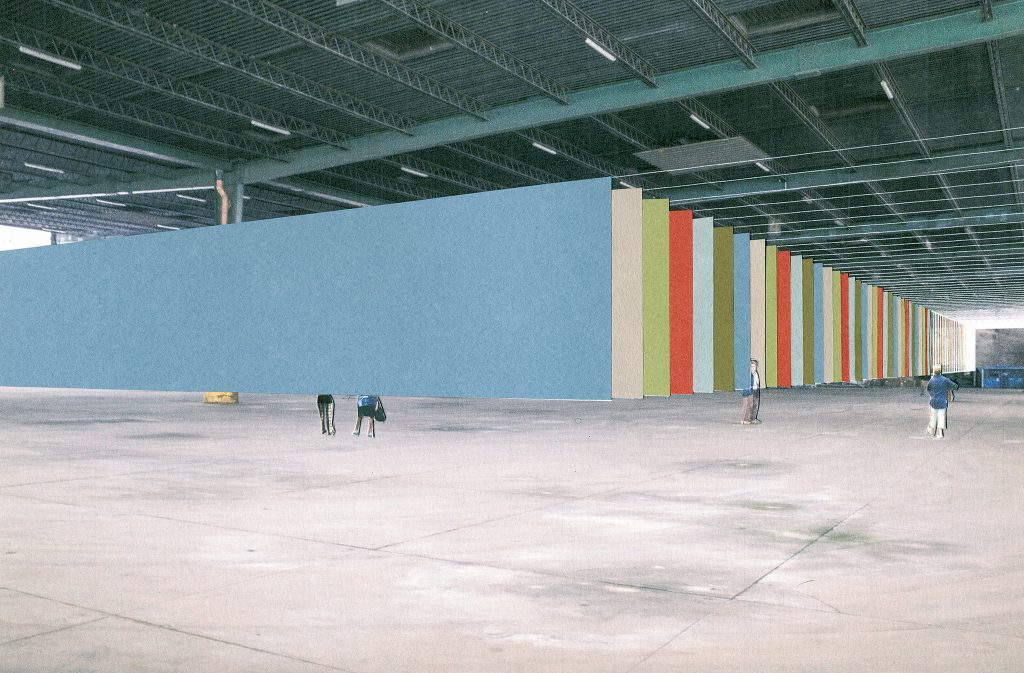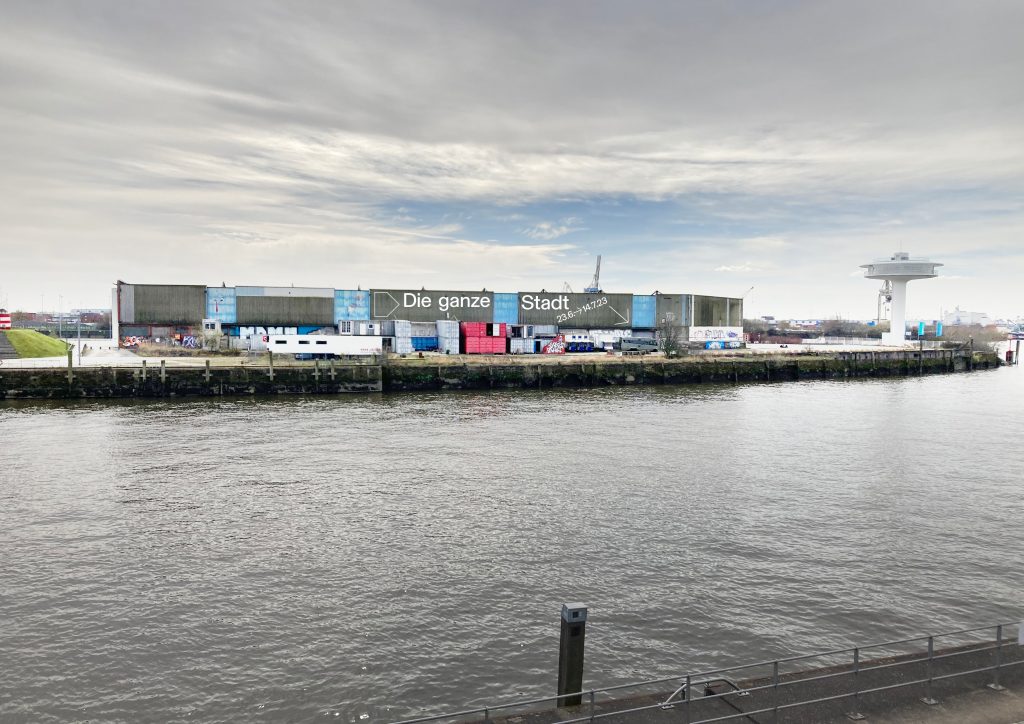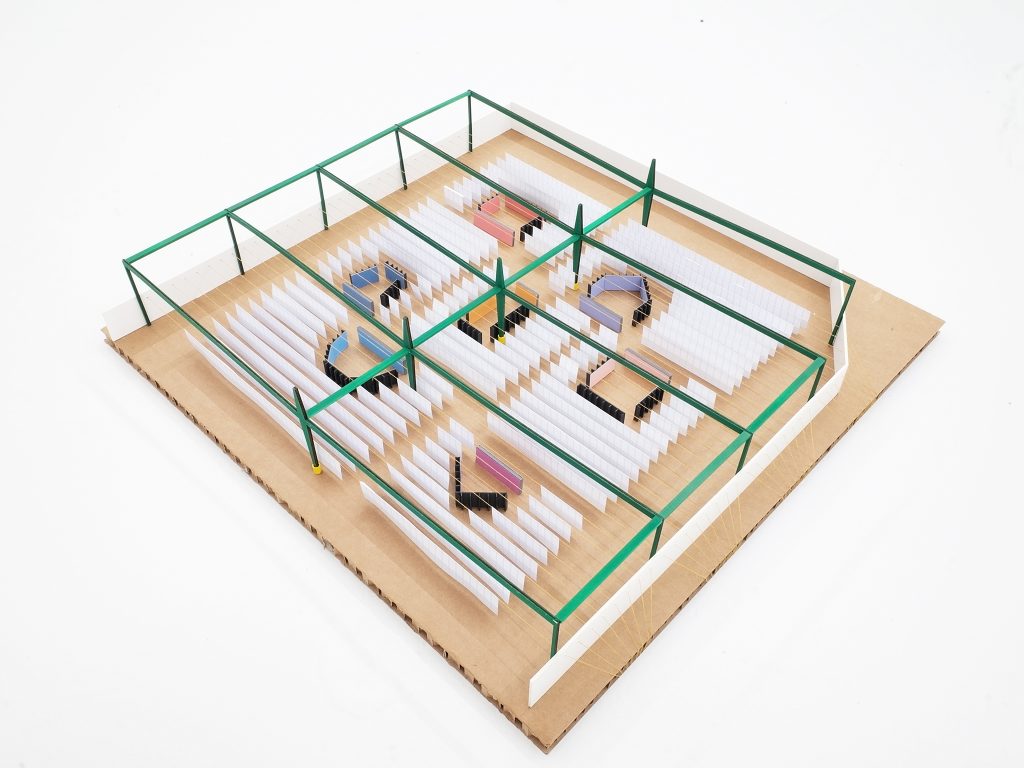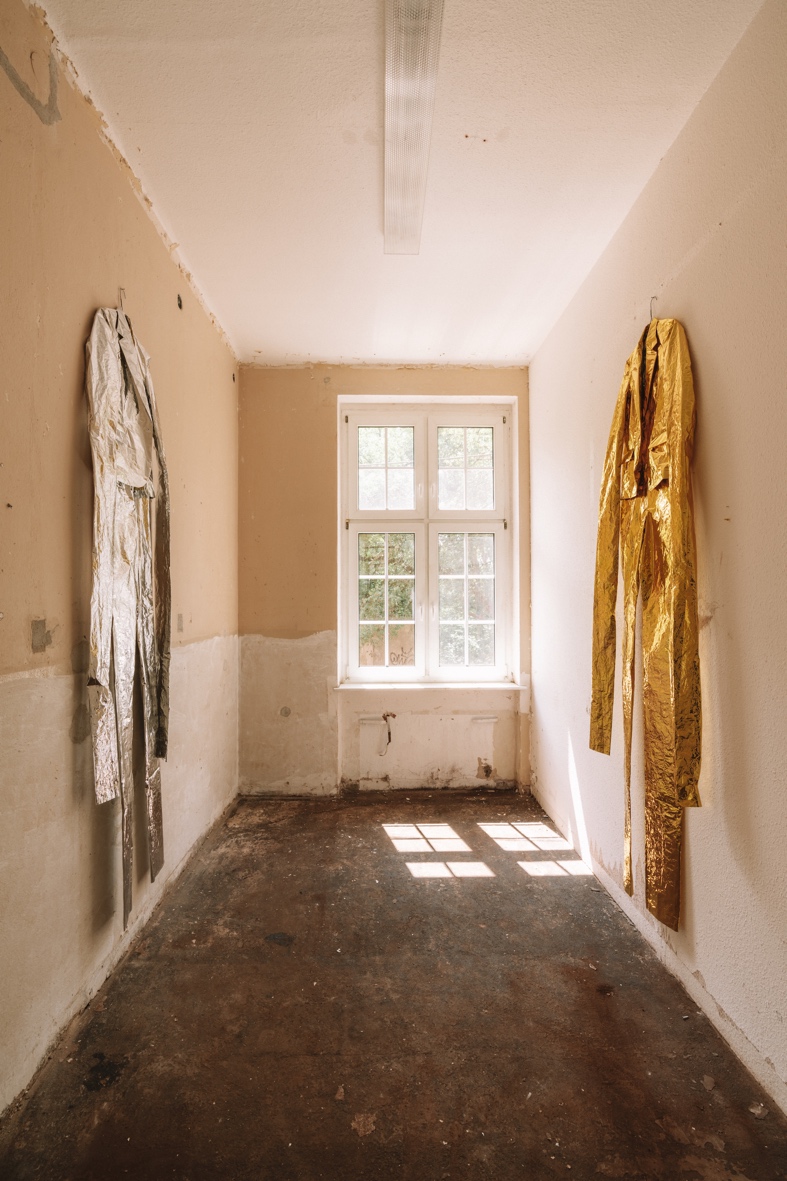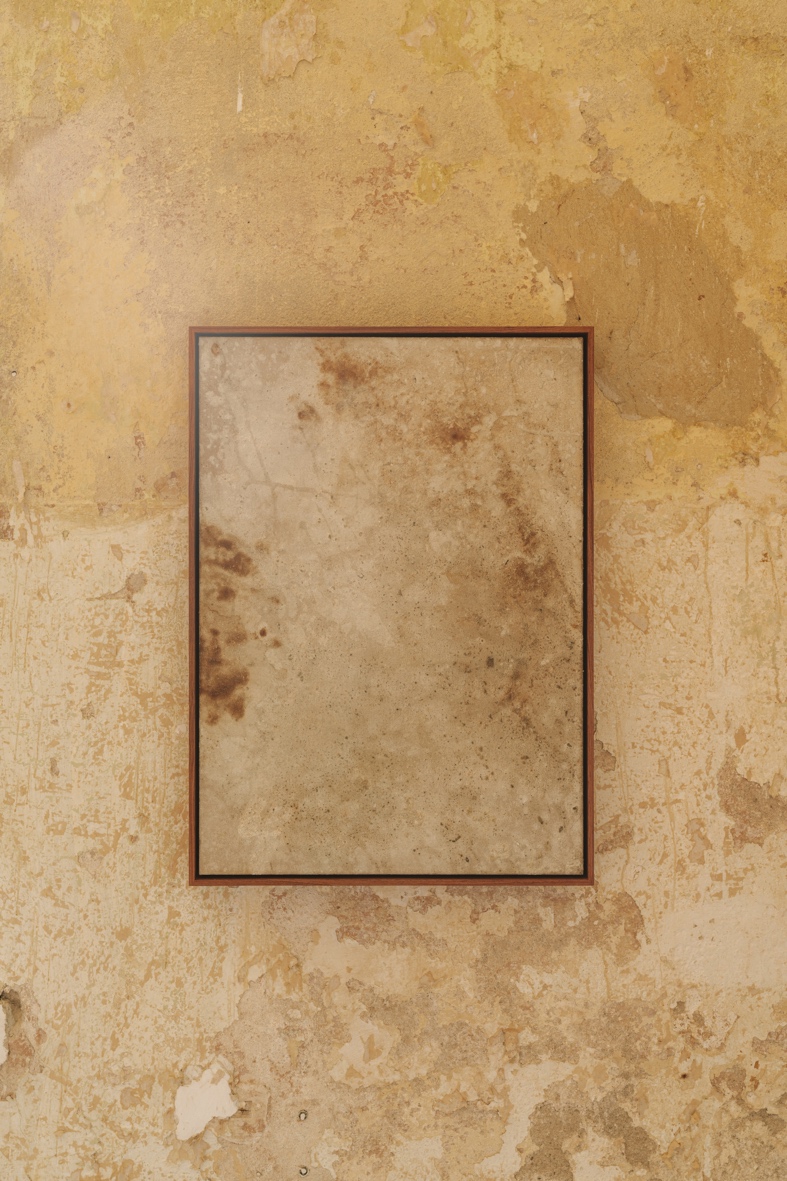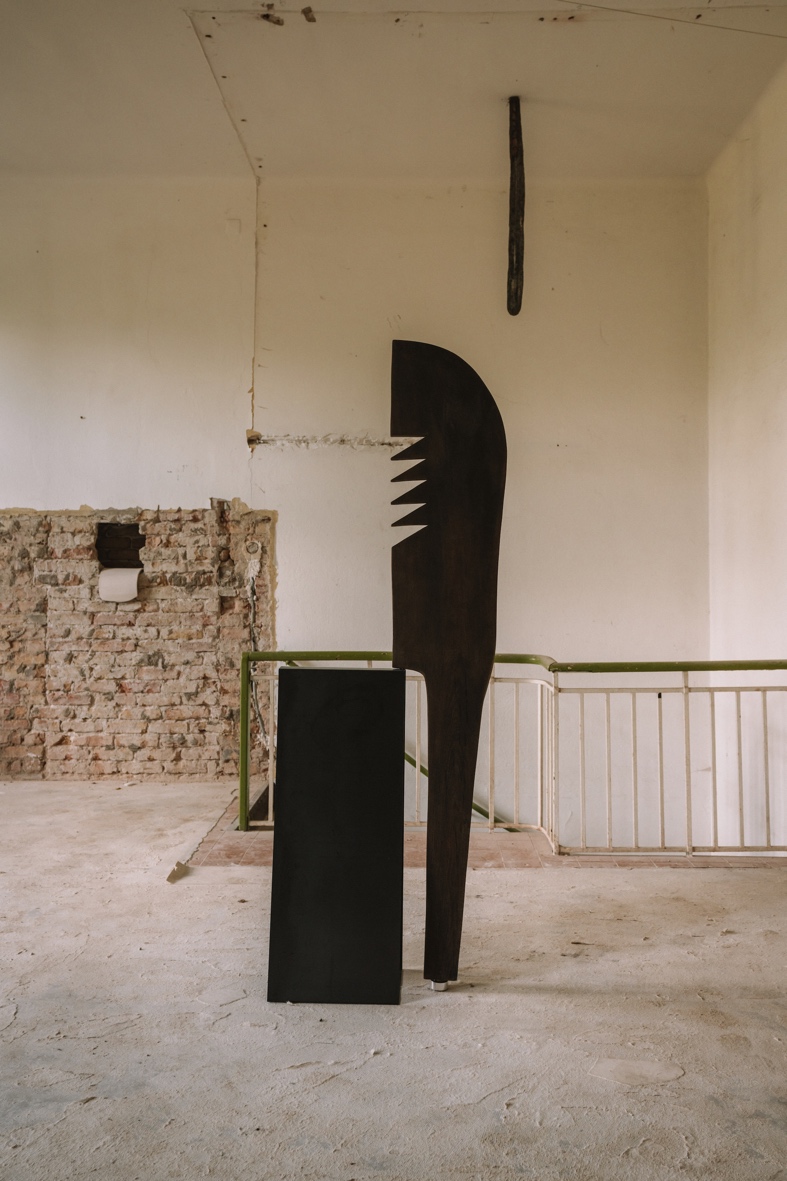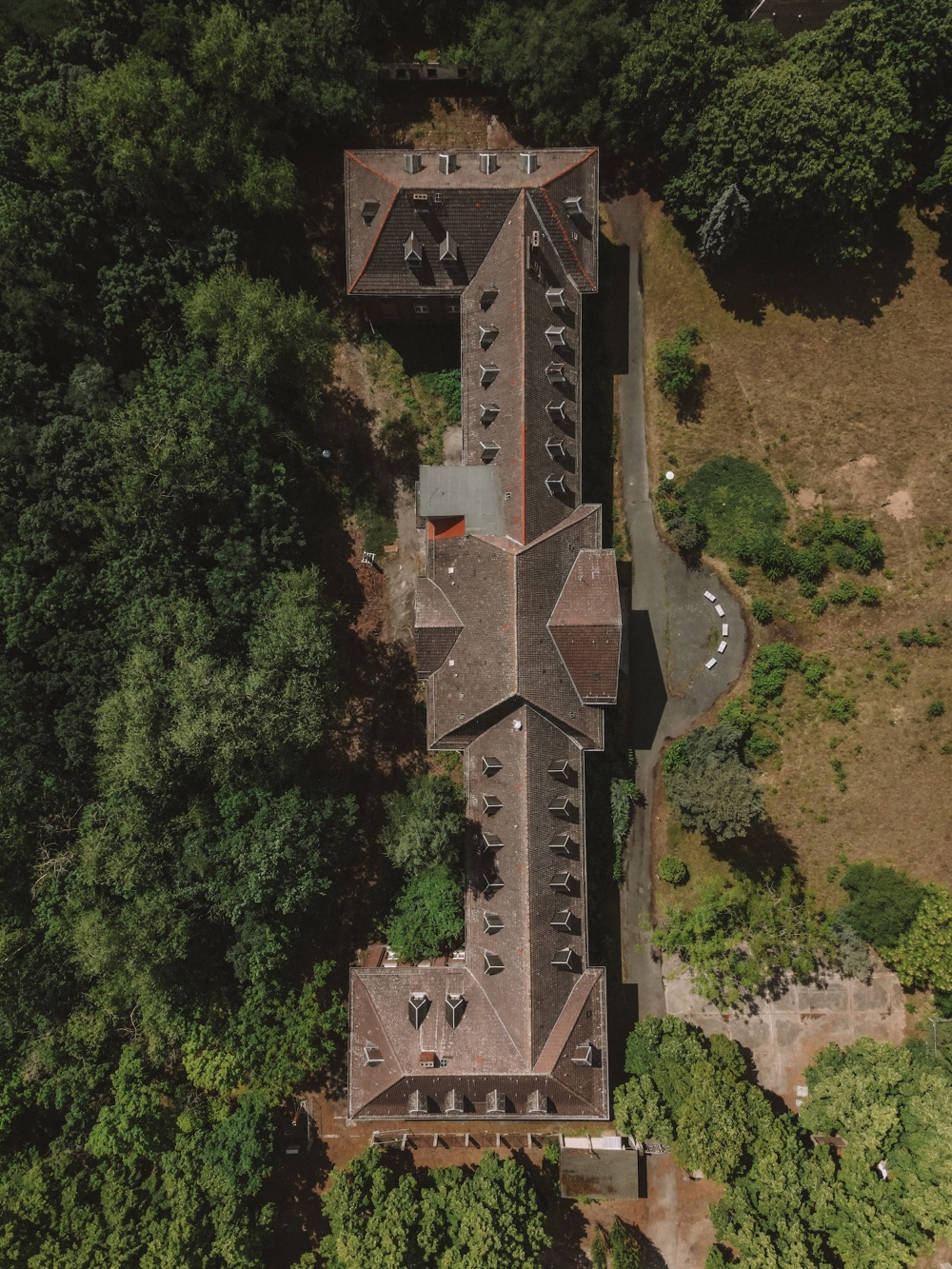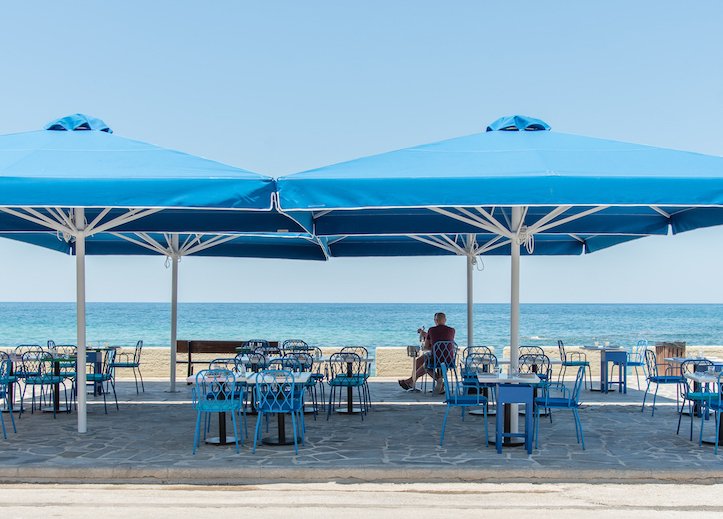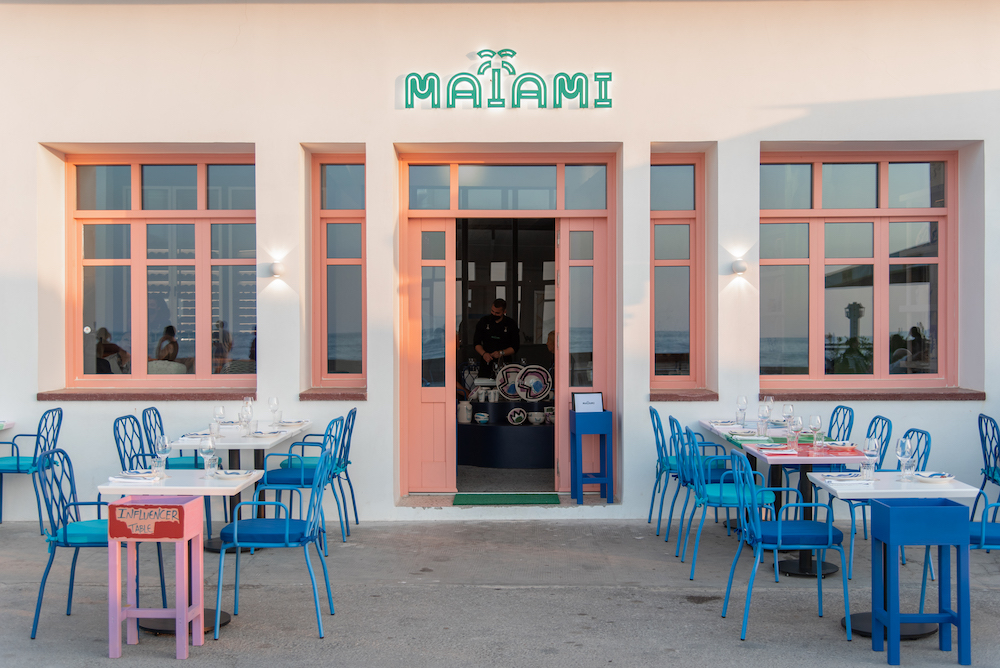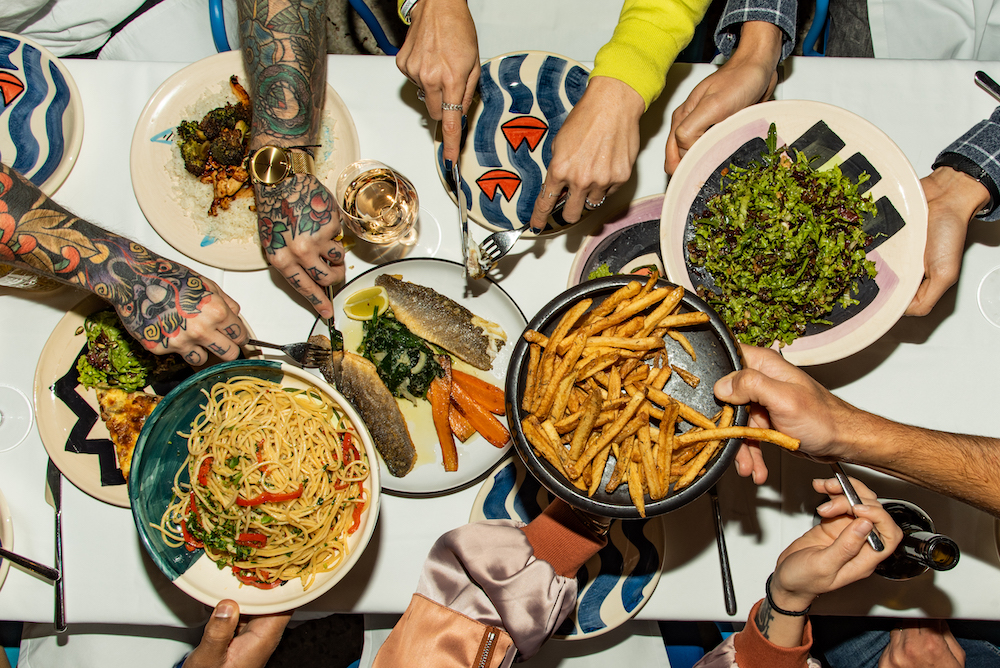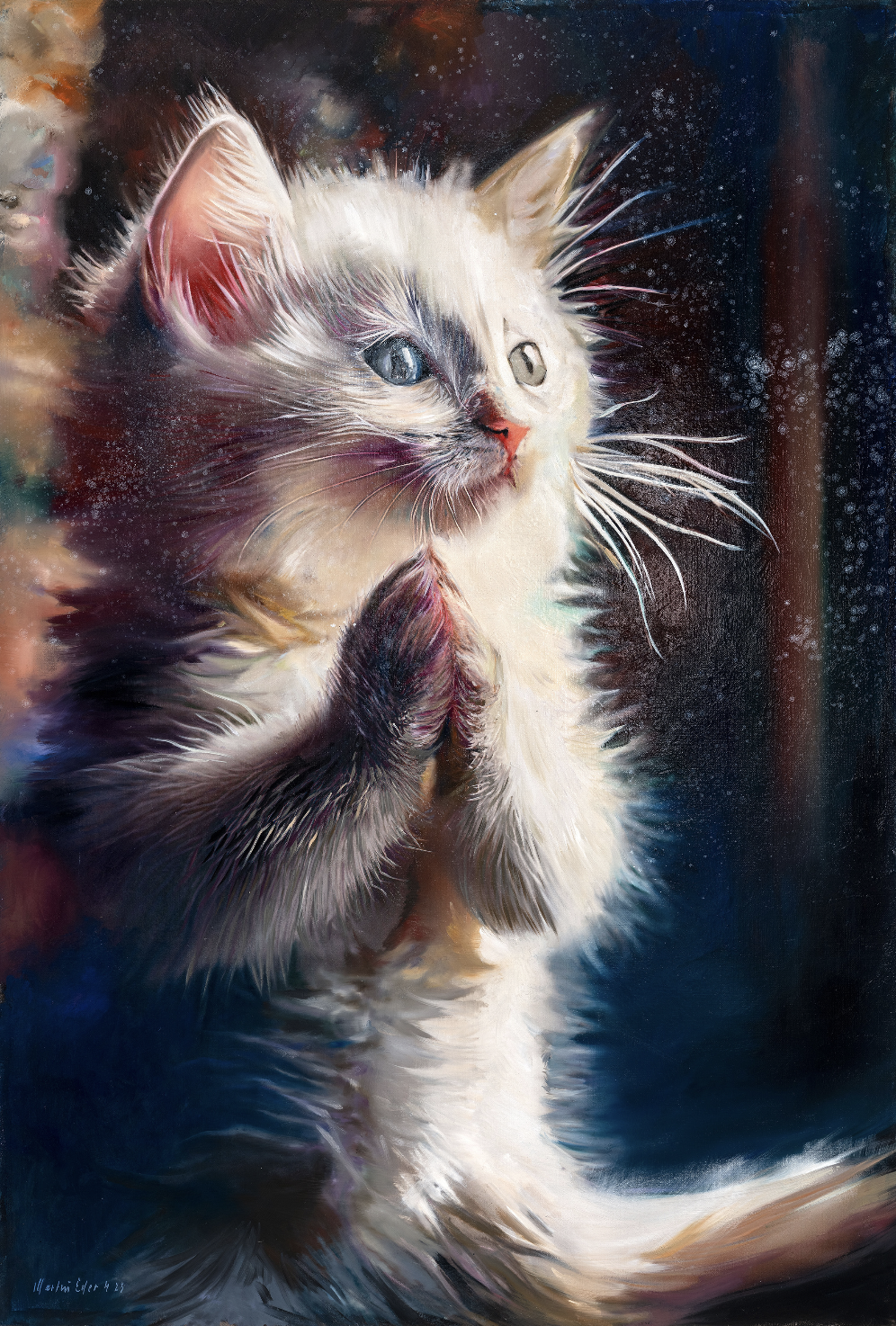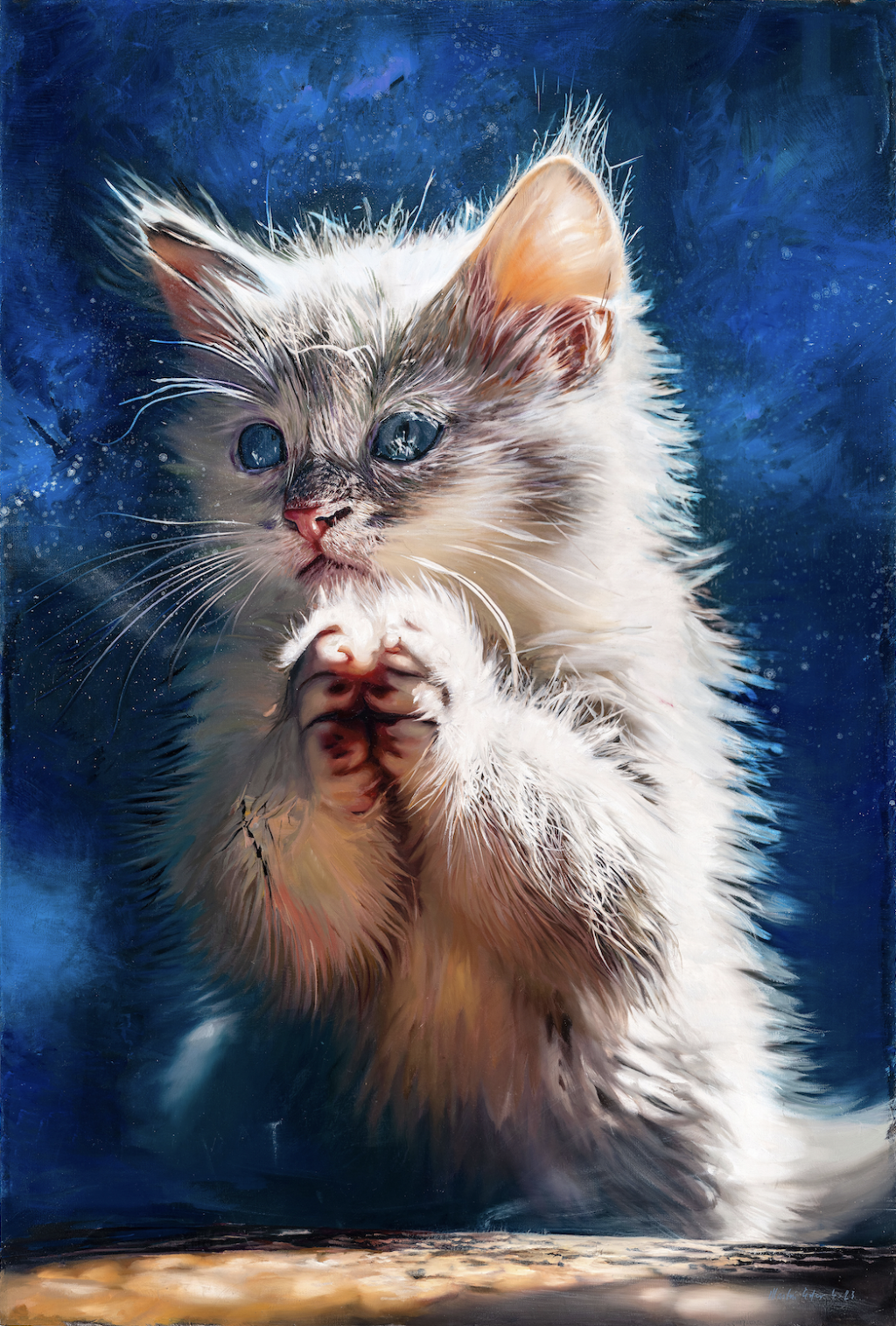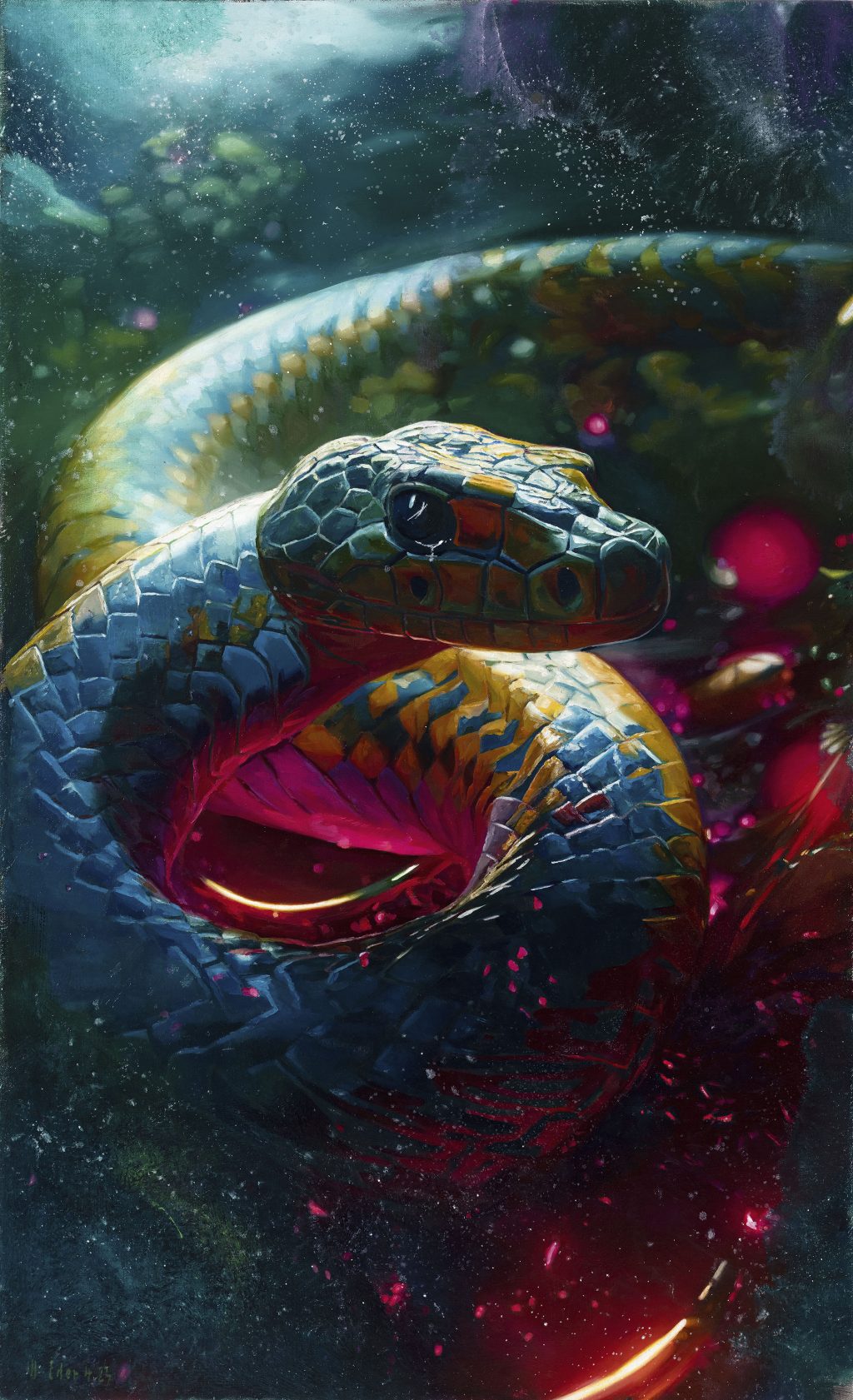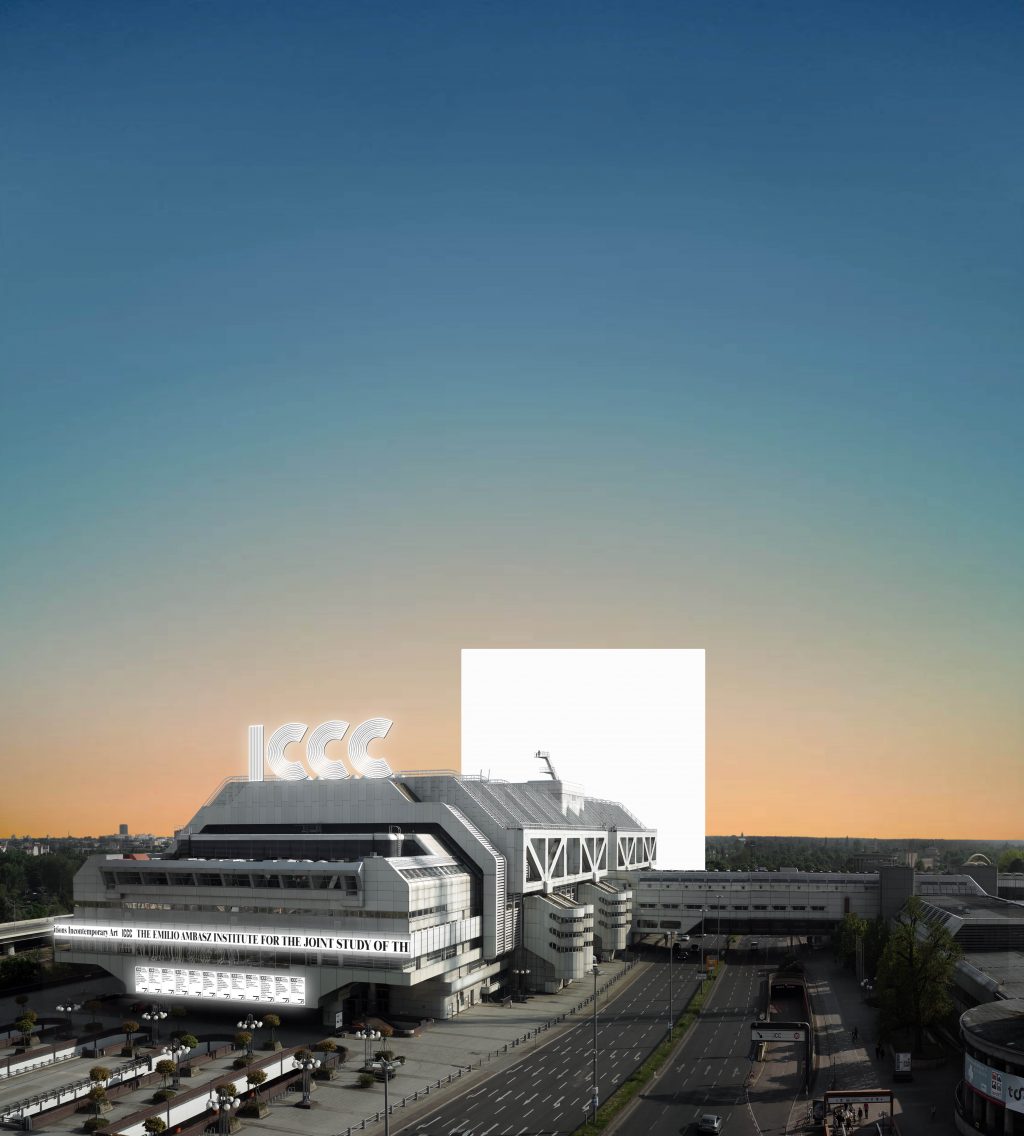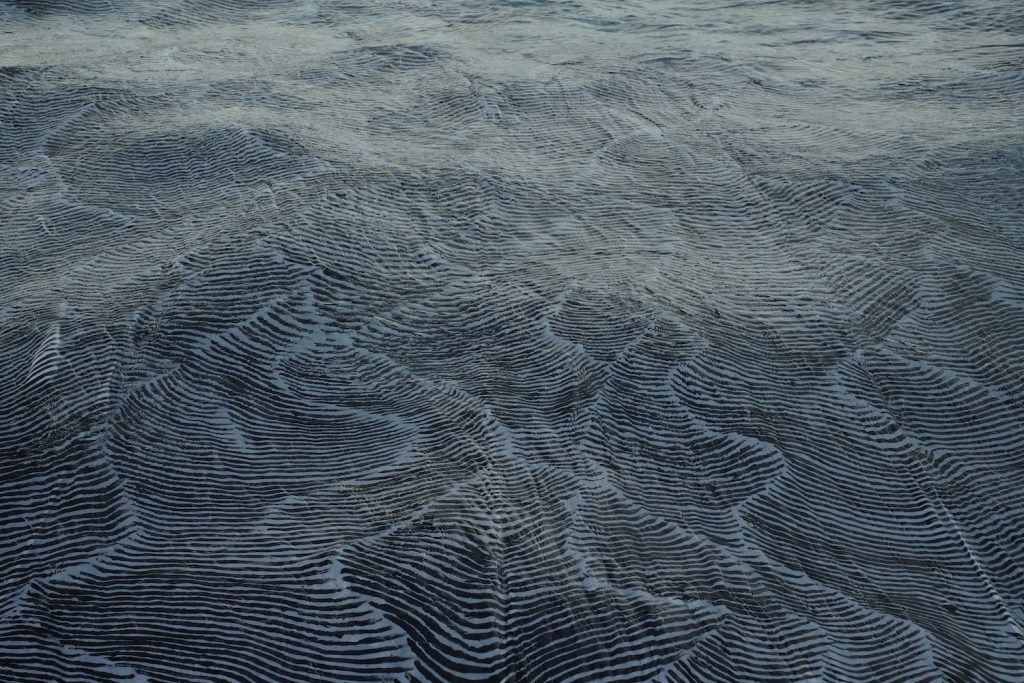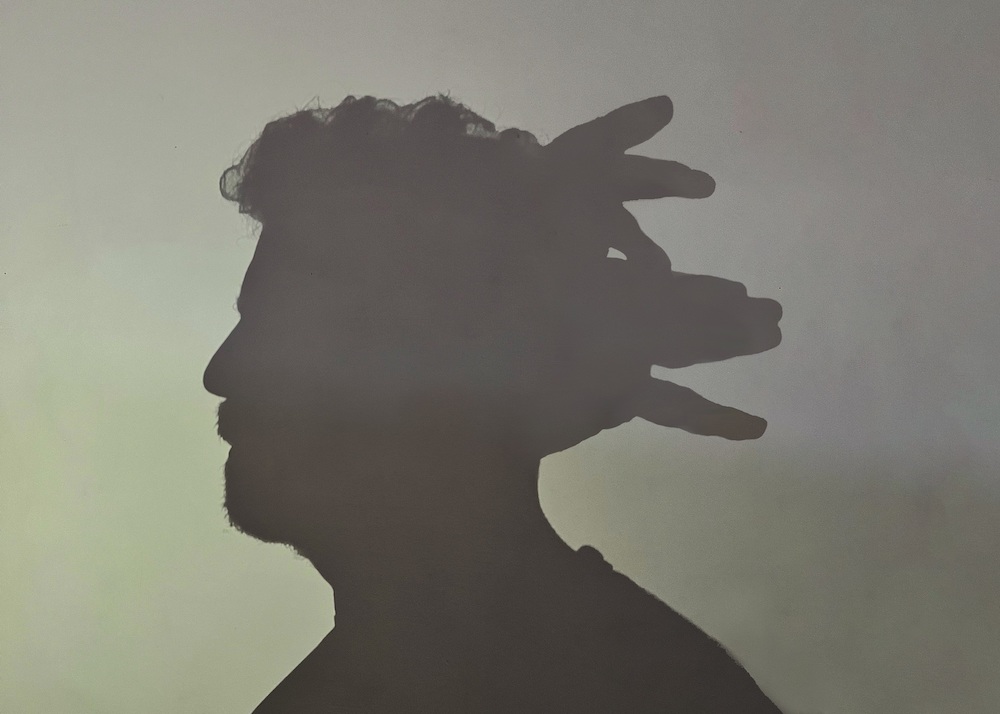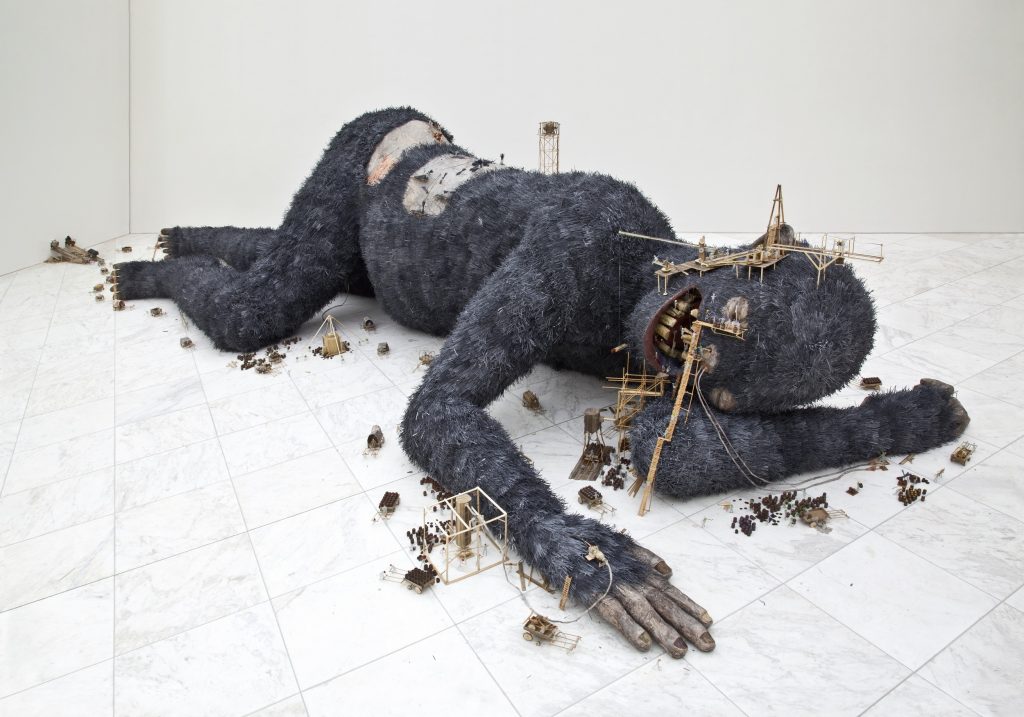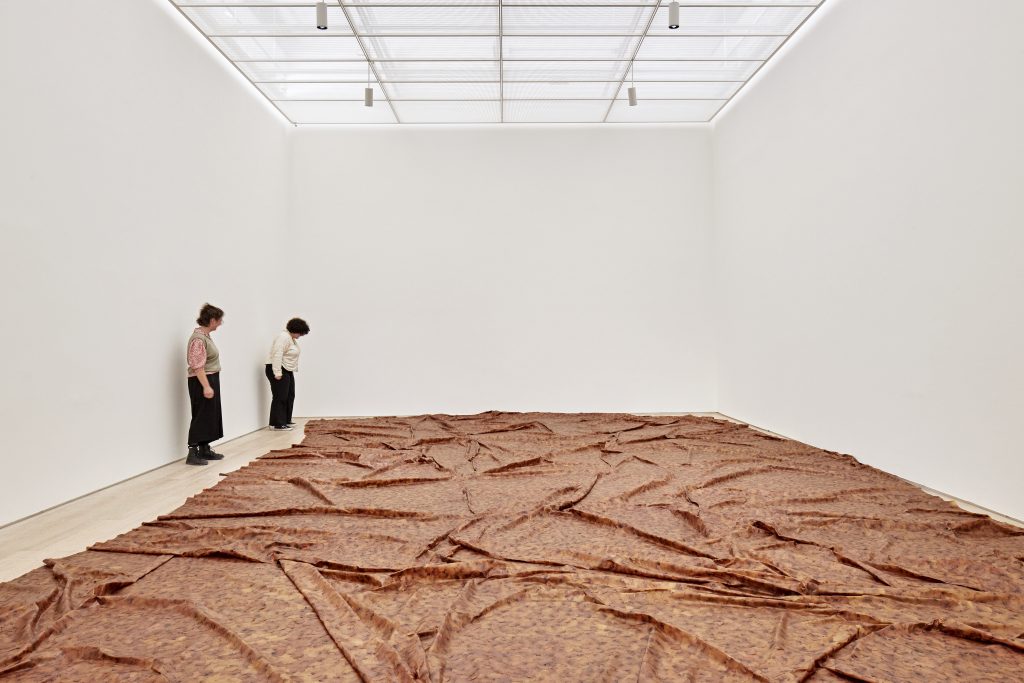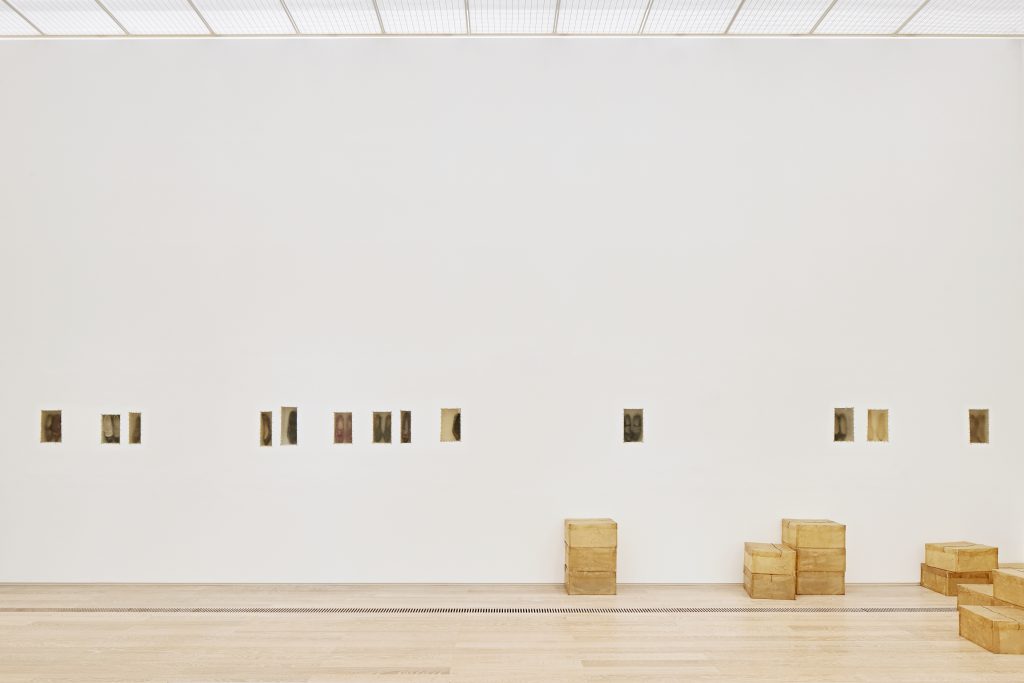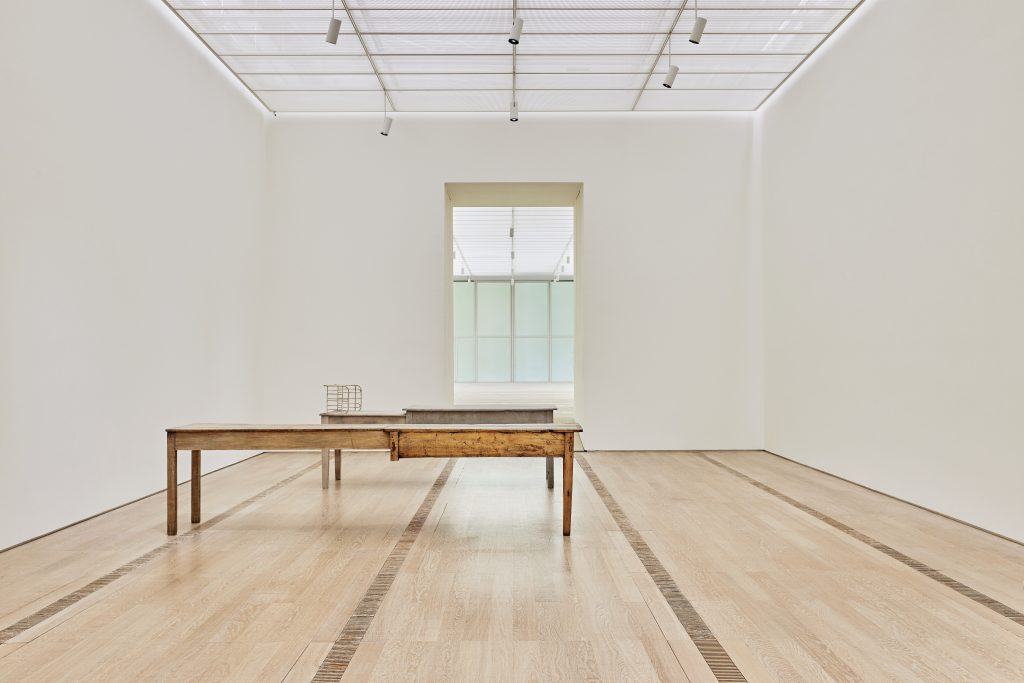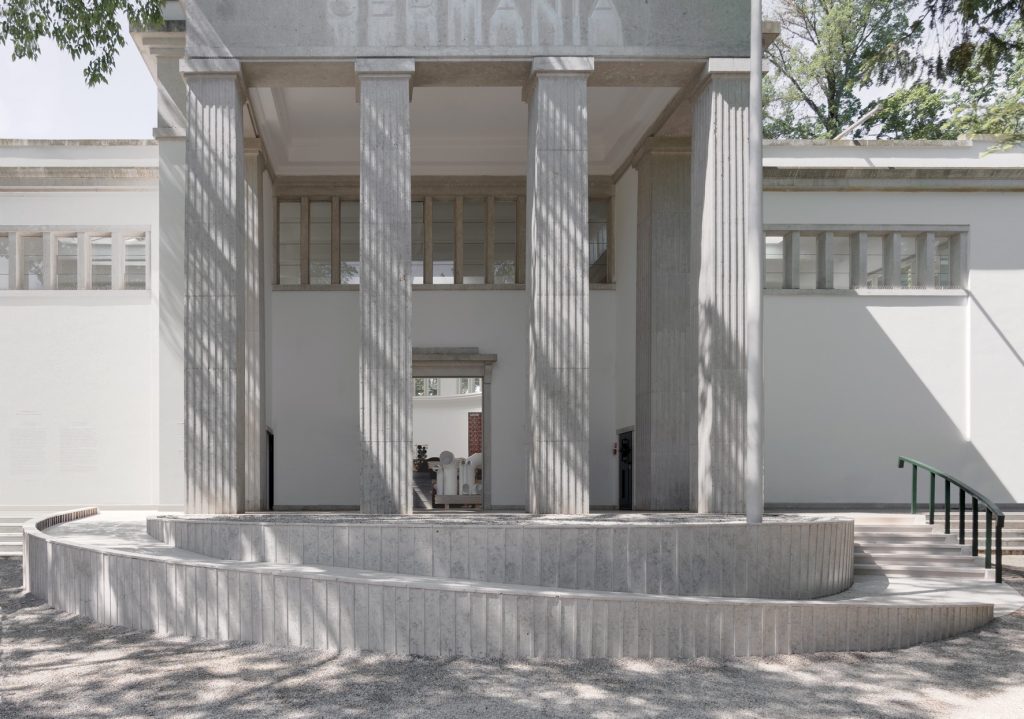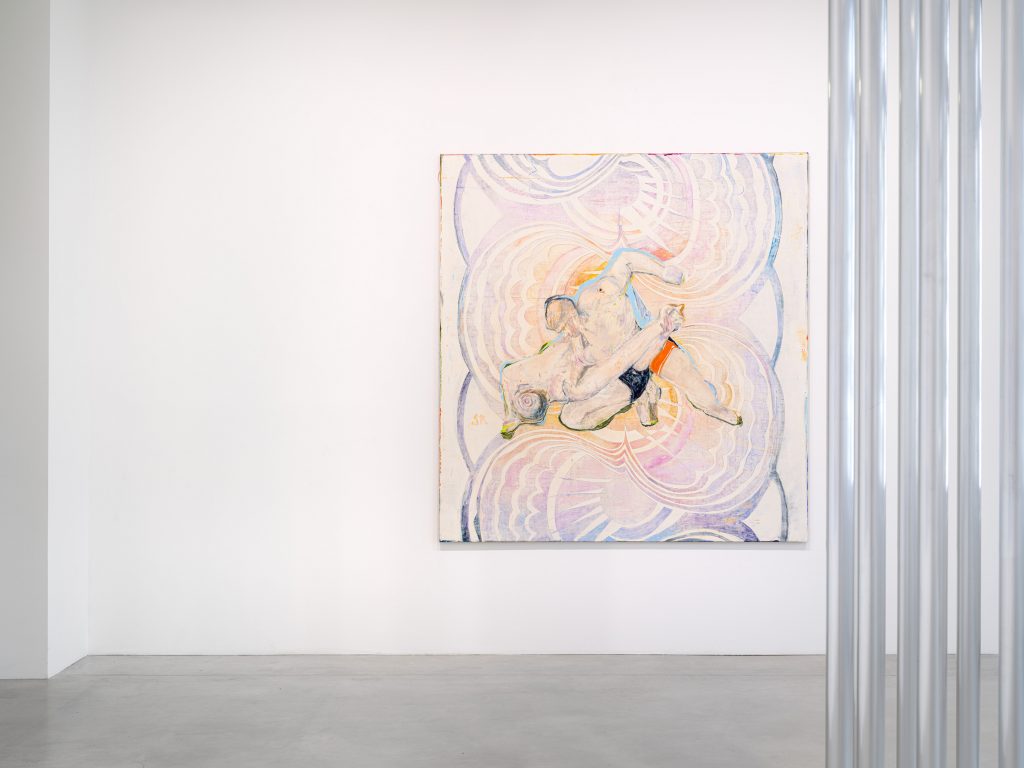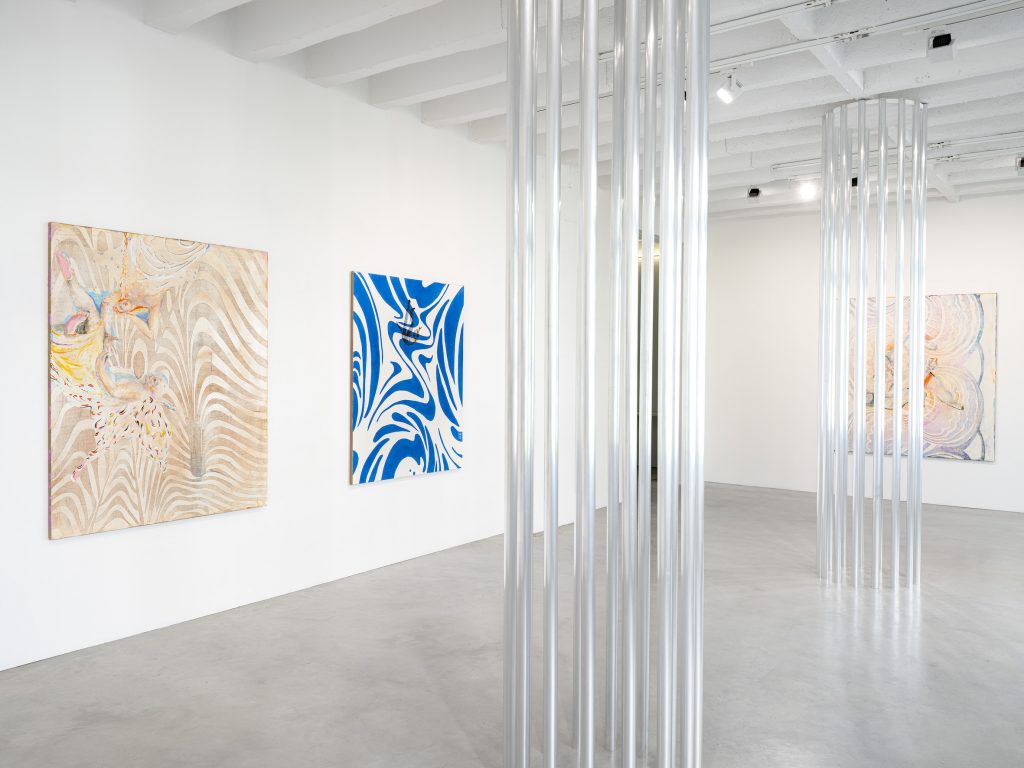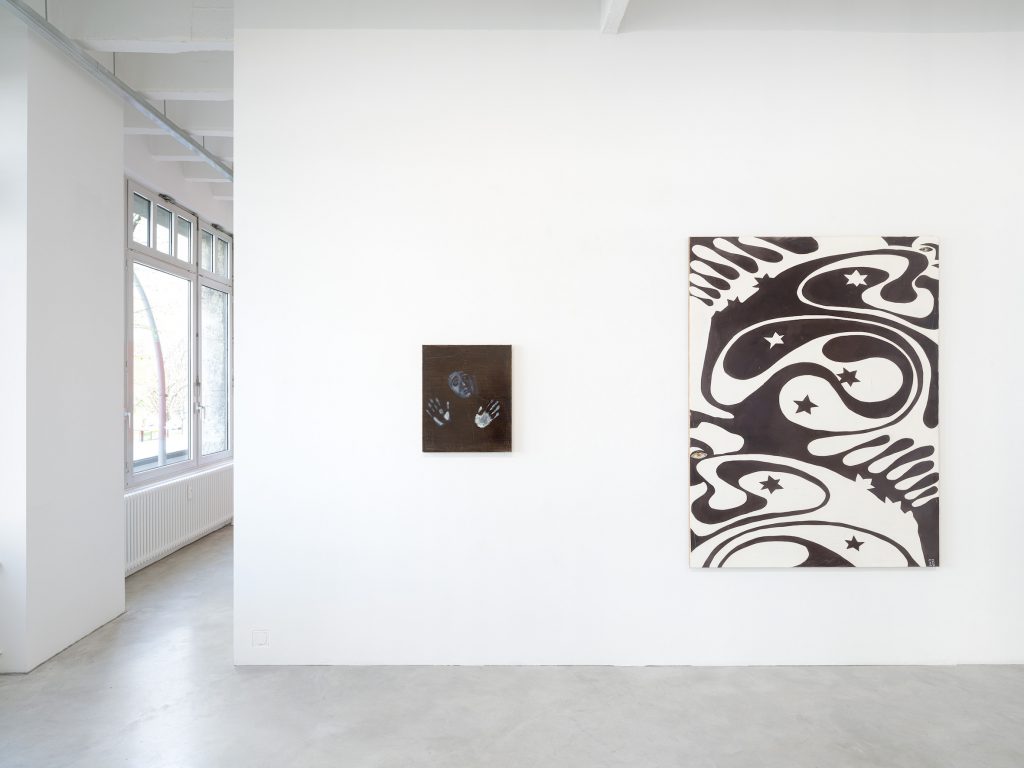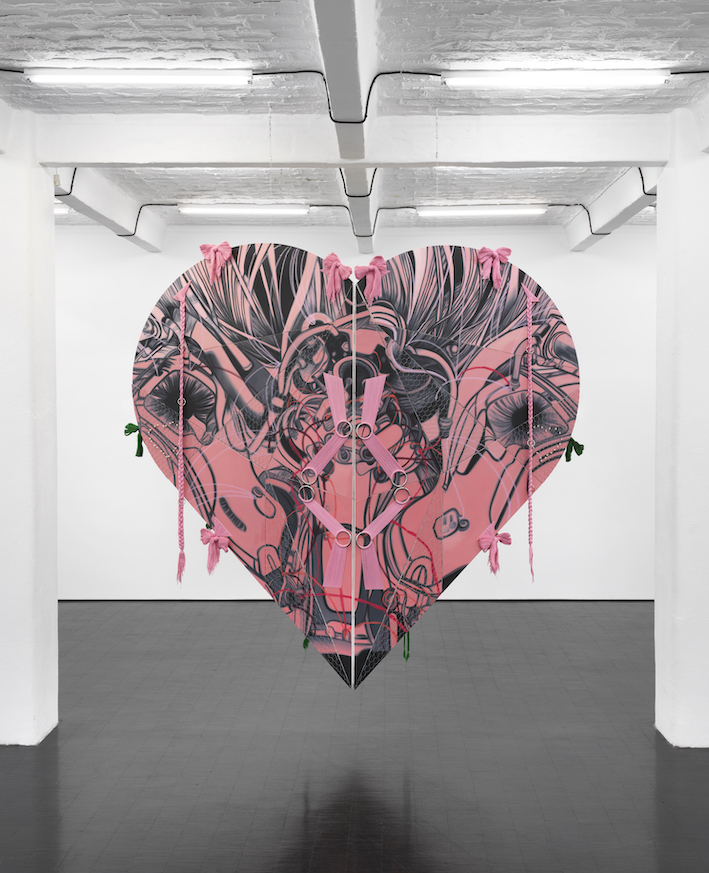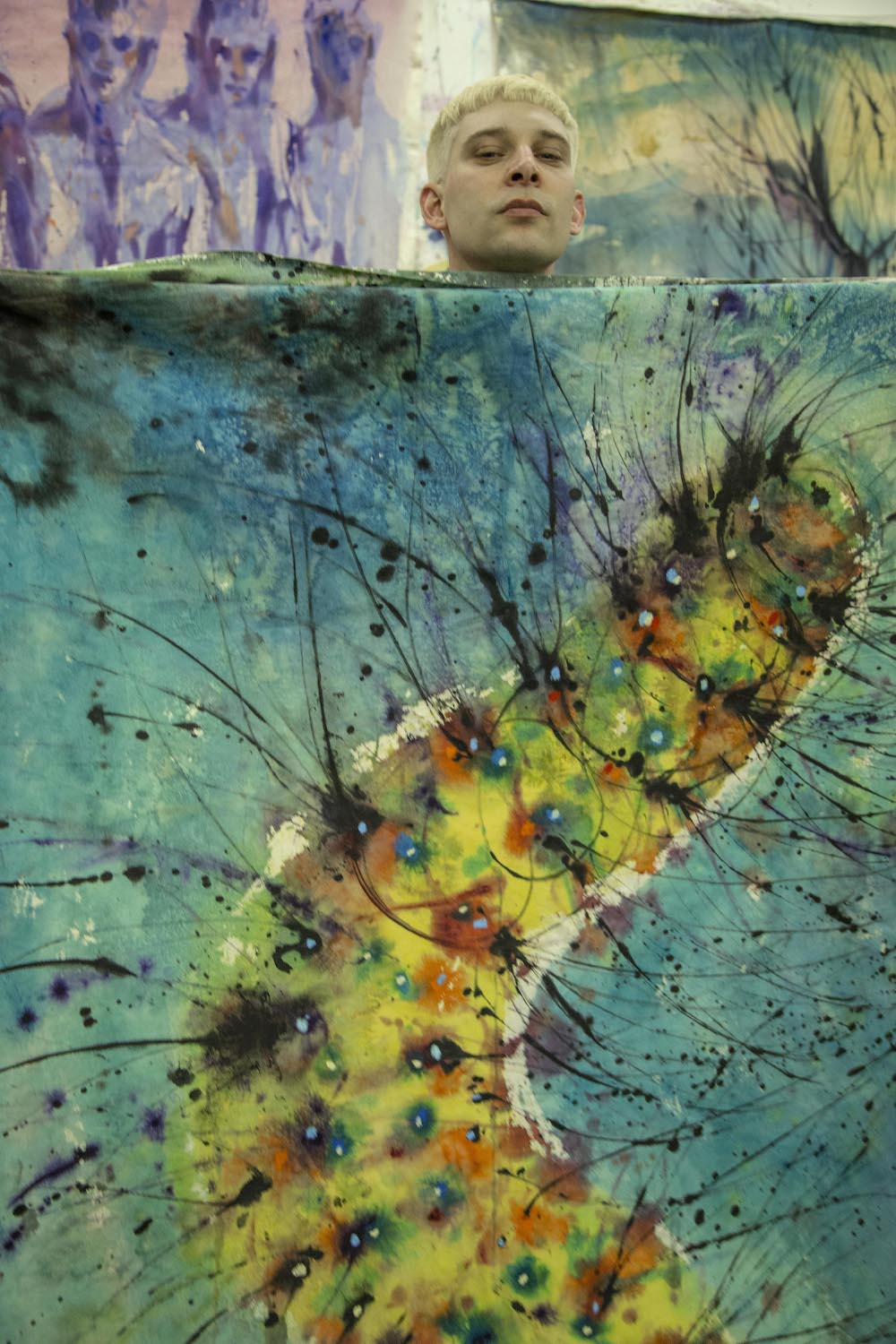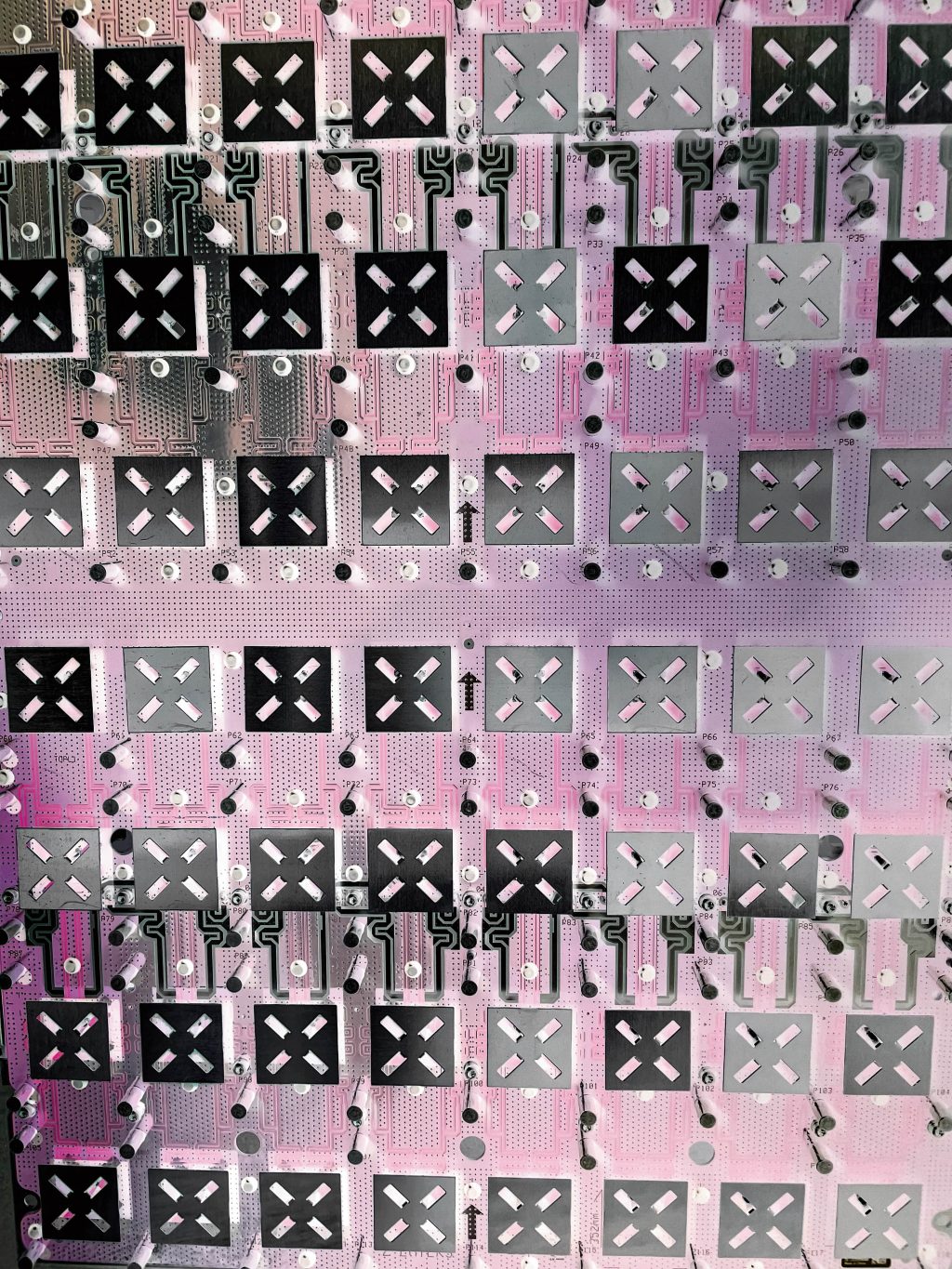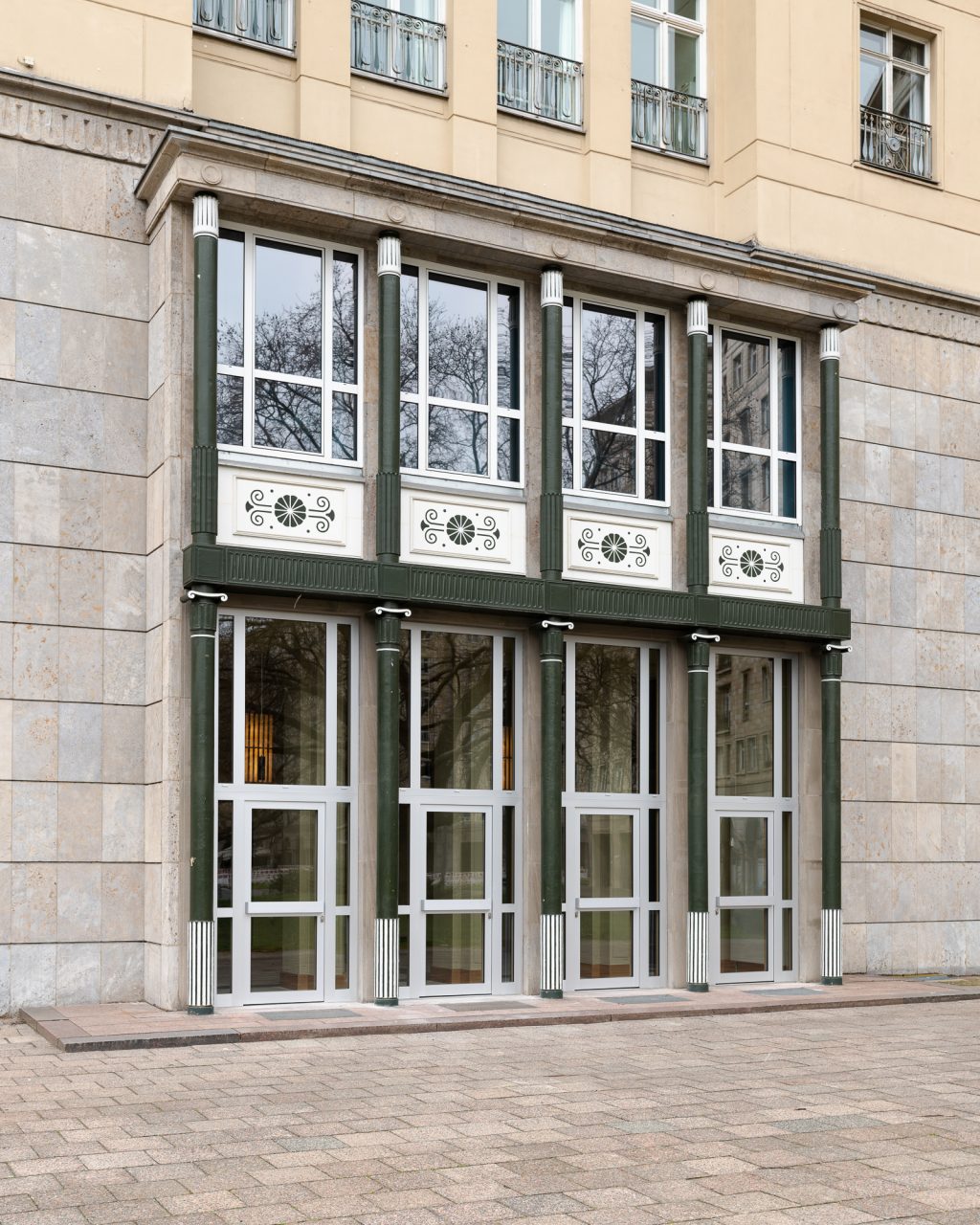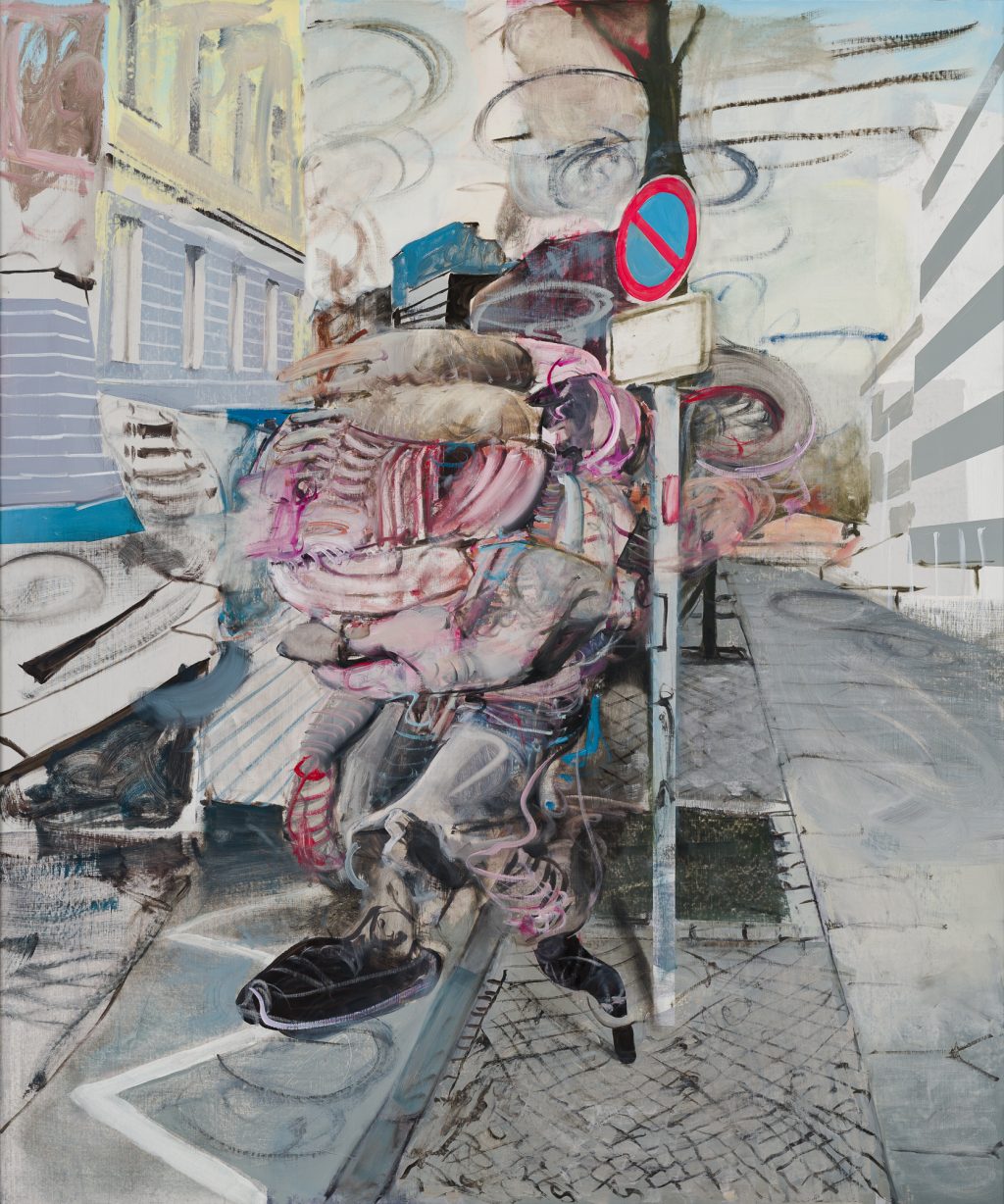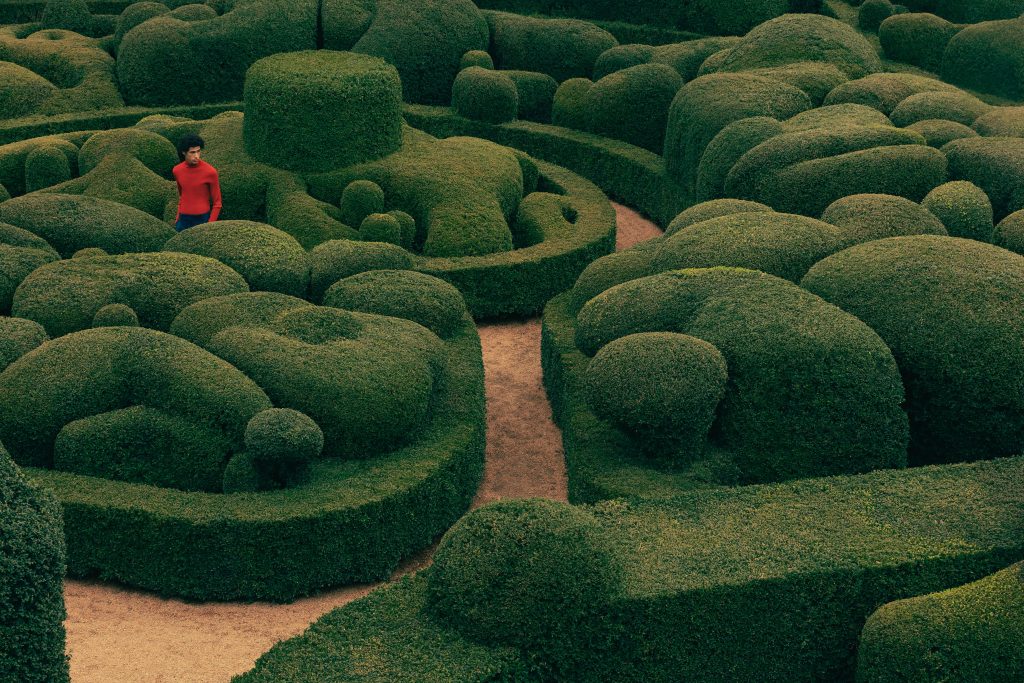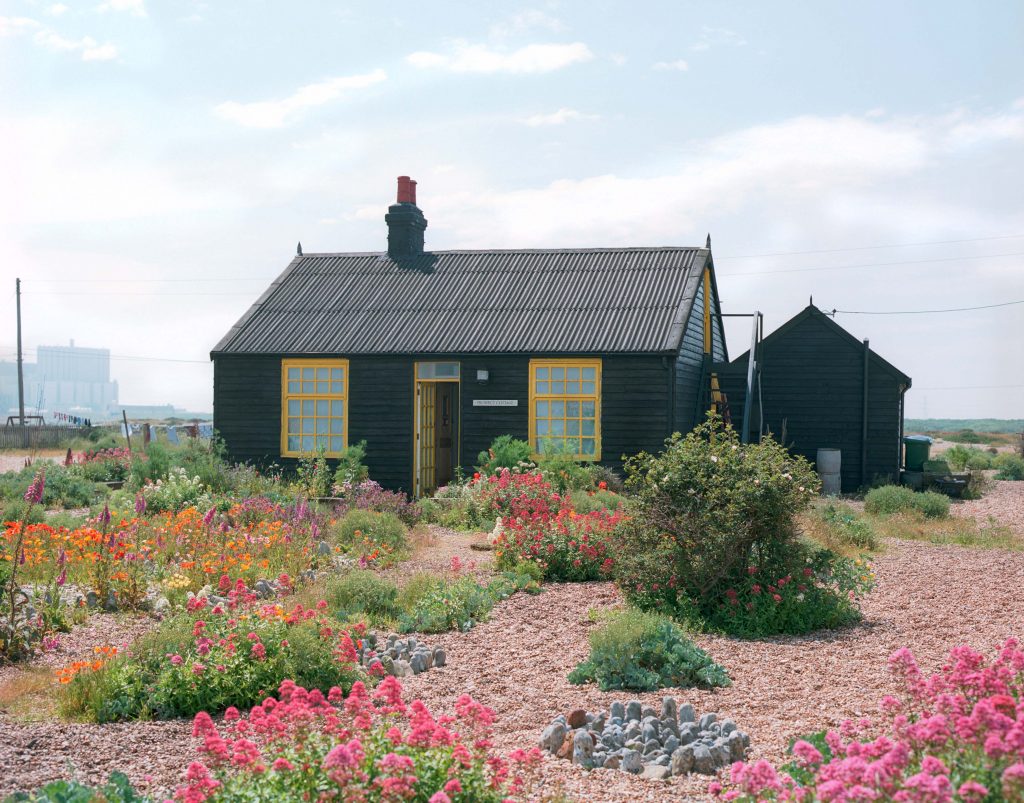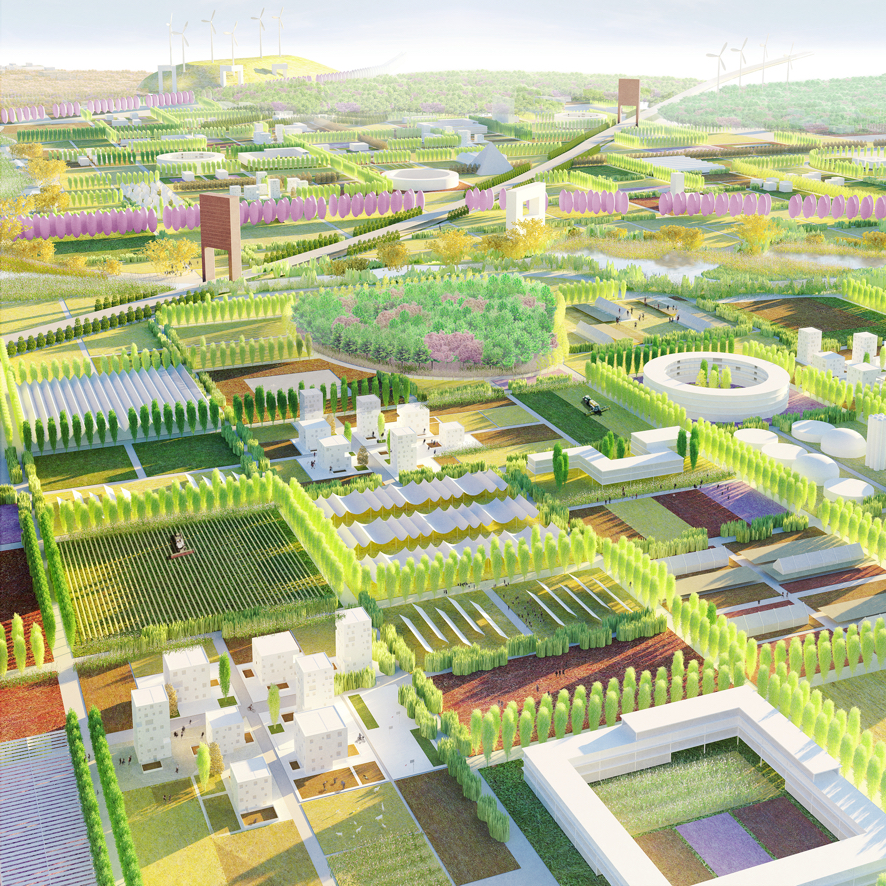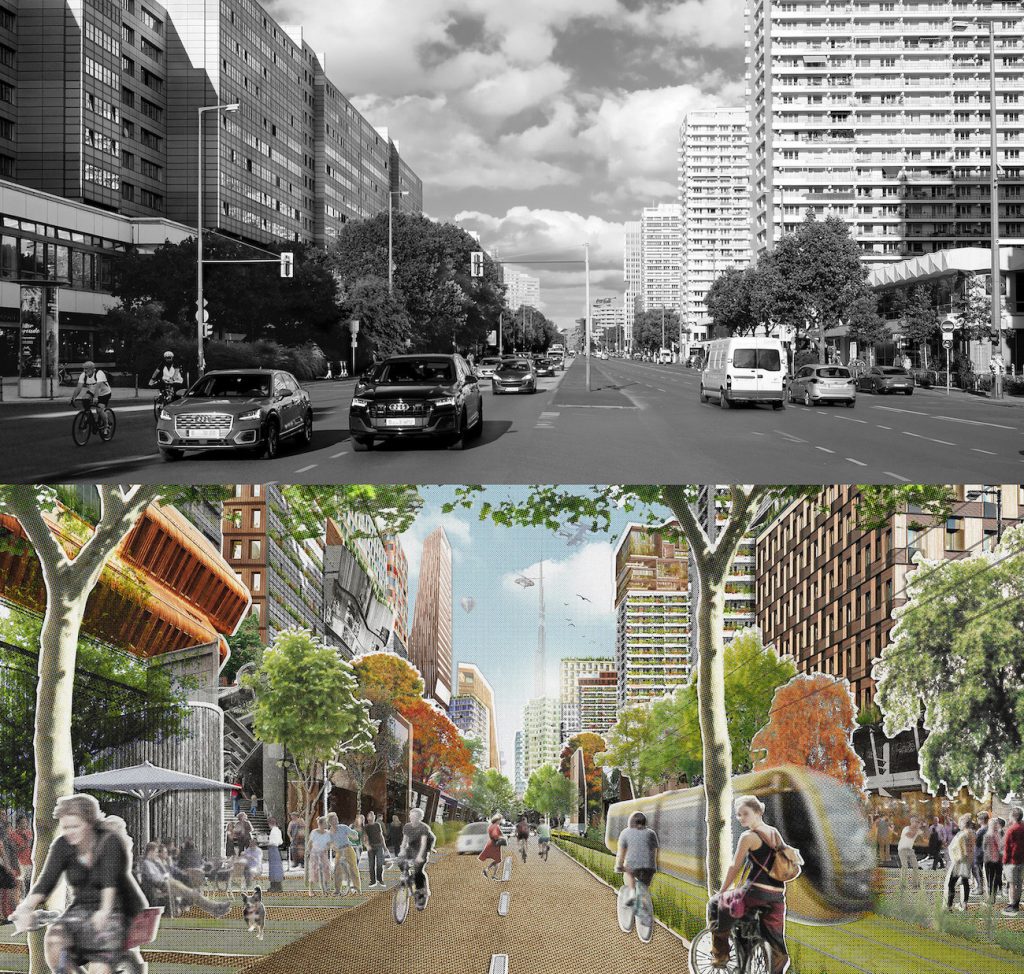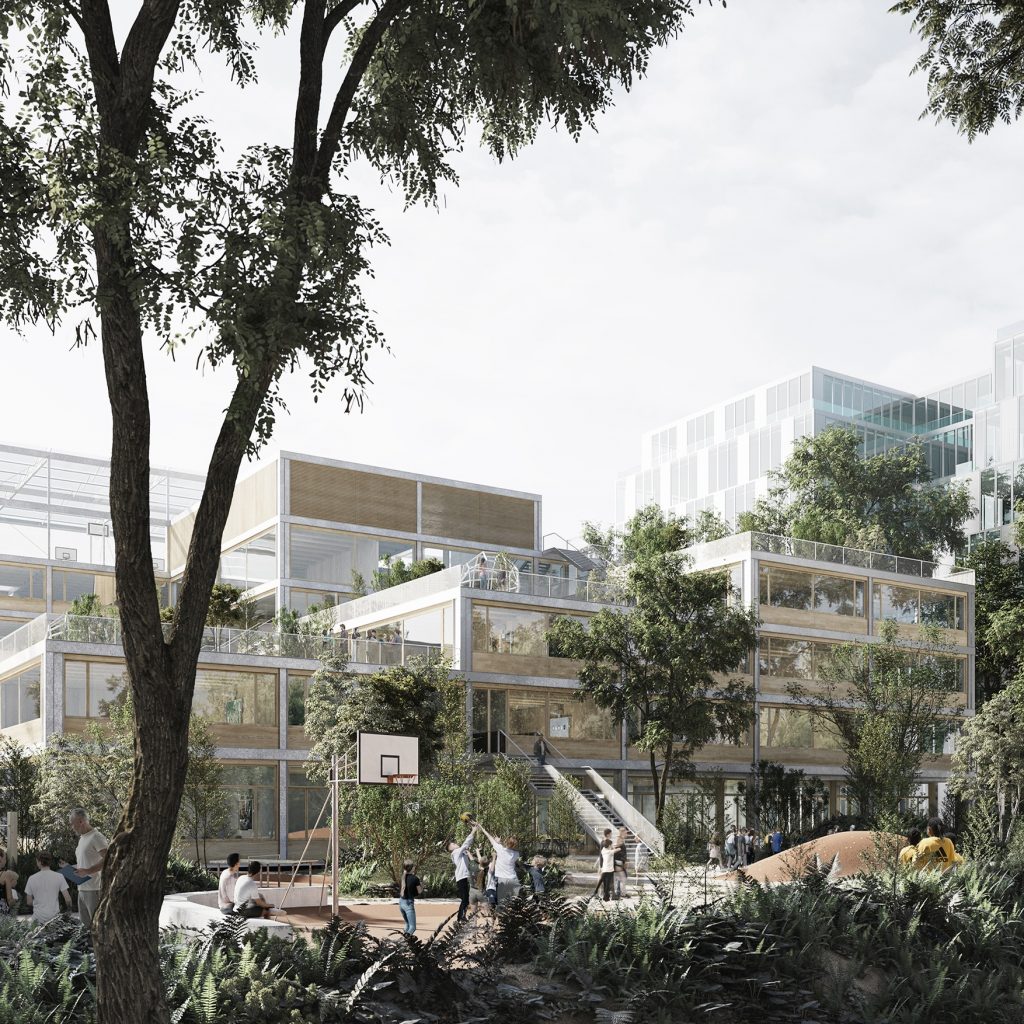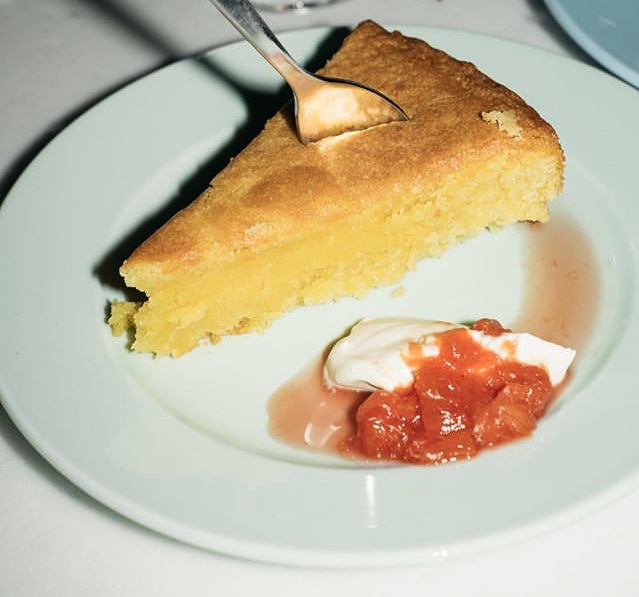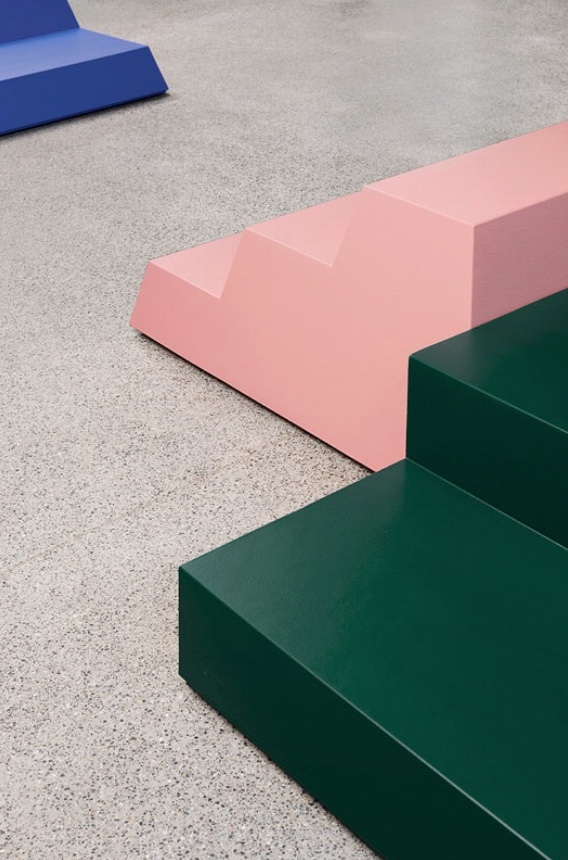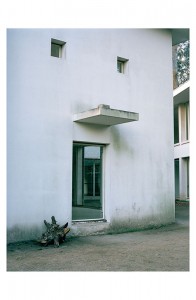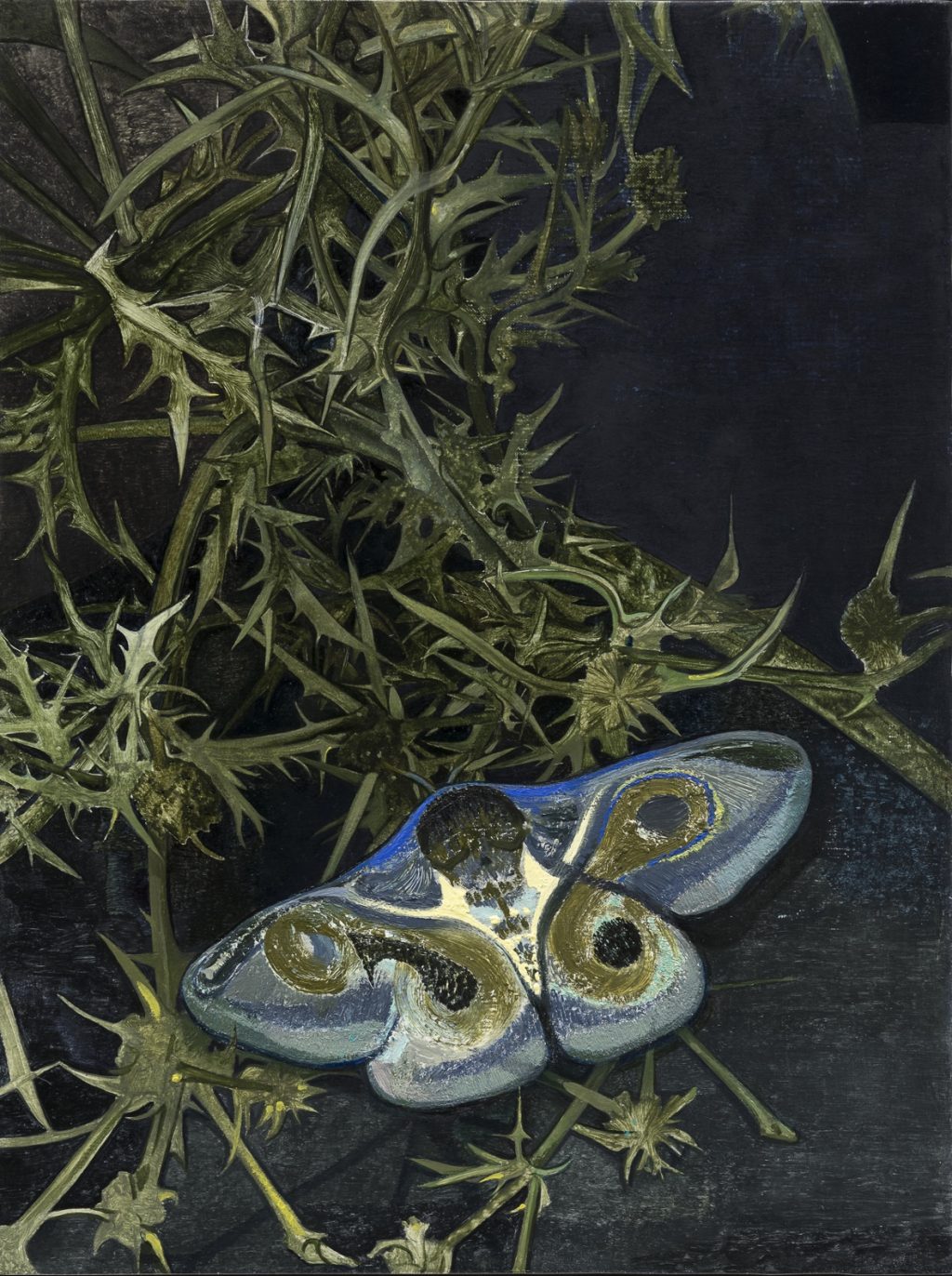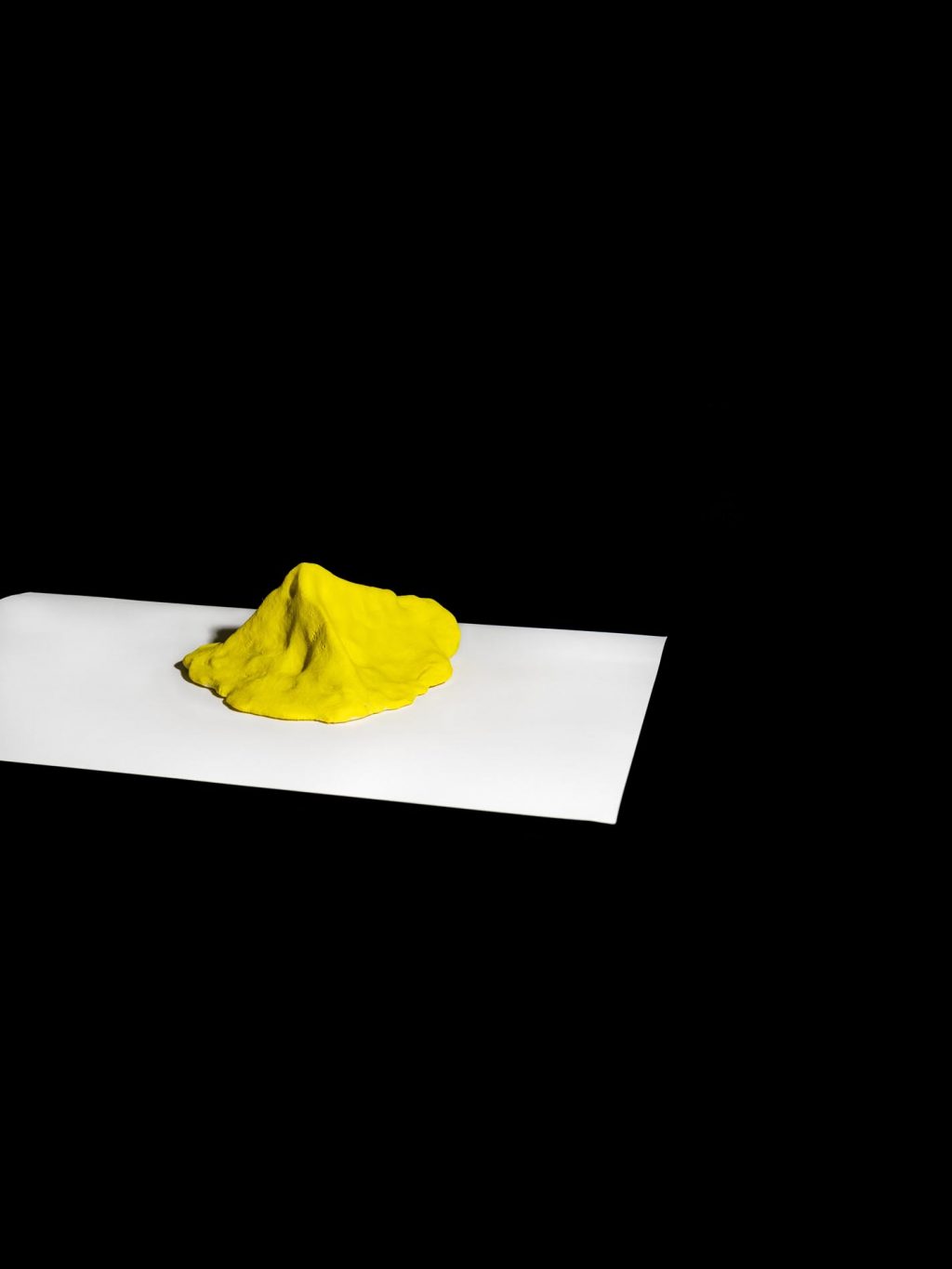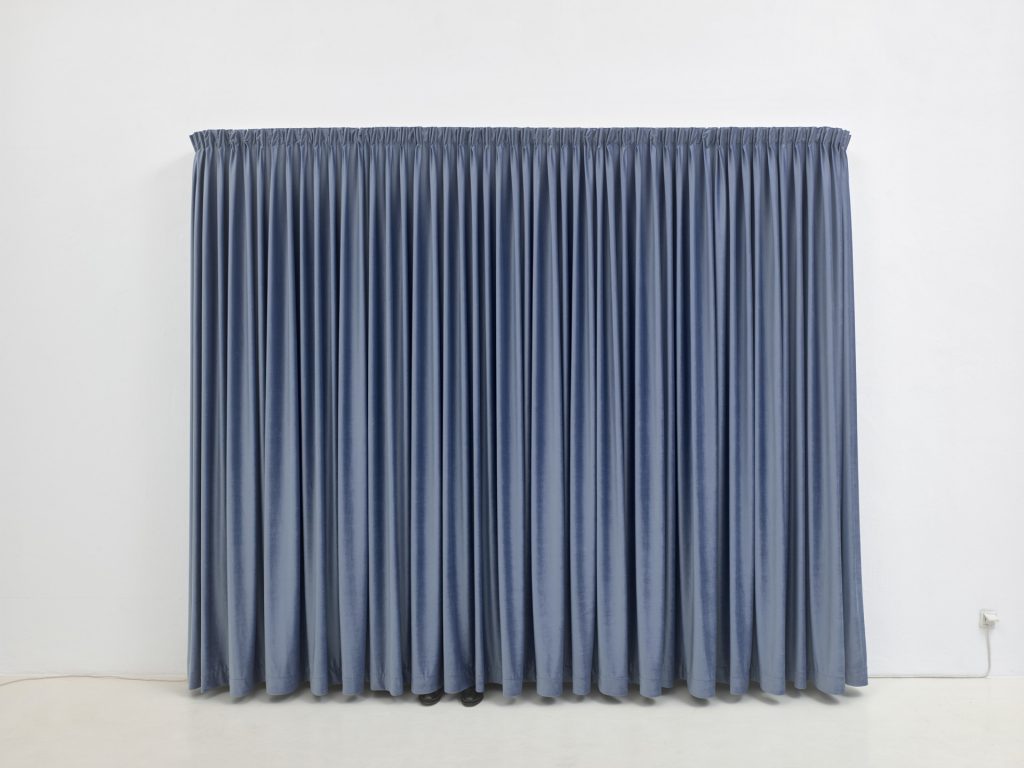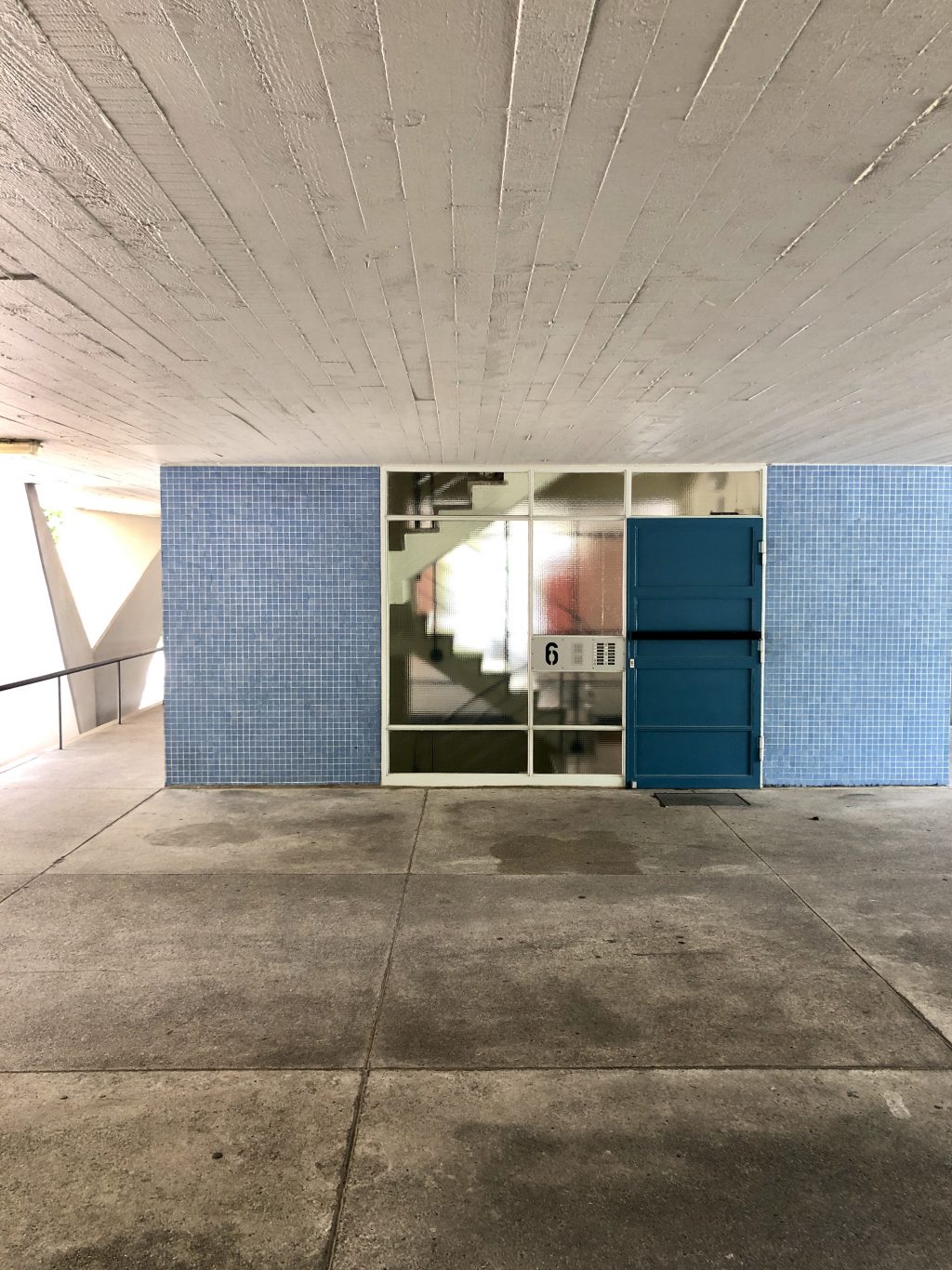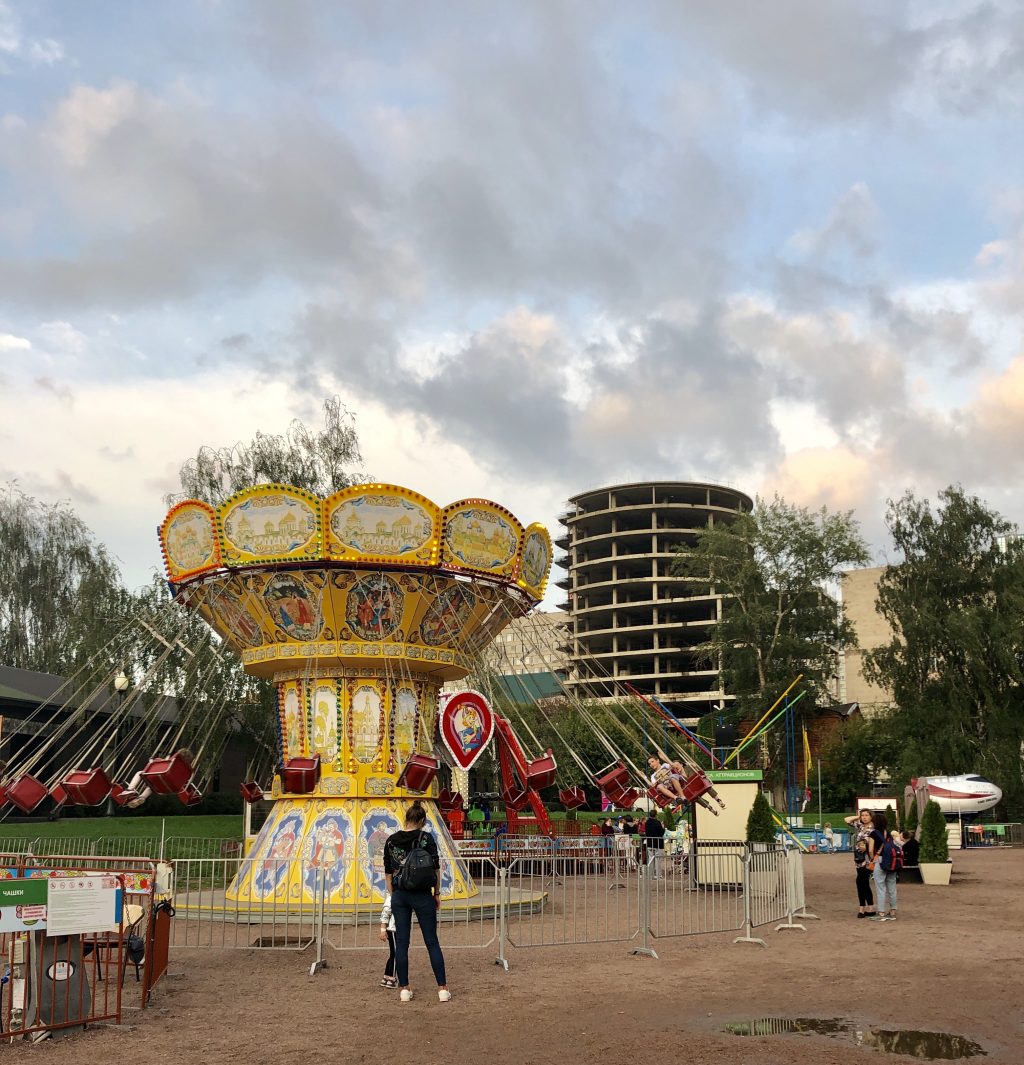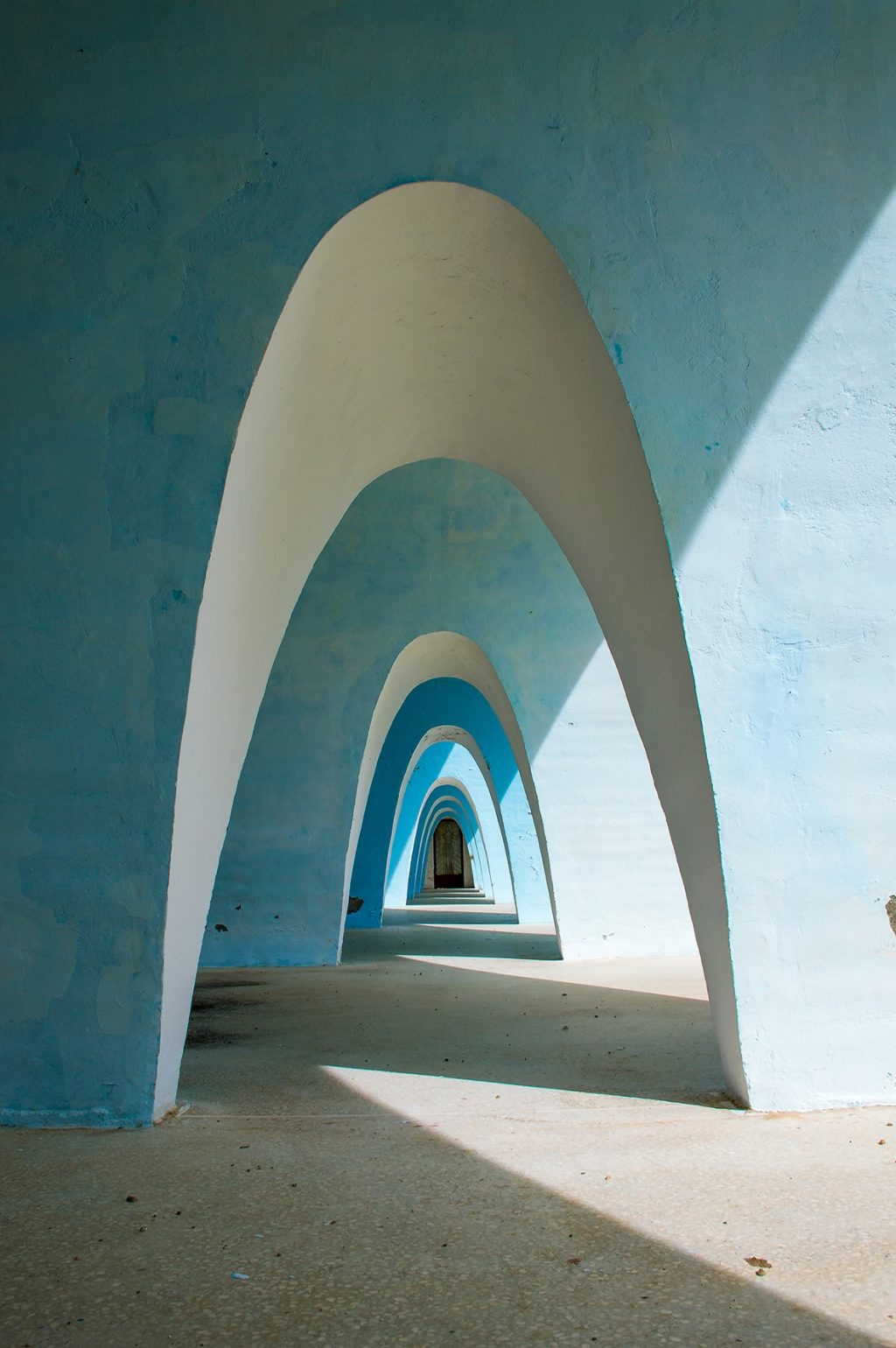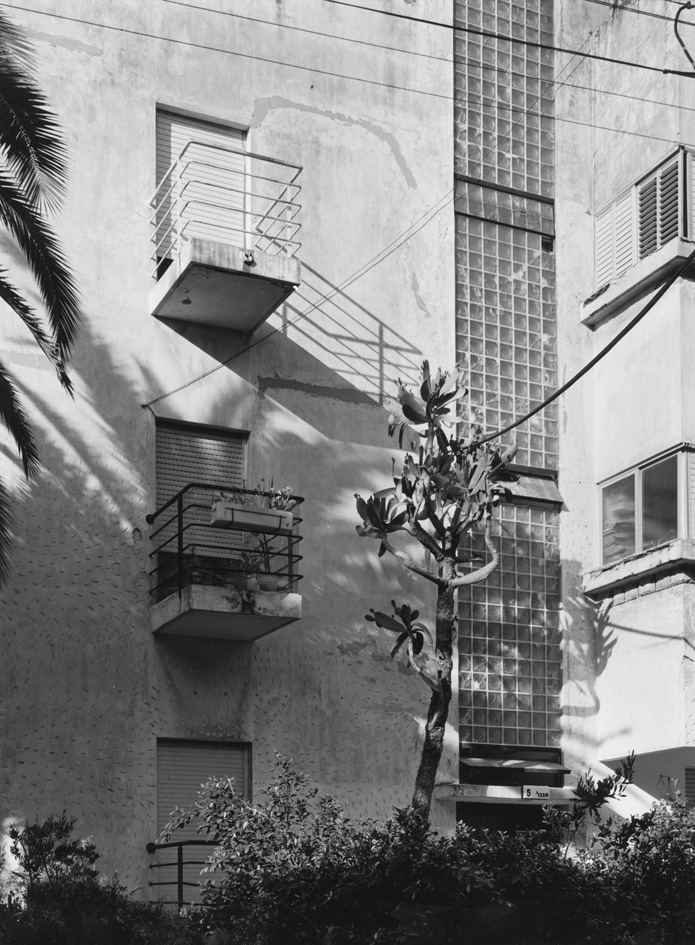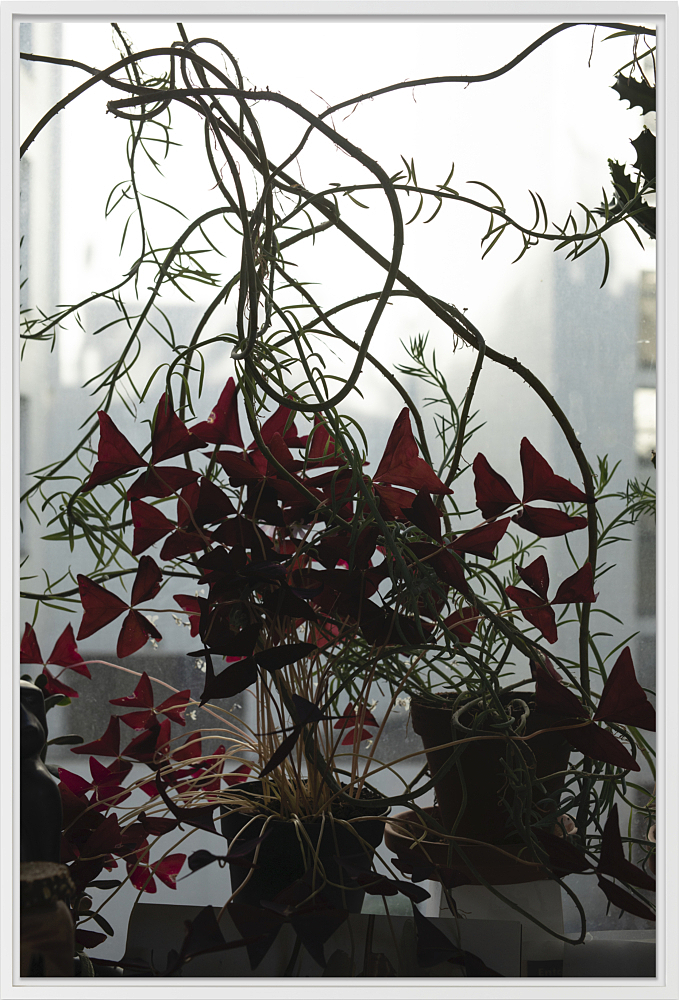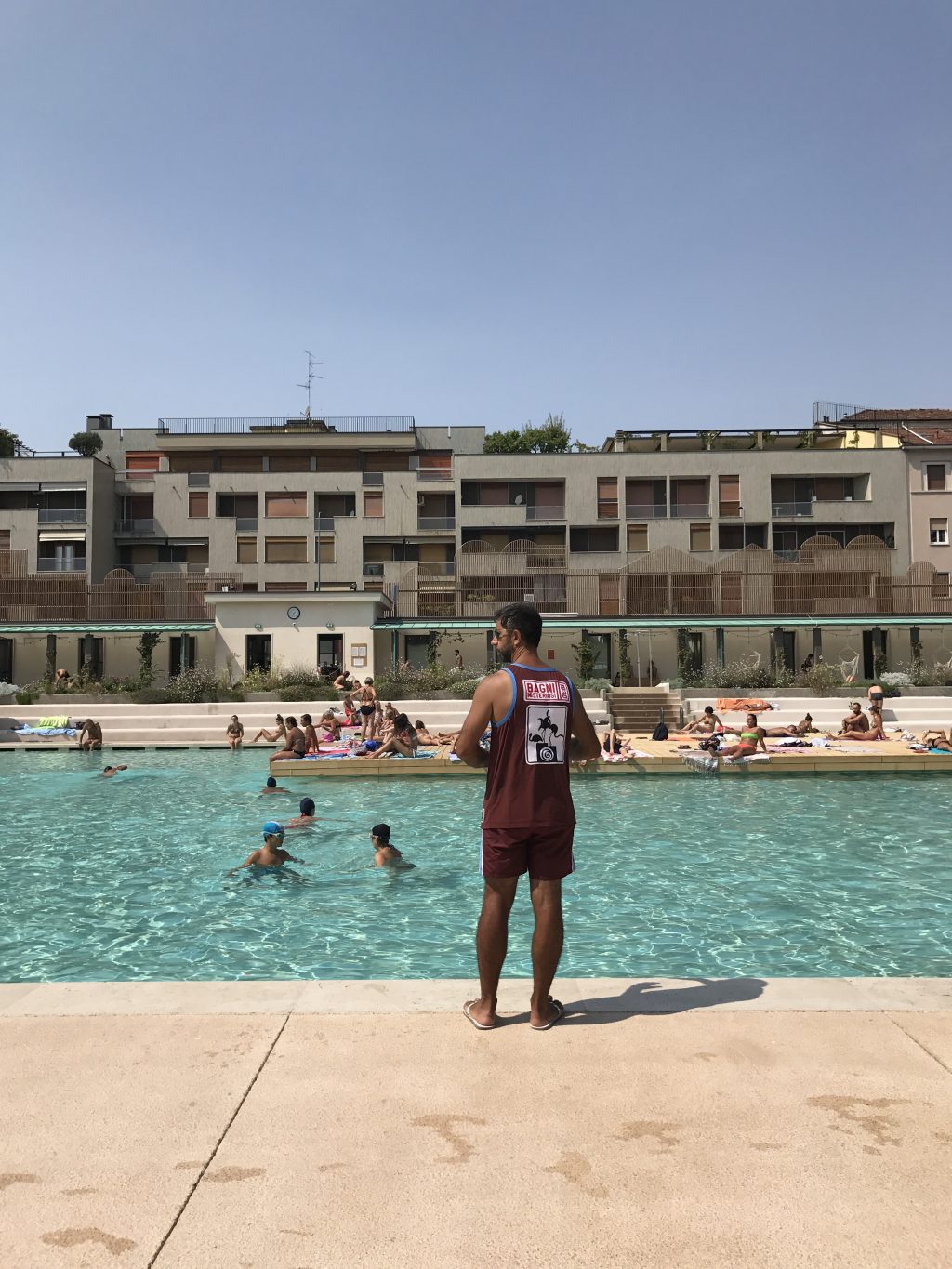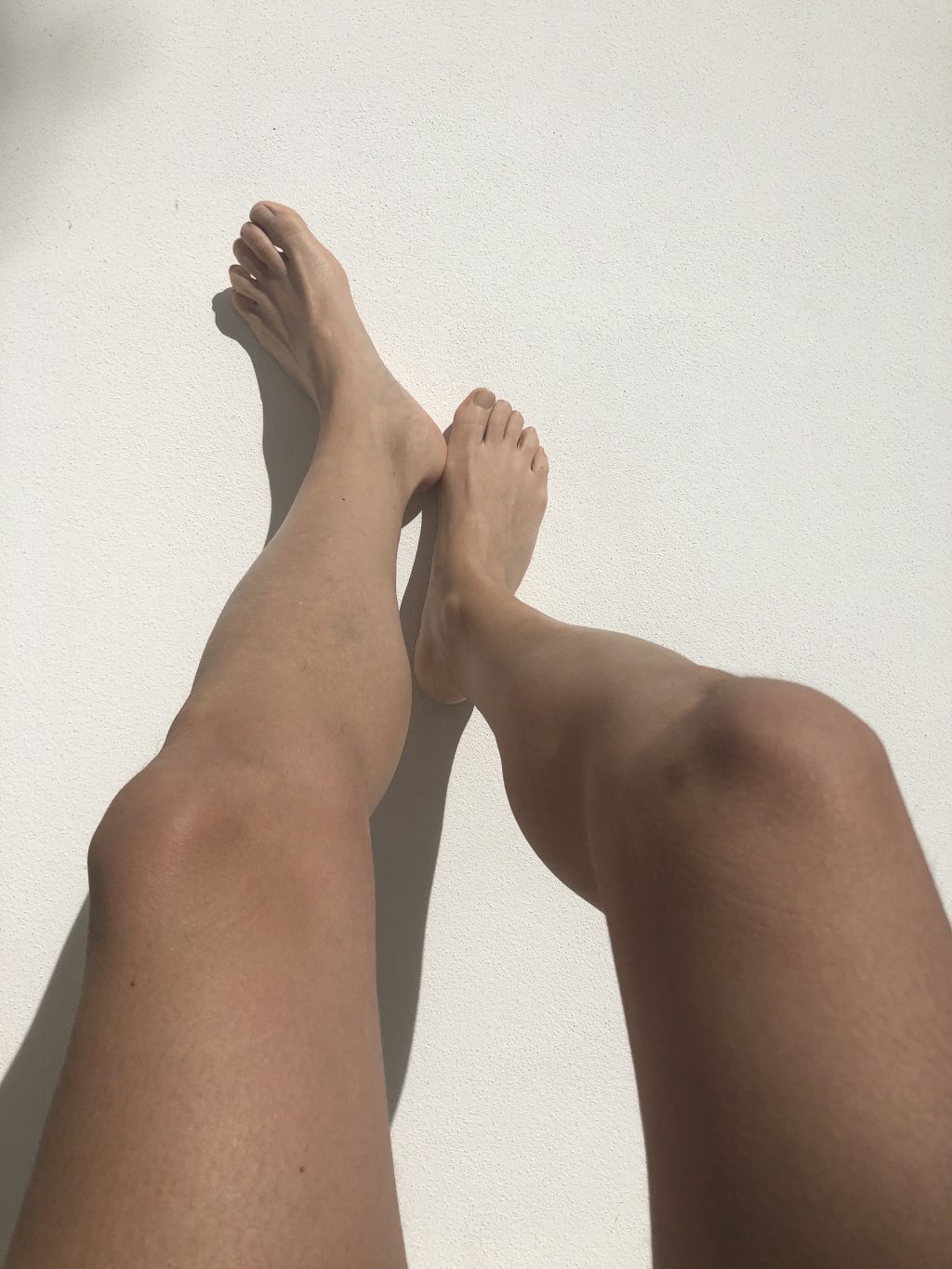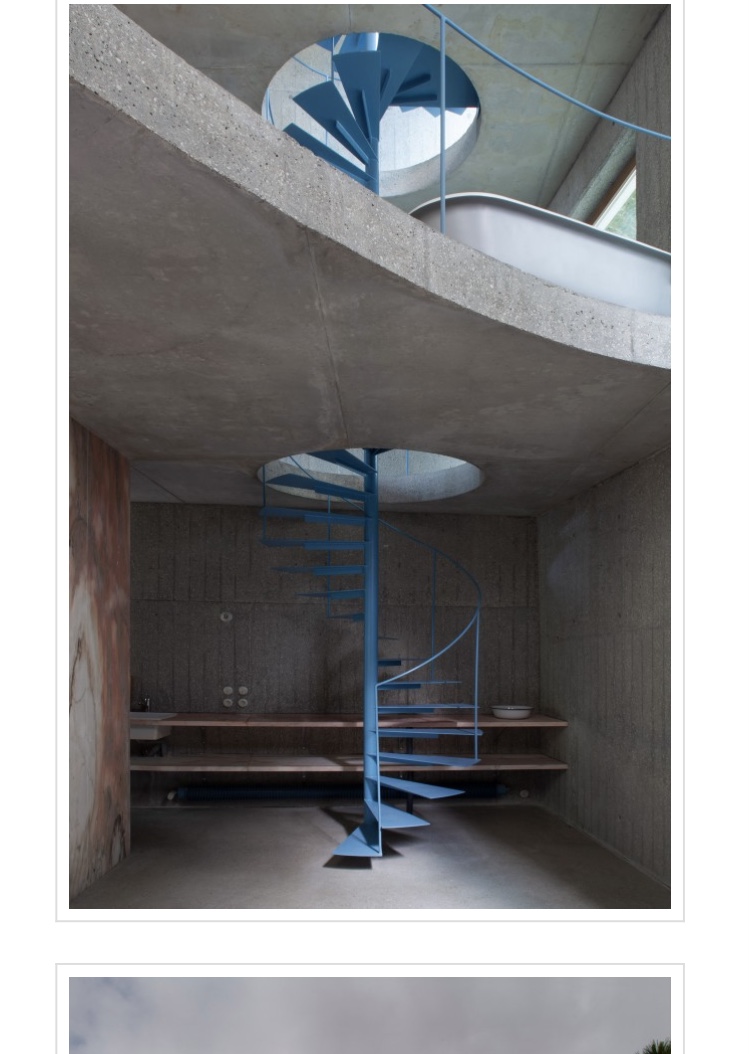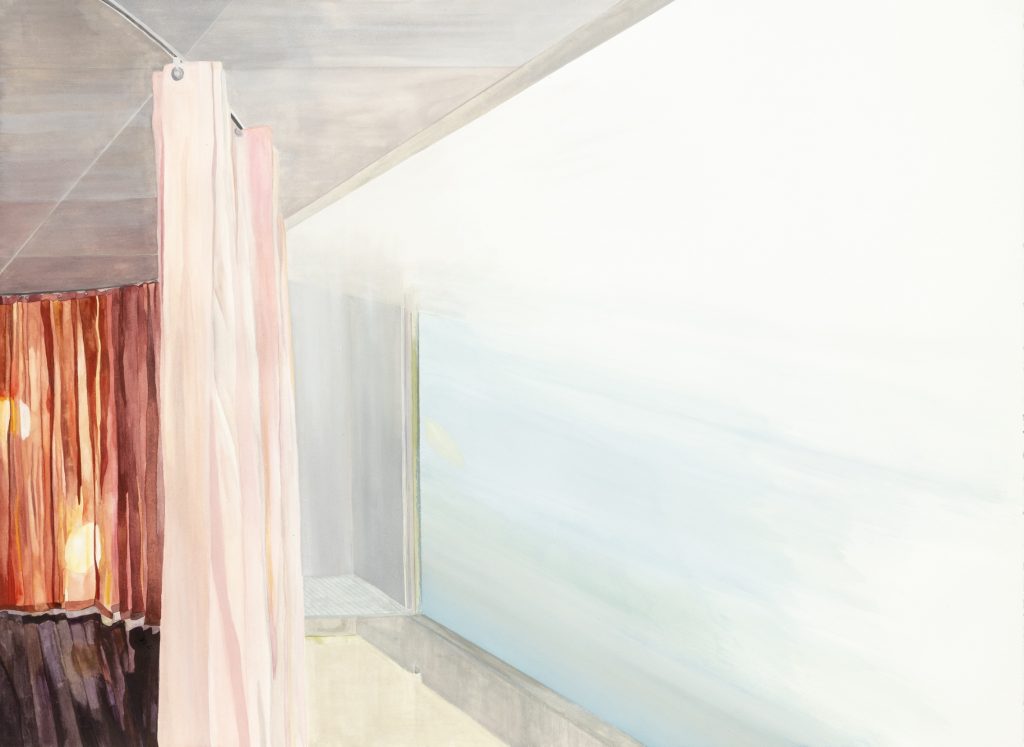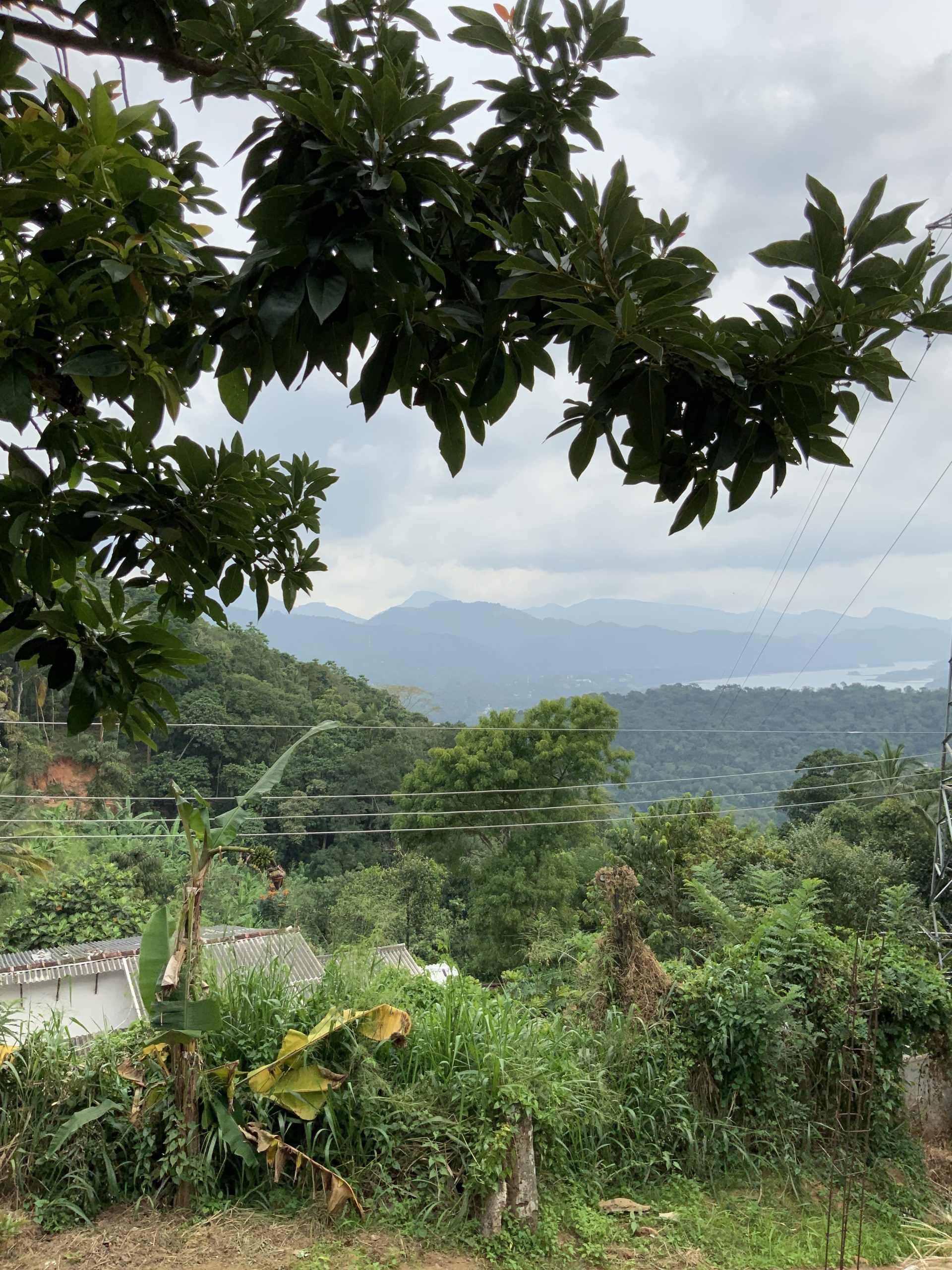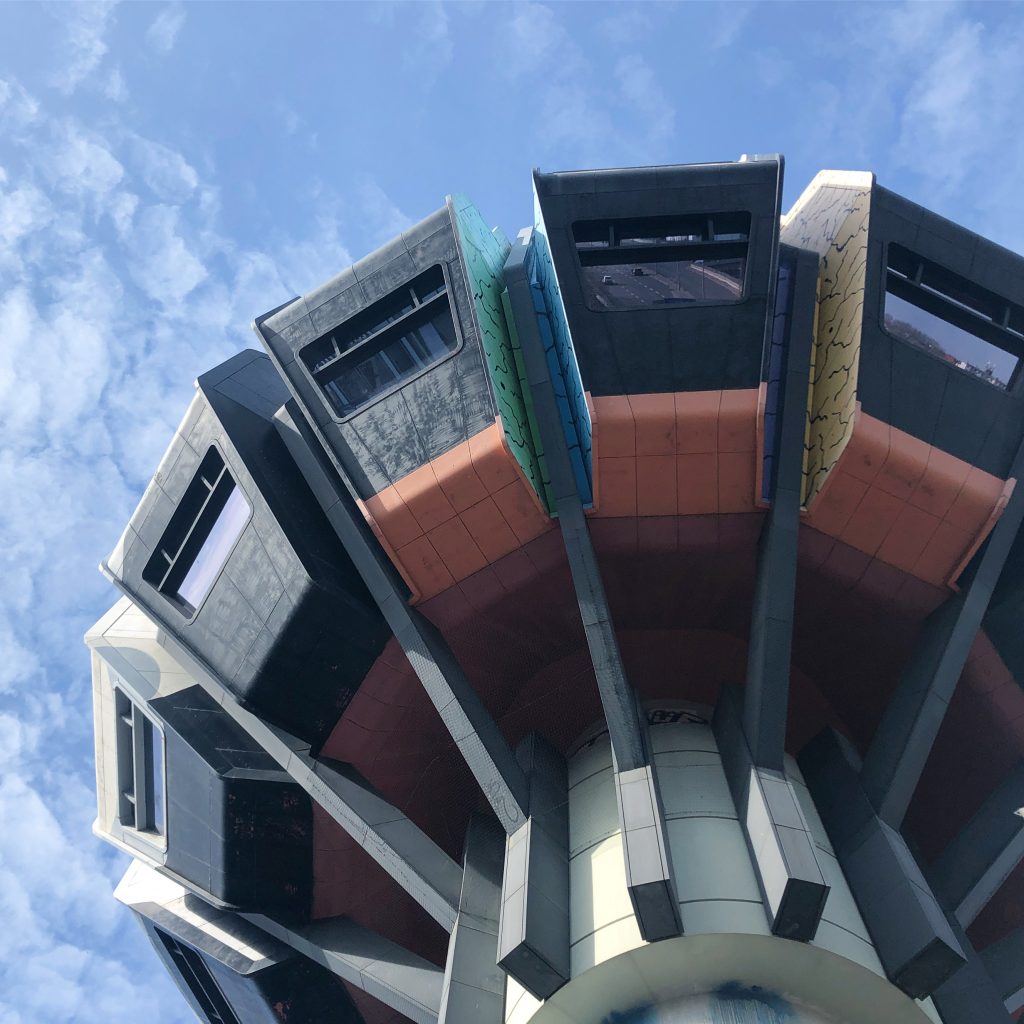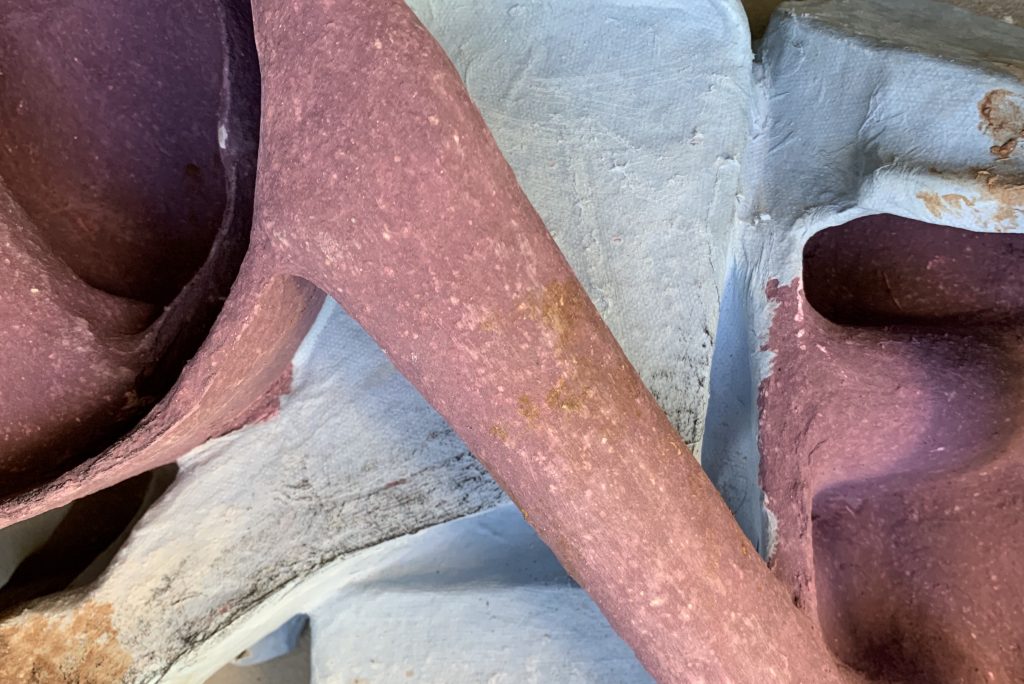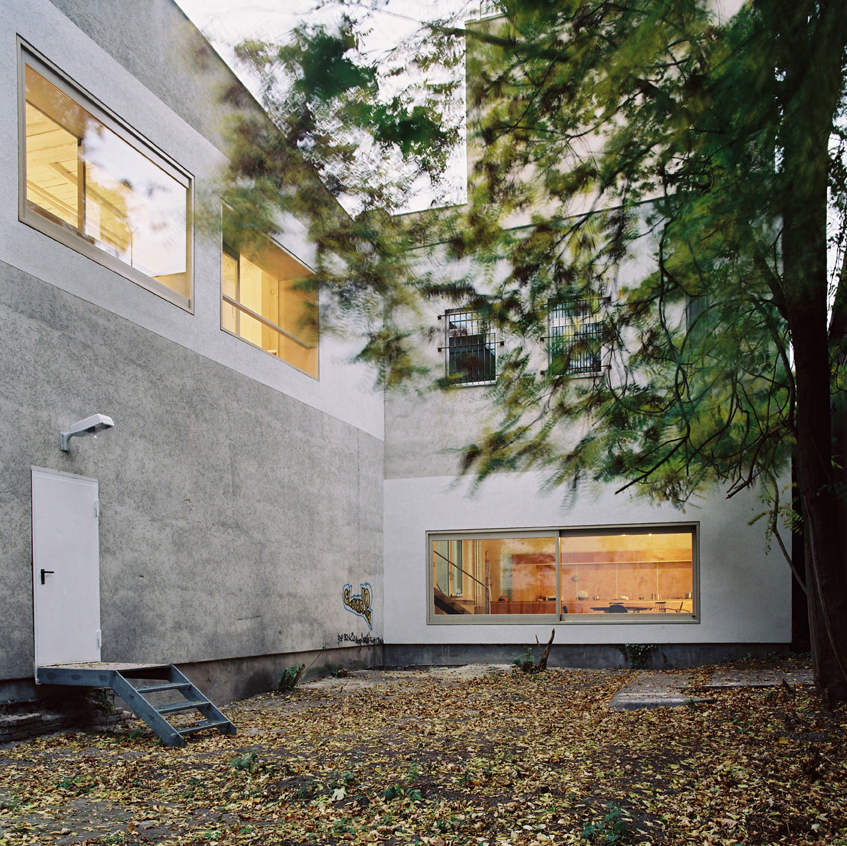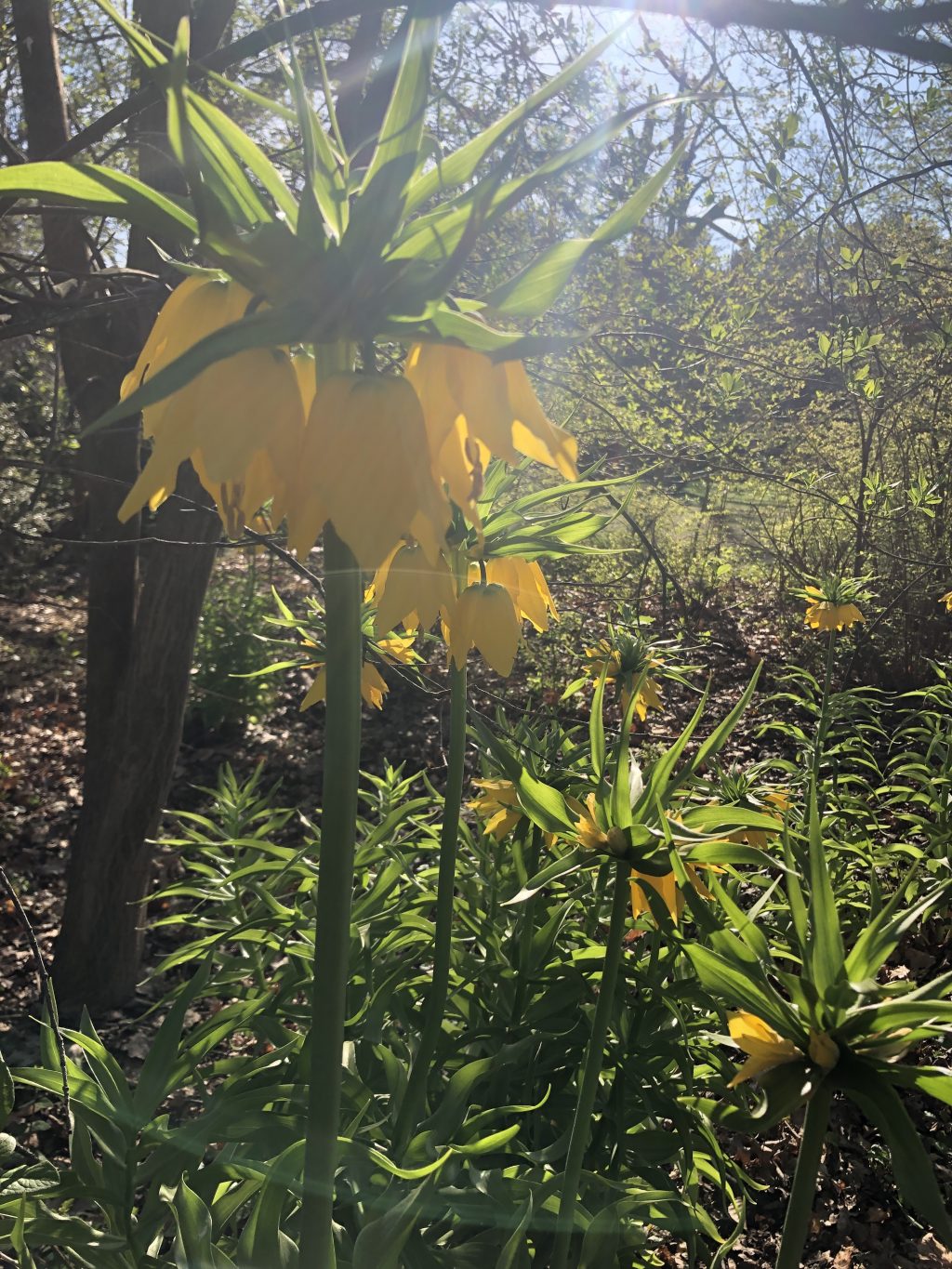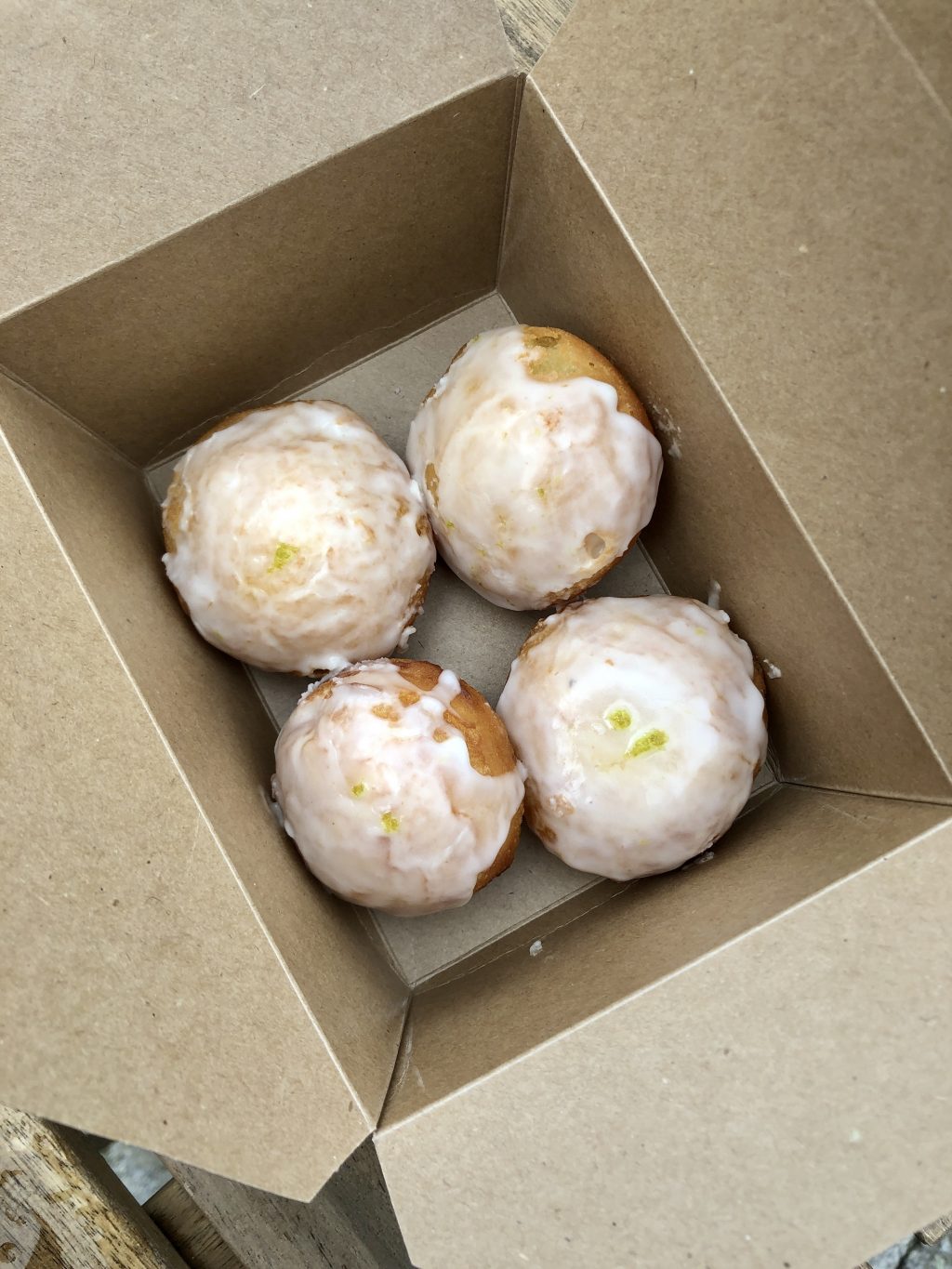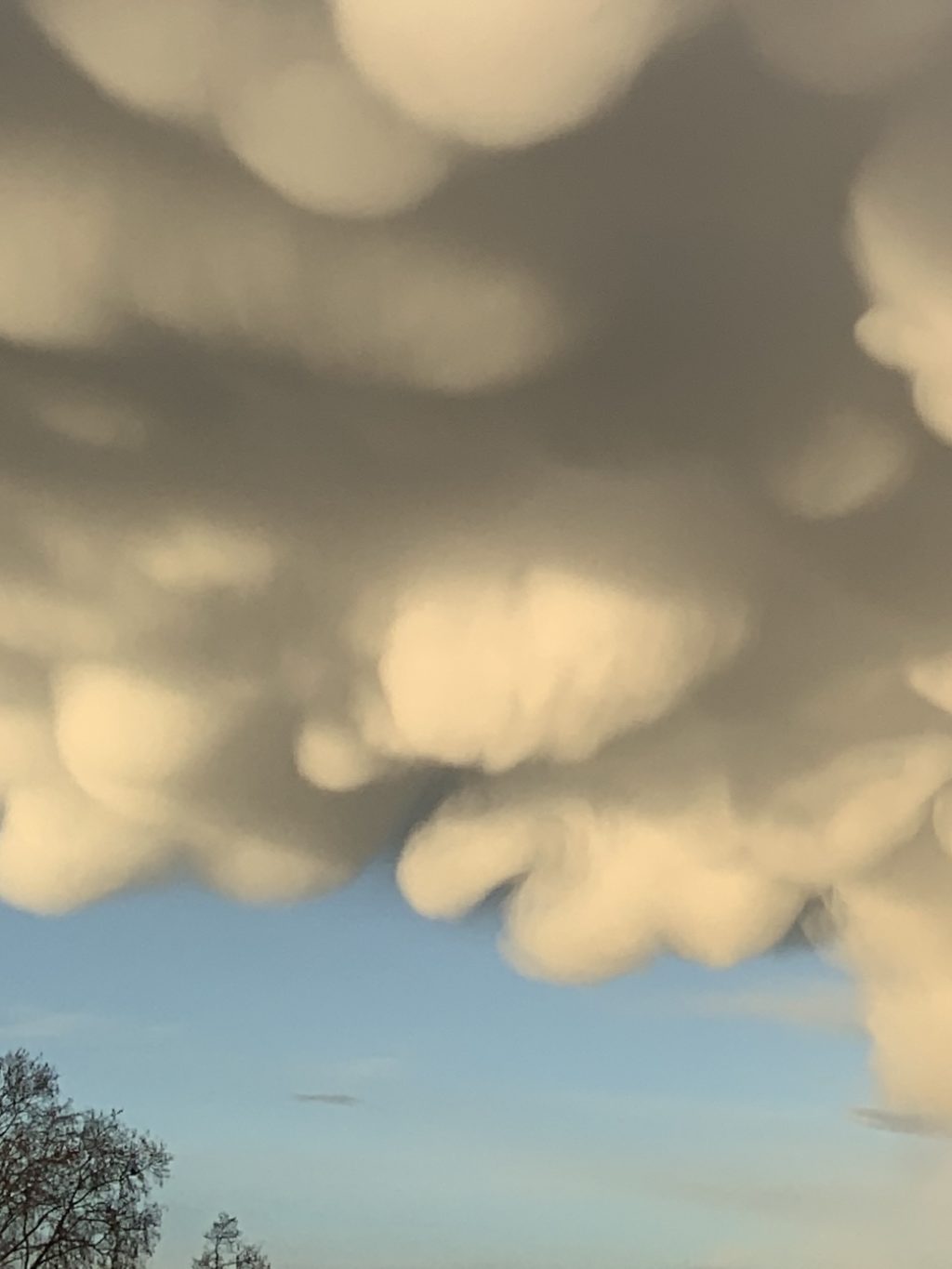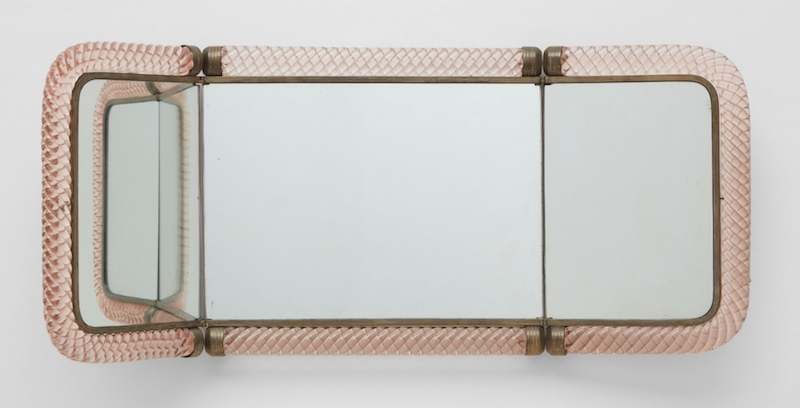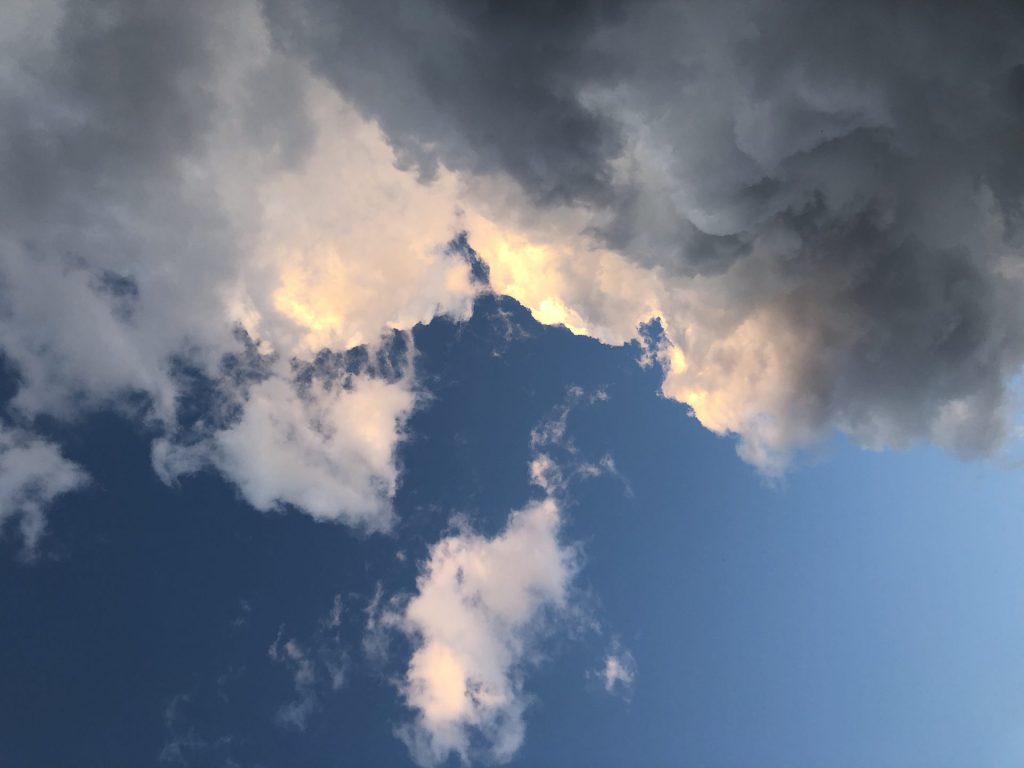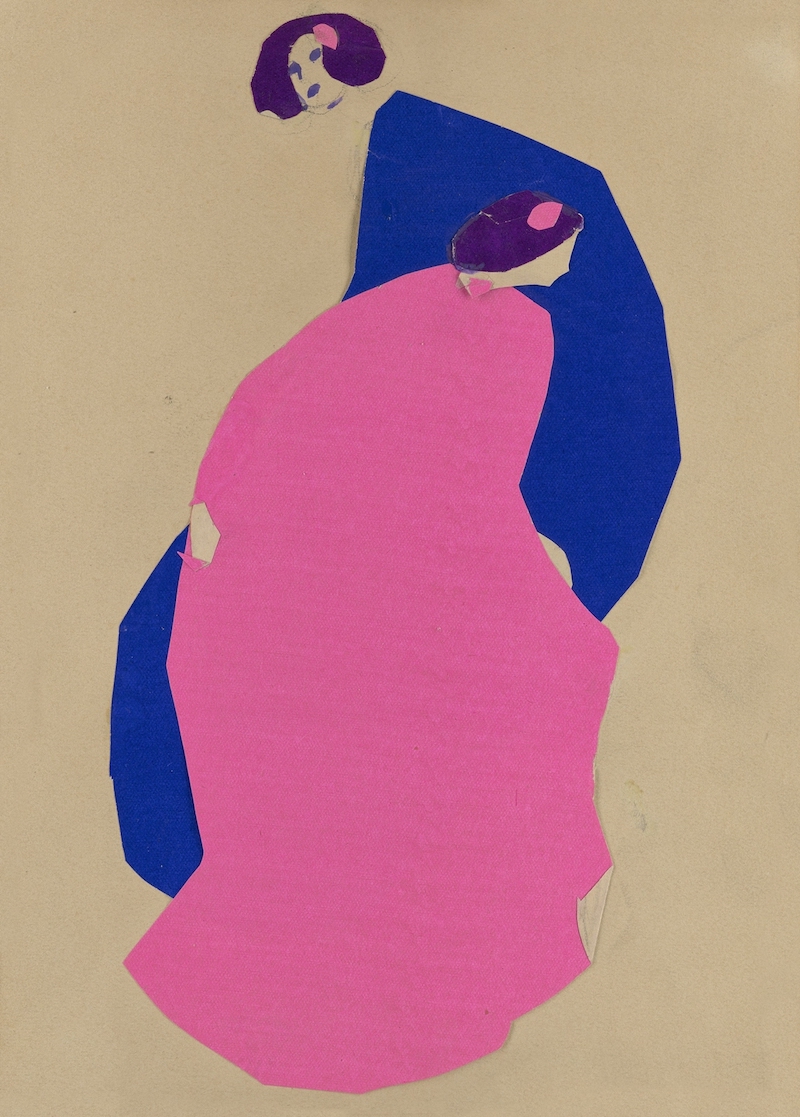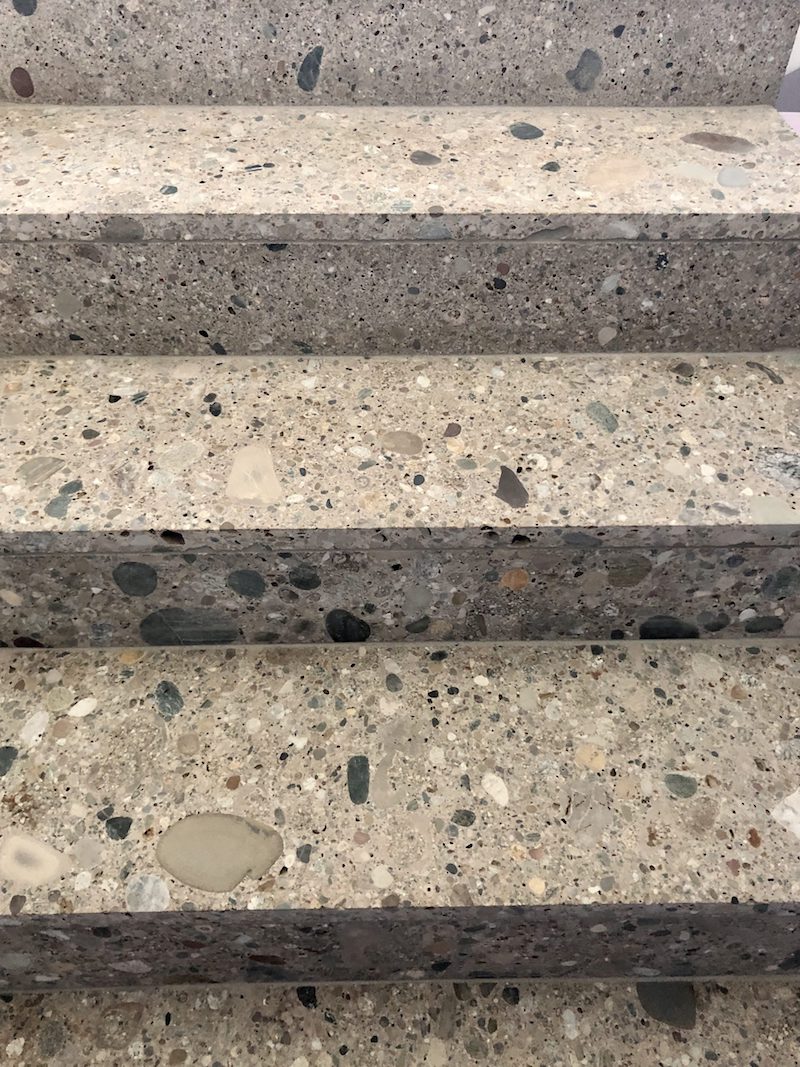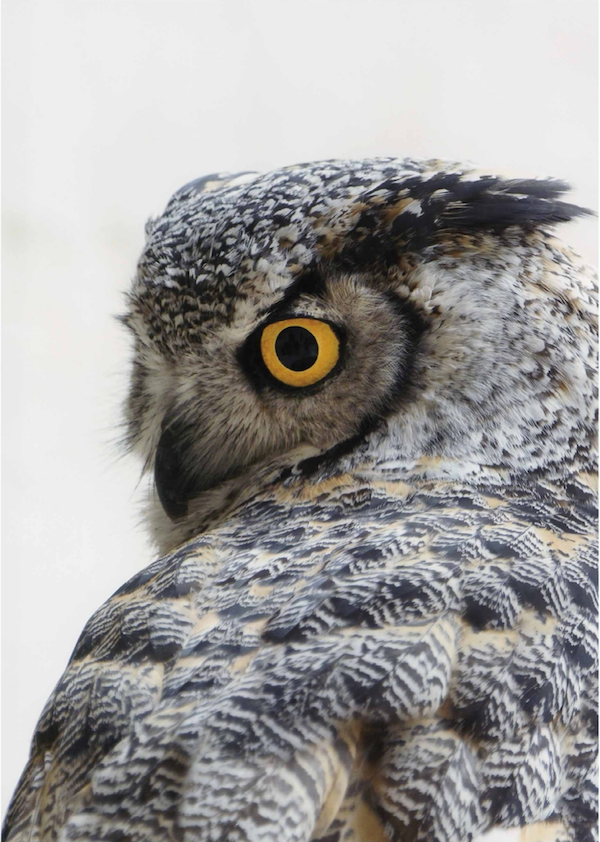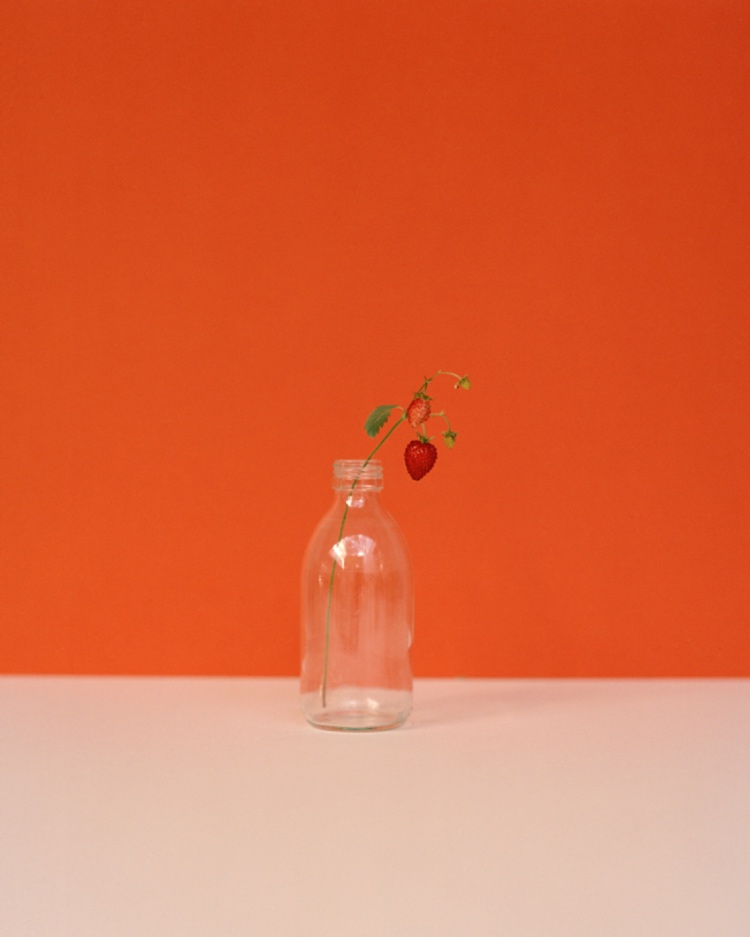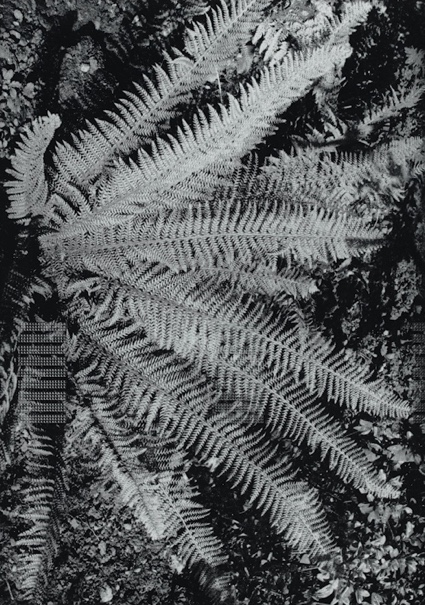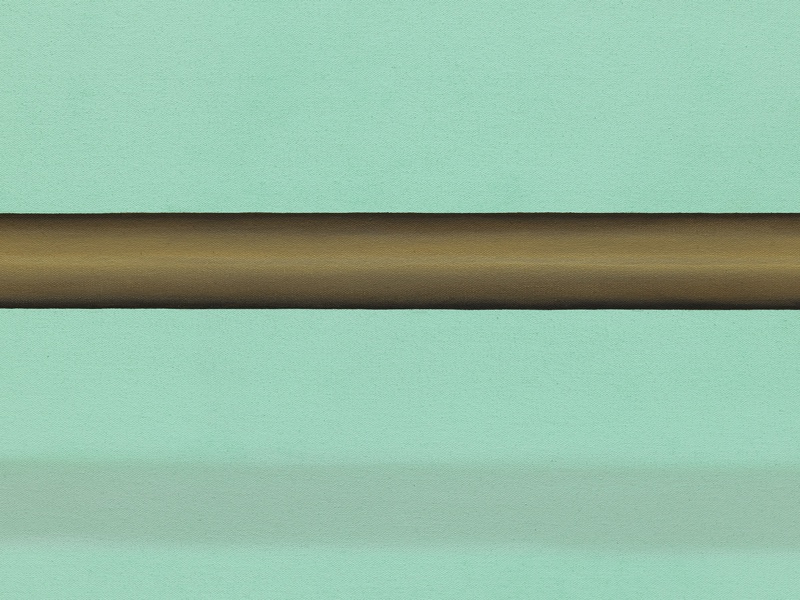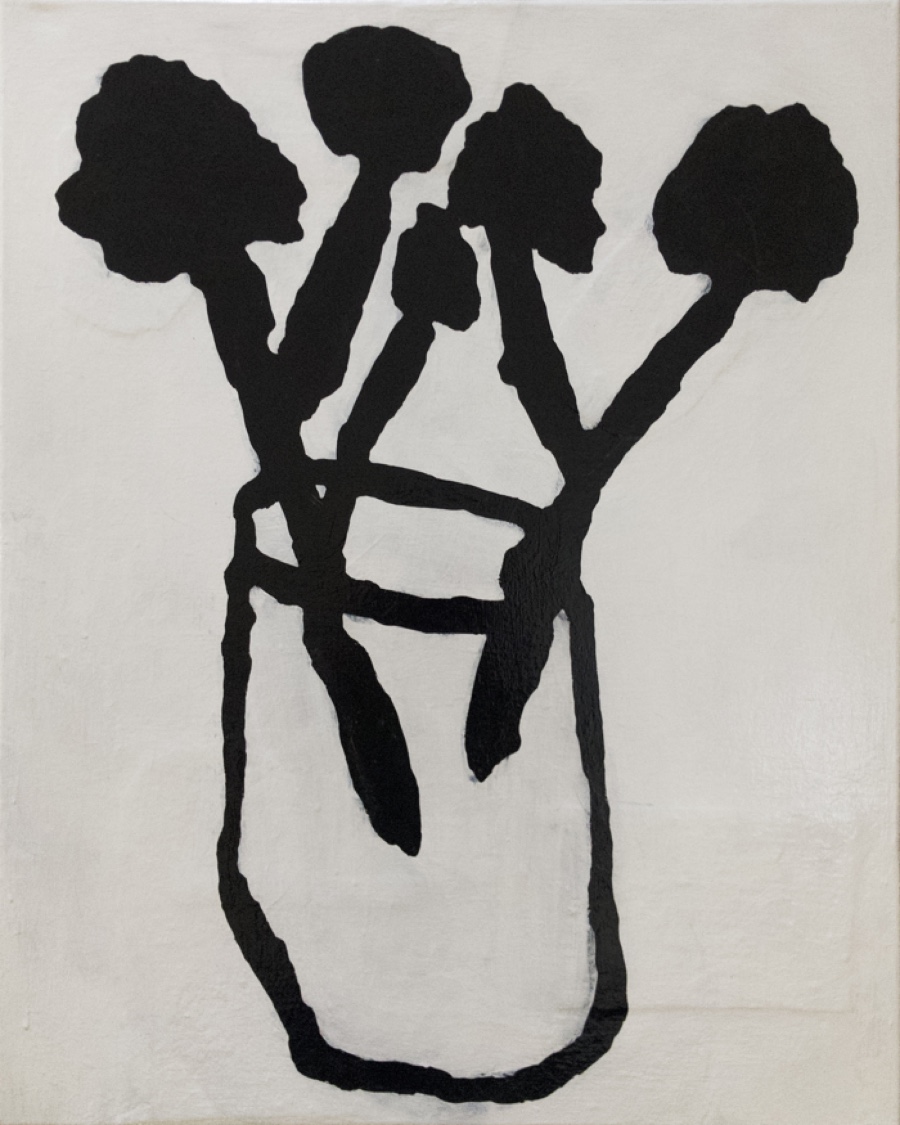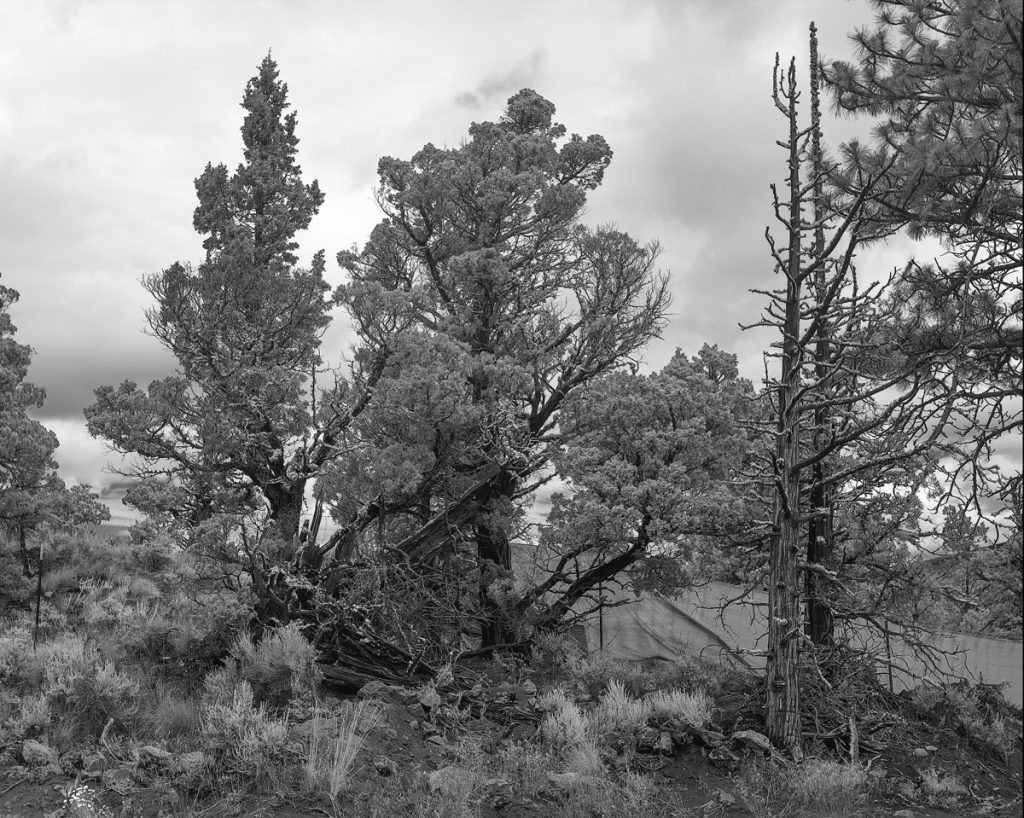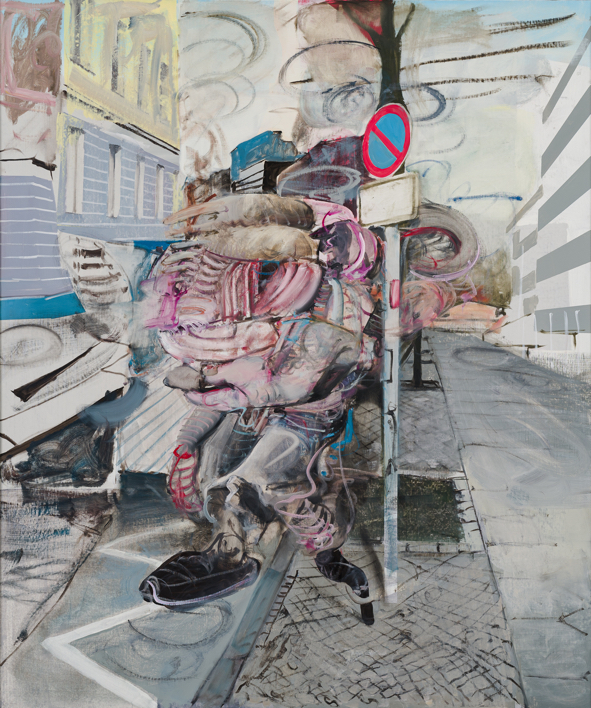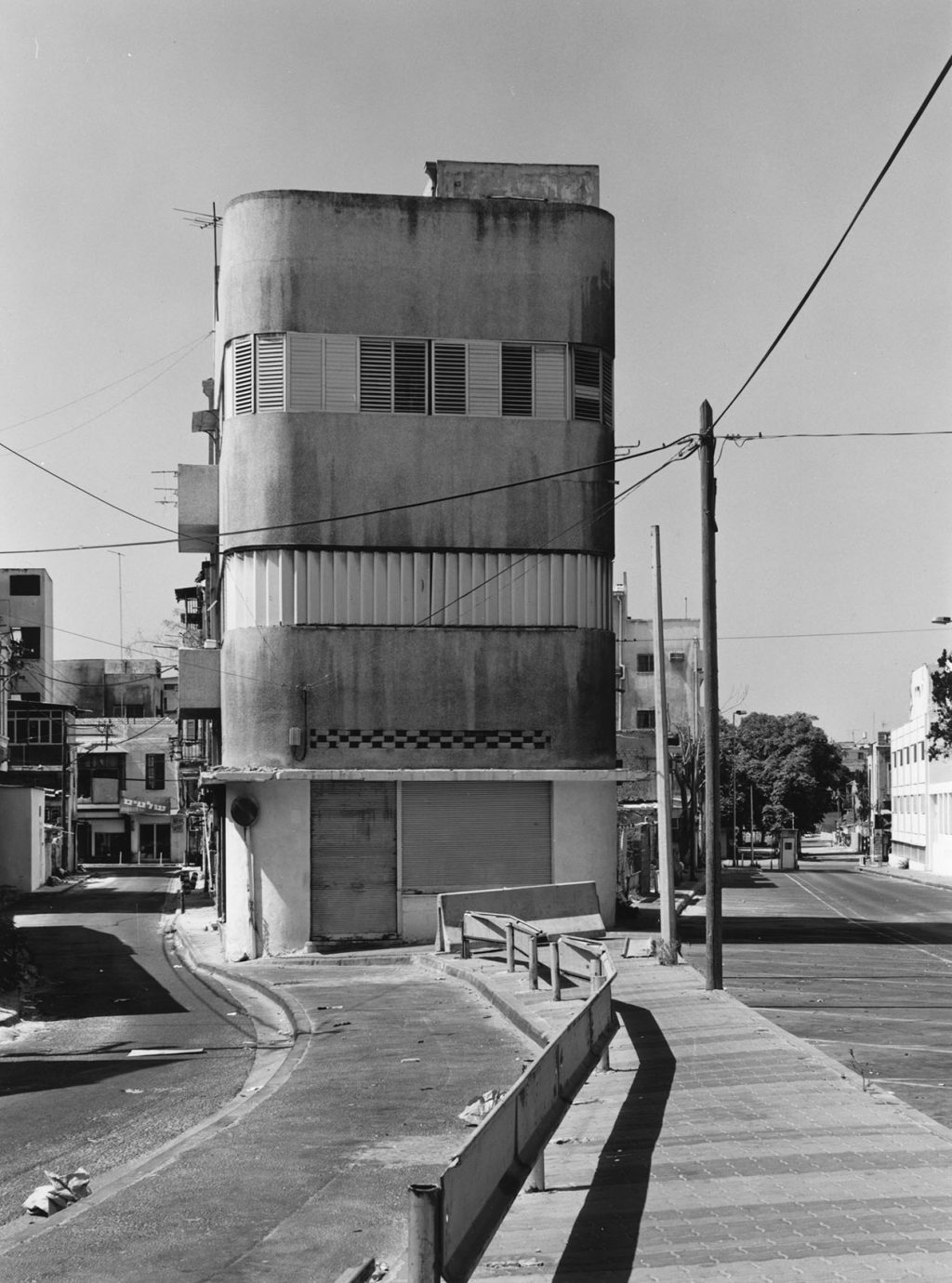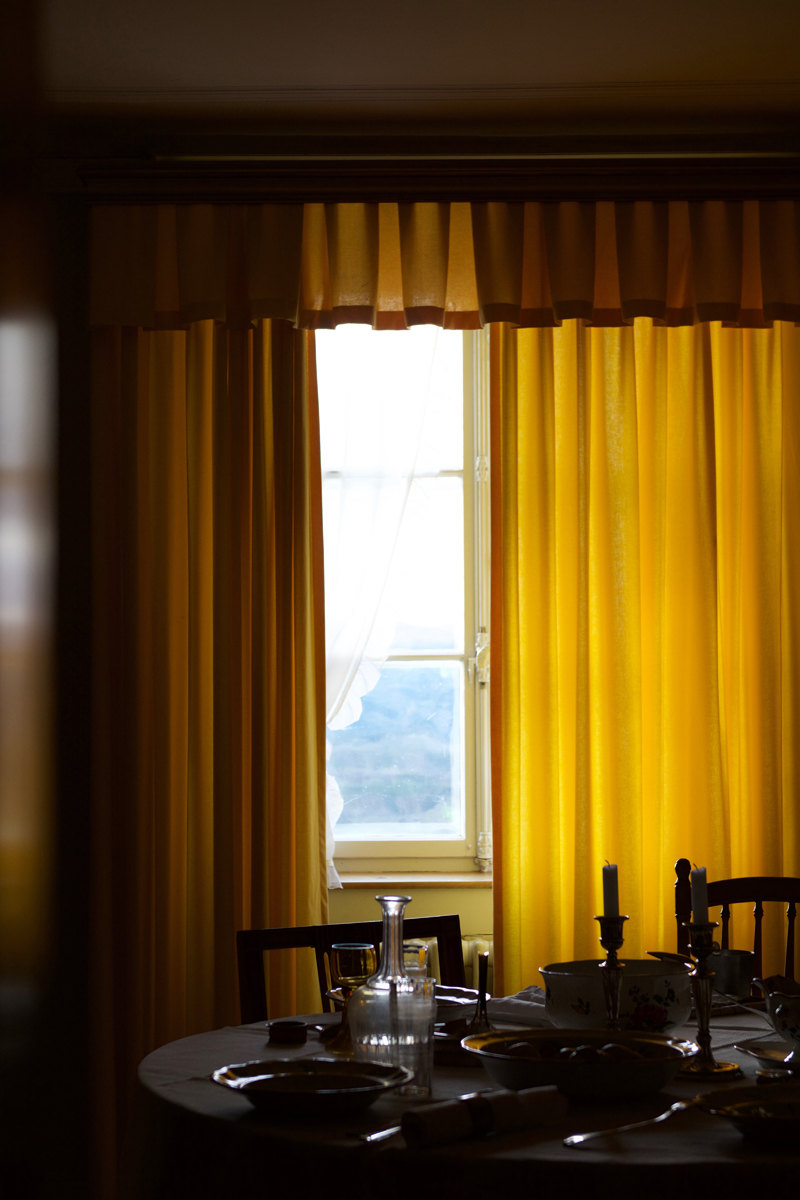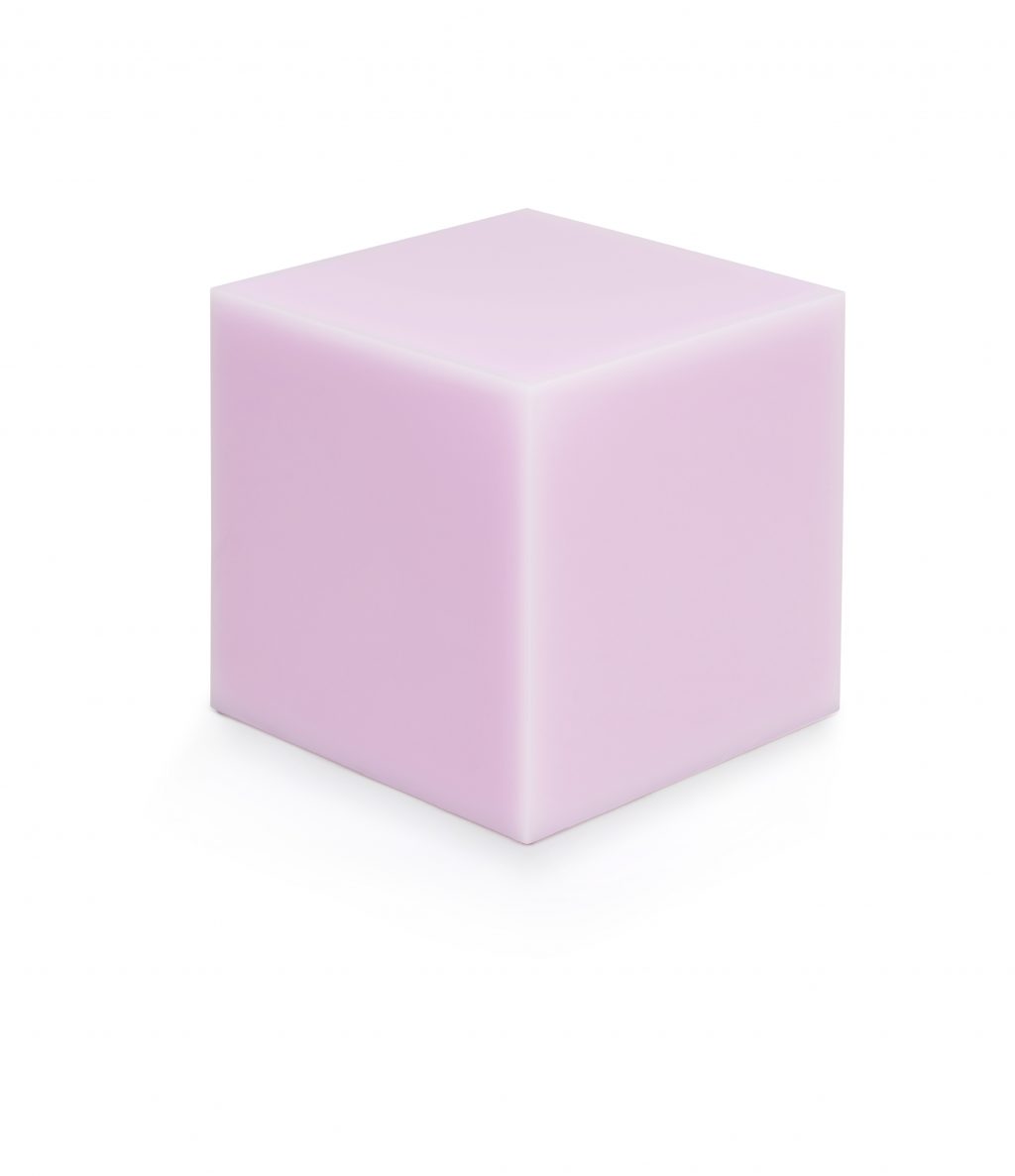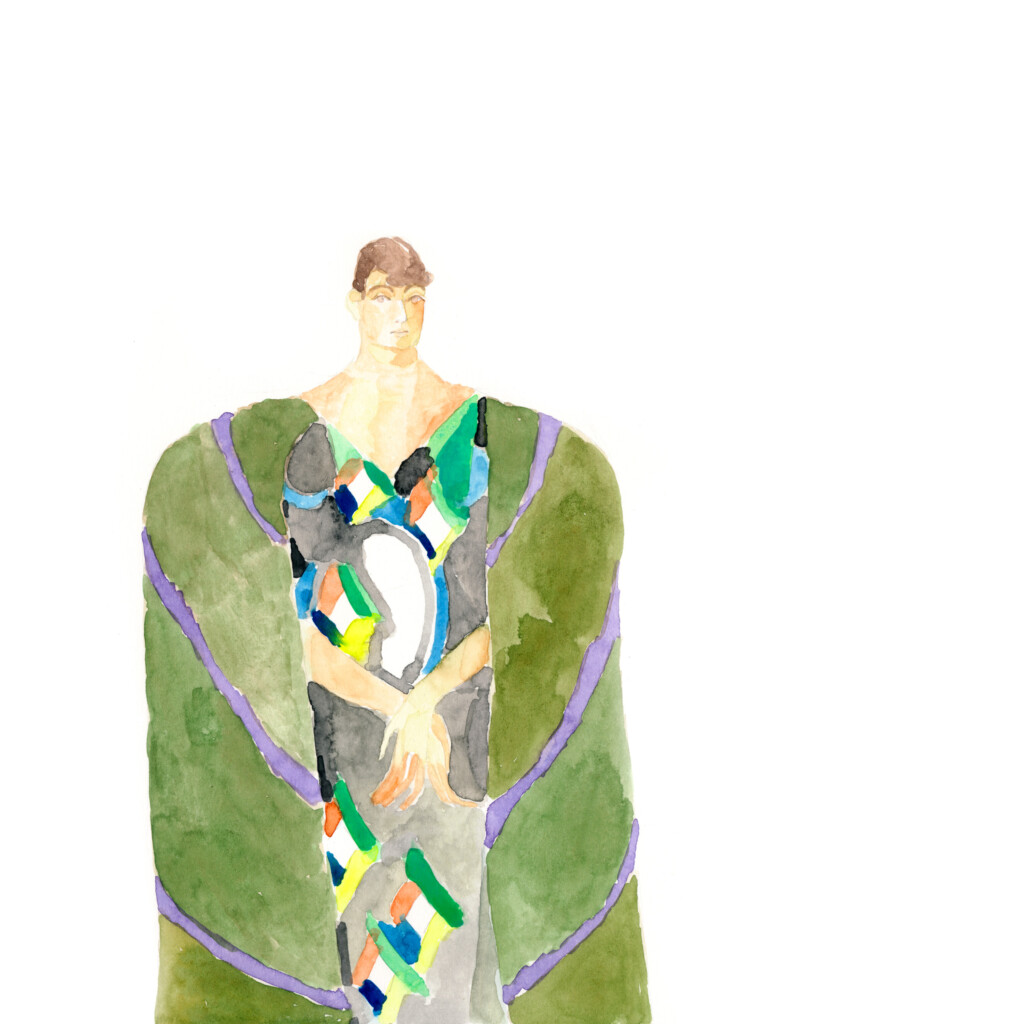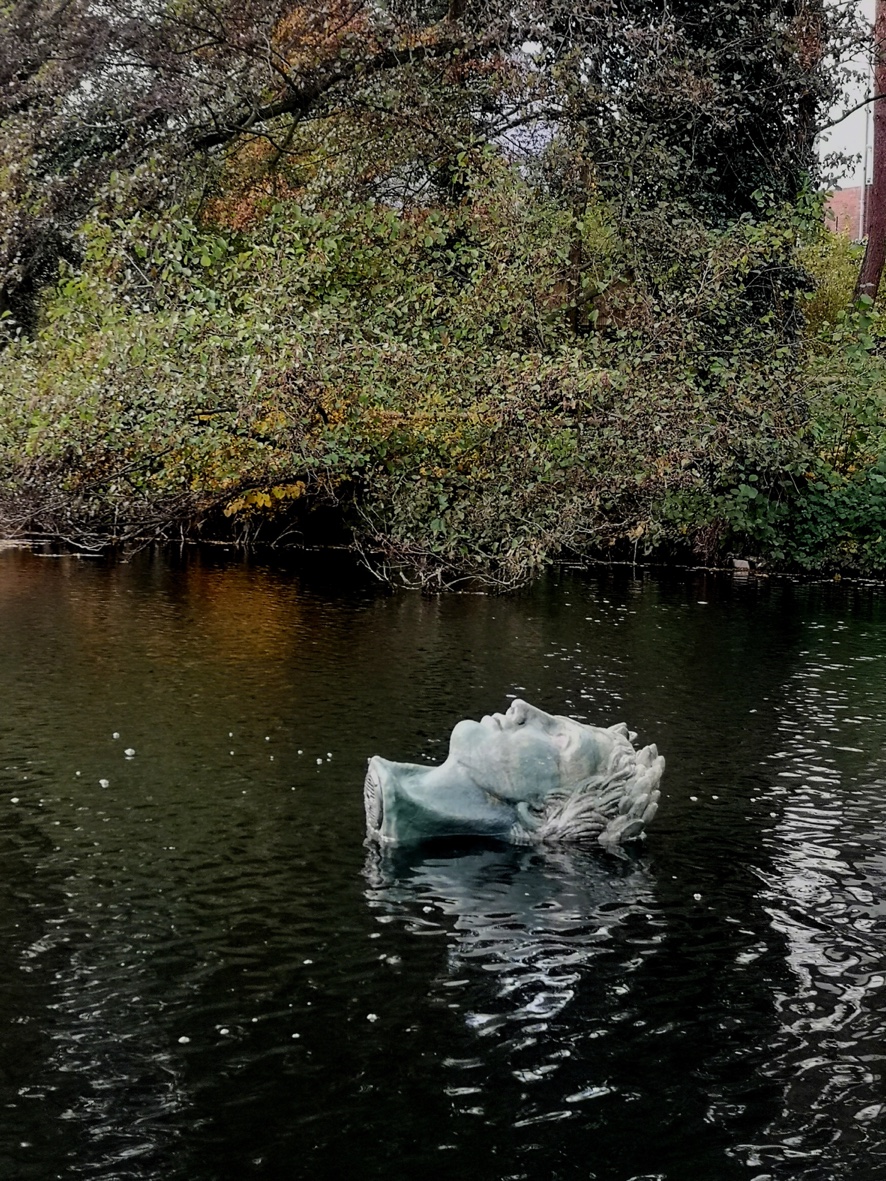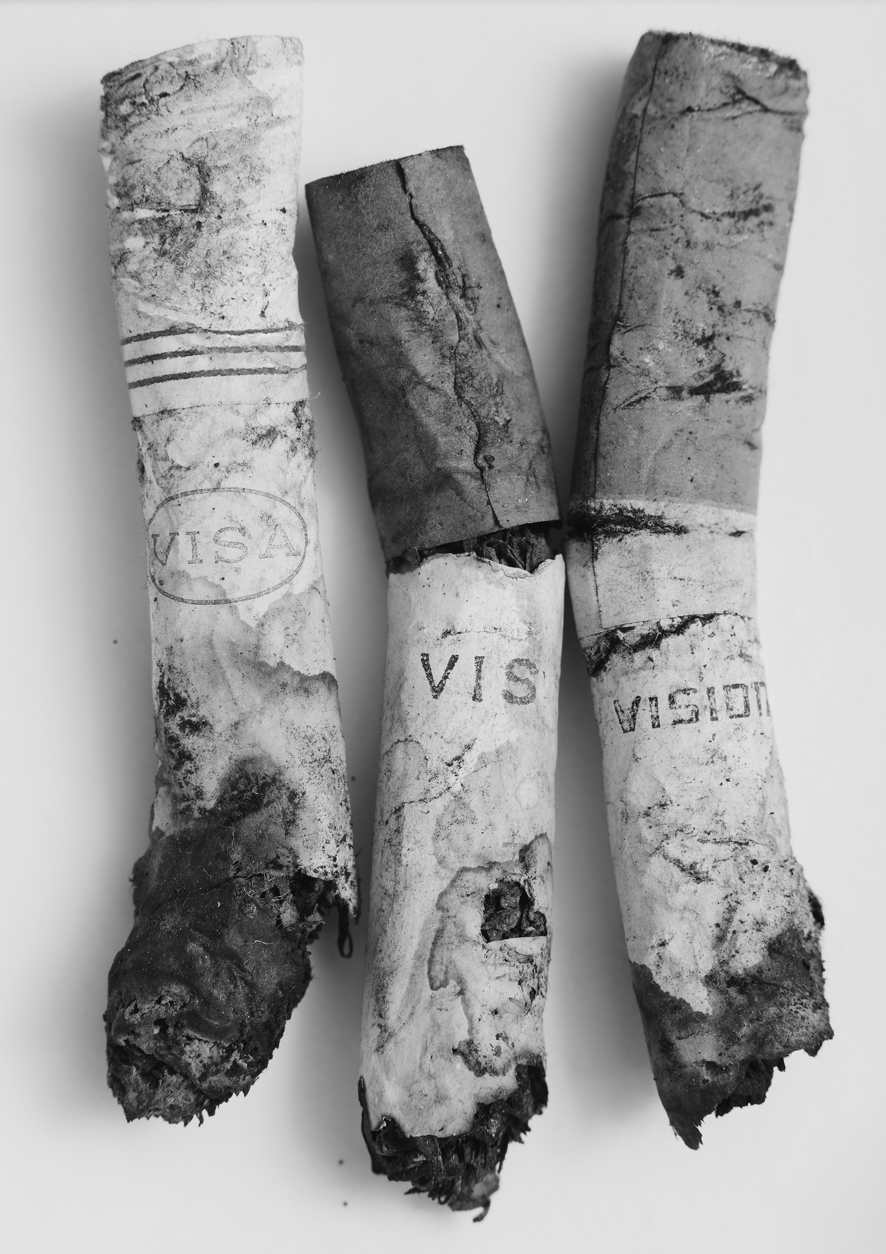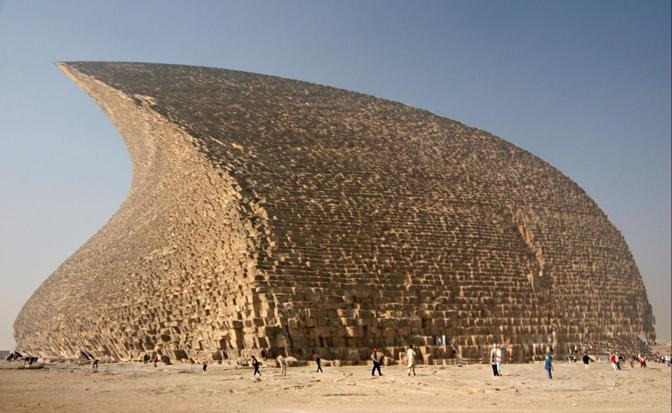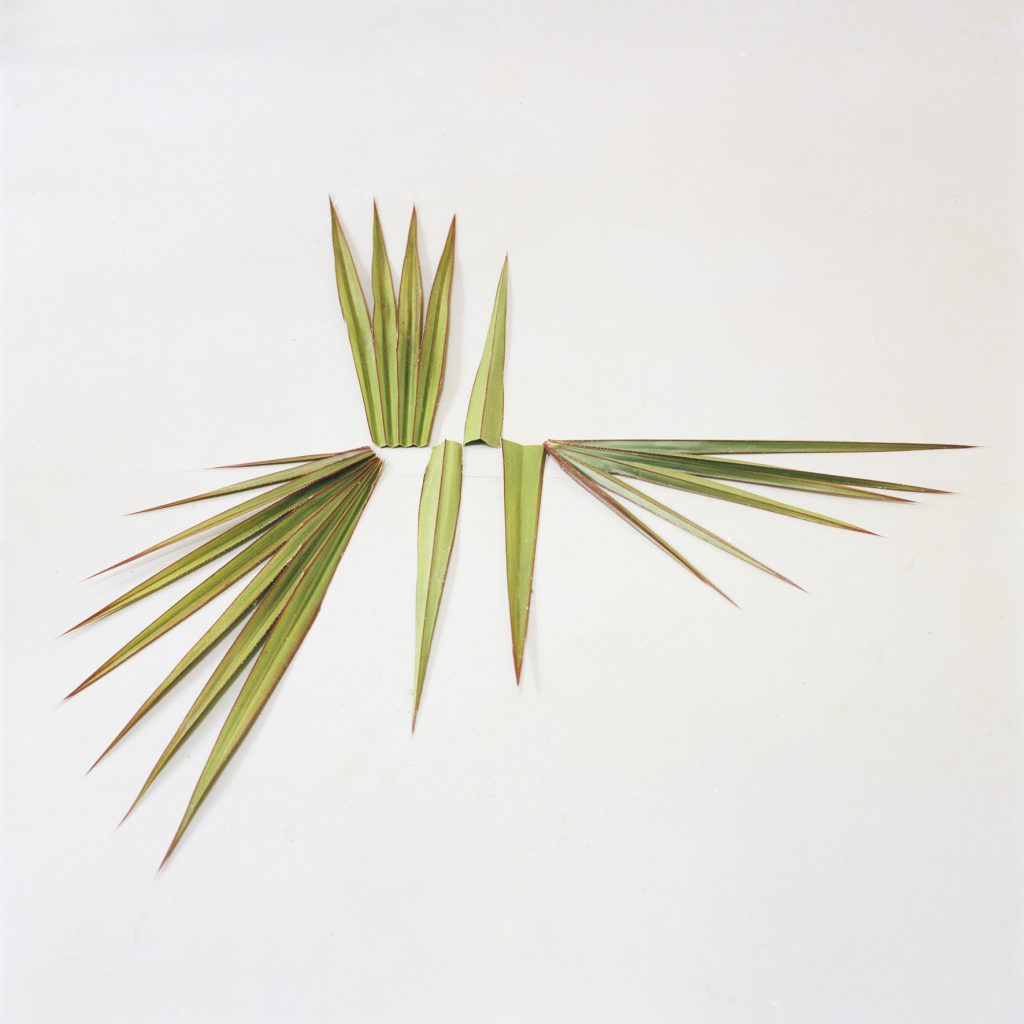Since July 2021, the first Sunday of every month has been Museum Sunday in Berlin, with free admission to almost all of the city’s museums. Now over 70 participating museums look back on the last 2 years, counting over 1 million visits to various exhibitions and events centred around art, design, culture, history, technology, nature and religion. From the storied institutions of the Museum Island to district museums and private foundations, the wide array of participating museums as well as the engaging programmes and charming campaign have contributed to firmly establishing the initiative in Berlin’s cultural landscape.
LOTS OF PLANS FOR HAMBURG
170 competitions with 1,427 designs on 1,105 hanging banners: the exhibition “The Entire City. Hamburg Competitions 2017–2023” presents the full breadth of ideas for the future of Hamburg. Around 6,000 plans form a hanging archive that fills the industrial hall of Schuppen 29 in the HafenCity quarter next to the Elbe River and create a walk-in installation that makes the density of ideas visually and physically tangible.
AM SEEGARTEN
Opening in July, Am Seegarten is a temporary exhibition project on the fabled grounds of the former industrial town of Kirchmöser. The exhibition brings together silent green Kulturquartier and nine galleries — Alexander Levy, Barbara Weiss, ChertLüdde, Ebensperger, Esther Schipper, Klosterfelde Edition, Meyer Riegger, Plan B and Sprüth Magers — with selected artworks from their respective programmes. Site- and time-specific, the project is inspired by the compound’s rich history and complex beauty. In fact, the beautiful shoreline of Plauder See is only a couple of steps and one refreshing drink away. Pro tip: pack your bathing suit for a post-art swim!
WELCOME TO MAIAMI
Housed in a quaint art-deco building in the less frequented part of Chania’s port, Maiami is a cozy hybrid space that functions as brasserie with seafront terrace and artist studio run by Alexandra Manousakis. Behind the characteristic pink doors and windows: White-washed stone walls, original terrazzo floors, an impressive emerald green fireplace and blue retro chairs fill the main dining area. Dotted all around, Alexandra’s vibrant artworks and colourful, hand-painted ceramics.
AN ELYSIUM OF SORTS
Martin Eder’s hallmarks might be gloomy landscapes, naked buts and furry kittens, or else, motifs that challenge what we take as given. In his latest show at Eigen+Art, one enters, unforeseen, a sort of isle of the blessed − a paradise that shines out of his paintings in fifty pastel shades. There, all faces glow. And healing, happiness and idyll beckon. Yet unlike the beauty idealization unleashed by social media, Eder does not erase any pores, birthmarks, wrinkles, dents, or bruises. He instead provides his figures with a dampness of sweat, which, in the words of art critic Anne Waak, “can only come from the dew of paradisiacal meadows”.
STANDING THE TEST OF TIME
This year KM Kunstverein München is celebrating its 200th Anniversary. Revisiting and making accessible its forward-thinking, iconic, and at times, very controversial history has been Maurin Dietrich’s primary focus from her very start as a director. Central to the jubilee is the exhibition “THE ARCHIVE AS…”, for which two centuries of archival documents have been painstakingly reviewed, questioned and (re)contextualized. Did you know that George Condo, Jeff Koons or Adrian Piper had their first solo shows in Germany at KM? Or that the same exhibition halls that once hosted the infamous “Entartete Kunst” exhibition by the Nazi regime, turned during the 70s into a place to meet and organize political protests i.e. in favor of women’s emancipation and abortion rights?
SUDDENLY WONDERFUL
During the Cold War, remarkable large buildings were erected in West Berlin as new locations for science, research, commerce and culture. Even though most of these landmarks have been neglected for more than 50 years, there have always been practitioners and avid devotees who’ve thought of them as wonderful and worked towards their preservation through adaptive reuse. Showcasing more than 150 exhibits and proposals from architects, urban planners, photographers and artists, the Berlinische Galerie dedicates its new exhibition “Suddenly Wonderful: Visions for chunky 1970’s architecture in West Berlin” to these iconic Cold-War-era landmarks and the current efforts to revitalise them. Among them, BUREAU N and Something Fantastic’s joint proposal envisions the transformation of the architectural icon International Congress Centrum Berlin (ICC) into the ICCC – International Centre of Contemporary Culture.
THE MUSEUM IS (NO LONGER) CLOSED!
A twelve-meter-long cloth simulating ocean waves pours out from the exhibition halls of the Berlinische Galerie. At first glance, the fabric undulations represent the Bismarck Sea in the Pacific Ocean. Yet, between the lines, there’s much more: references to German colonialism, climate change confrontation, and slowly rising sea levels. When Platitudes Become Form is Julius von Bismarck’s first time dealing with his family heritage, at the intersection between how nature is seen and how history is written. Coinciding with the museum’s reopening is also Nasan Tur’s survey on hunting and hunted creatures, Böhler & Orendt’s touch of irony and black humour, and Suddenly Wonderful—visions for chunky 1970s architecture in West Berlin.
THE POETICS OF MOURNING
Imagine the Fondation Beyeler filled with hundreds of rose petals sewn together to form a delicate shroud (A Flor de Piel, 2011), worn shoes sealed with cowhide behind its exhibition halls (Atrabiliarios, 1996). Picture its rooms inhabited by white cotton shirts pierced by steel rods (Untitled, 1989) and table halves held together by silk and human hair only (Unland, 1995). Doris Salcedo’s largest exhibition in continental Europe thus far addresses the effects and collective experience of violent conflicts worldwide.
THE GERMAN PAVILION IS OPEN FOR MAINTENANCE
For the 2023 Venice Architecture Biennale, the German Pavilion takes a hands-on approach: The curatorial team, comprised of ARCH+, Summacumfemmer and Büro Juliane Greb, explores questions of repair and maintenance by refurbishing the pavilion building using solely material left behind from 40 national pavilions and exhibitions from last year’s Art Biennale. In collaboration with a network of Venetian and German activists, Open for Maintenance – Wegen Umbau geöffnet transforms the monumental German Pavilion into an accessible site of re-production. The work sheds light on architecture’s myriad possibilities for action when it comes to converting and designing inclusive, socio-ecological cities.
SOPHIE REINHOLD TRÄUMT WEITER
Sophie Reinhold’s first solo exhibition at Galerie Nordenhake explores questions around dreams and illusions, simulation and real life. Titled “Dream on,” the show presents site-specific installations and the artist’s most recent series of quasi-sculptural paintings made with bitumen, round marble and graphite powder. However, unlike the show’s title suggests, Reinhold is not concerned with escapism. On the contrary: everything she creates revolves around opening room for discourse, investigating the plurality of opinions and examining the appearance of an image and what truly stands behind it.
HEY BERLIN, IT’S GALLERY WEEKEND!
This year’s Gallery Weekend Berlin’s extensive program, spread over more than 50 locations, will showcase around 80 international artists. The communal opening weekend has time and again proven its power to connect artists, galleries, collectors and visitors despite all odds. The institution’s collaborative spirit and unwavering stance toward supporting artists enhance the city’s status as an art capital and energetic melting pot. To make your gallery-hopping smoother, be sure to consult the digital map on the Gallery Weekend Berlin website, offering seamless navigation between venues. And while you’re at it, explore a wide range of studio visits, gallery portraits or exhibition tours.
MOVING IN: PLAN B
THE HISTORY AND FUTURE OF MODERN GARDENS
CLIMATE CITY BERLIN 2030
“Bündnis Klimastadt Berlin 2030” (Alliance Climate City Berlin 2030), a wide-ranging alliance of Berlin initiatives, environmental and tenants’ associations, planners and builders—including BUREAU N—brings together diverse expertise and sees itself as an offer to city politicians to actively and collectively drive change forward. The aim is to develop Berlin into an ecological and social model city. What forms the project’s basis are seven closely intertwined cornerstones: climate resilience, mobility transition, construction transition, cooperation and participation, common good and affordable housing as well as cultural freedom in the polycentric metropolitan region of Berlin-Brandenburg.

